|
Yellow Warbler, Magee Marsh, Monday May 16, 2022, 11 am. This is Part 3 of a multi-part series on my recent trip to NW Ohio to see the migratory and resident birds of spring. My first post was on warblers, the second on woodpeckers, and this post covers more warblers at Magee Marsh, Pipe Creek Wilderness on Sandusky Bay as well as Wendy Point in Cleveland. For those of you who want to catch up, here are the links to my first two posts. Northwest Ohio, Spring Migration 2022, Part 1, Part 2. Prothonotary WarblerCanon R6, RF 100-500mm at 343mm, 1/1600 sec, f/7.1, ISO 10,000. Let's start back at Magee Marsh on the shore of Lake Erie, just east of Toledo, where we spotted this Prothonotary Warbler, named after the papal clerks of the Roman Catholic Church who wear bright yellow robes. Prothonotary Warblers are bright yellow overall, with a big head and bill, an olive back with grayish wings and white under the tail as seen well in these images. The females are paler overall with a green wash on the crown and nape. Prothonatory Warblers winter along the shores of the Gulf of Mexico and the Caribbean, breeding in the U.S. east of the Rockies up into Illinois, Michigan, Ohio and Pennsylvania. They live in swampy woodlands, and nest in cavities of dead trees. They nest in the holes created by woodpeckers and chickadees, in natural holes in dead trees, and in nest boxes. The nests are often near or over standing water. They are one of the two warbler species that are cavity nesters, sharing this trait with the Lucy's Warblers that are common in SE Arizona. This "swamp warbler" is in decline due to loss of nesting habitat in the U.S., and mangroves in its wintering territory. Prothonotary Warblers eat spiders, butterflies, beetles, flies, caterpillars, mayflies, midges, grasshoppers, ants and leafhoppers. They forage in the understory, hopping along branches in search of food. This bird seen here is likely a male in the mating/nesting cycle in the marsh, or might be on his way north to nest along the north shore of Lake Erie. Magee Marsh is toward the northern end of their range. Canon R6, RF 100-500mm at 343mm, 1/1600 sec, f/7.1, ISO 3200 The bird seen above and below appears to be looking for insects on the branches' bark. Canon R6, RF 100-500mm at 270mm, 1/1250 sec, f/7.1, ISO 1250 Many warblers such as the Prothonotary and Kirtland's (seen in Post 1) are habitat specialists, limited to certain environments for nesting, and thus very sensitive to loss of habitat. Canada WarblerCanon R6, RF 100-500mm at 500mm, 1/2000 sec, f/7.1, ISO 8000 Also in Magee Marsh, we chased a Canada Warbler who was hopping from branch to branch along the boardwalk, and only occasionally coming out between the leaves for a photo op. These three images are the best of the lot. The one above has a great pose, but my Canon R6 was focused on the branch and the birds tail, leaving the face and breast a bit out of focus. Canada Warblers winter in Central America and NW South America, migrating up through eastern coastal Mexico and into the U.S. east of the Rockies up into Canada to breed. This bird is in migration, and a visit to Magee Marsh in May provides a great chance for us to see him aside from trekking in Canada during the summer or Panama in the winter. The males have a long tail, a bold eyeing, and a black necklace on a bright yellow breast and throat. The females are described as gray above with a faint necklace. Canada Warblers eat many types of insects and spiders, hopping among branches in the understory for food in a flurry of activity. They can also catch insects on the wing, called "fly catching" or "hawking." This bird is headed for mixed conifer and deciduous forests in Canada with shrubby and mossy understories, often near water. Magee Marsh offers perfect fare for their flight north. For the photo geeks: This bird moved very quickly and kept behind the leaves. I captured upward of 37 images, most of them leaves with a blurry yellow blob somewhere in the frame. I ended up with these 3 that were usable. Cape May WarblerCanon R6, RF 100-500mm at 500mm, 1/640 sec, f/7.1, ISO 200 Also at Magee Marsh we spotted the Cape May Warbler. Cape May Warblers winter in the Caribbean and eastern shores of Central America, and nest in spruce-fir forests of Canada where they go after their chief fare, the spruce budworm caterpillar. They nest in spruce trees, close to the trunk and near the top, high up at 40-50 feet above ground level. They can have clutches of 4 to 9 eggs, allowing them to expand their population in response to rising spruce budworm infestations. In the first three frames we see a female Cape May Warbler, similar in appearance to the Palm Warbler, but without the red cap, and with a yellow ear patch and white under-tail coverts. This female is likely foraging for insects in the understory. Note the narrow decurved bill used to glean bugs or nectar from flowers. Foraging is aided by a unique tongue for a warbler, curved and semi-tubular, good for gathering nectar. The Cape May Warbler was named by Alexander Wilson, who originally described the bird in Cape May, New Jersey. After that first sighting, the bird was not recorded in Cape May for another 100 years! Below are two images of a male Cape May Warbler, yellow with a tiger striped breast, chestnut cheek patch and green back. These were shot at some distance against a bright sky, with marginal image quality. Canon R6, RF 100-500mm, RF 1.4X extender at 700mm, 1/3200 sec, f/10, ISO 4000 A new venue: Pipe Creek Wildlife Area on Sandusky BayPipecreek Wildlife Area is a restored marsh and wetlands on Sandusky Bay, and a great stop for birding close to the city. The map below shows the maintained area with the orange rectangles showing where some of the photographs were taken. Blackpoll WarblerCanon R6, RF 100-500mm, RF 1.4X extender at 700mm, 1/2000 sec, f/10, ISO 2500 At Pipe Creek we spotted this Blackpoll Warbler, hopping from branch to branch looking for food. Blackpoll's winter in the northern regions of South America, migrate north in the spring through the Caribbean and the U.S. and nest in northern Canada. In the fall, they may take the ocean route south traveling nearly 1,800 miles nonstop over the Atlantic to reach South America. In these frames we see a male in breeding plumage. Canon R6, RF 100-500mm, RF 1.4X extender at 700mm, 1/2000 sec, f/10, ISO 2500 For the photo geeks: The settings were the same for all of these shots. One might question the logic of a shutter speed of 1/2000 for a perched bird, but warblers always move quickly and without notice! I caught the shot above because the shutter was fast and I was shooting at a fast frame rate. Blackpoll Warblers eat mainly spiders and insects such as caterpillars, gnats, lice, ants, beetles, mosquitoes, and flies. Here we see a male looking for food on the tree branches. During fall migration they also eat fruit including honeysuckle, pokeberry, and yew. Canon R6, RF 100-500mm, RF 1.4X extender at 700mm, 1/2000 sec, f/10, ISO 2500 Tenneessee WarblerCanon R6, RF 100-500mm, RF 1.4X extender at 420mm, 1/2000 sec, f/10, ISO 5000 Also at Pipe Creek we spotted this Tennessee Warbler, a male in breeding plumage; pale green above with a gray cap and pale eyebrows. The underside is off white with a yellow wash. Note the lack of strong wingbars. (Ref: All About Birds). The bills are thin and pointy. Tennessee Warblers winter in the Caribbean, Central and South America, breed in Canada and migrate through the U.S. They eat mostly small caterpillars including the spruce budworm, the specialty of the Cape May Warbler. Alexander Wilson, namer of the Cape May Warbler, also named the Tennessee Warbler based on his sighting during migration in Tennessee. Except for migration, this warbler never gets close to Tennessee! Yellow WarblerCanon R6, RF 100-500mm, RF 1.4X extender at 420mm, 1/2000 sec, f/8, ISO 2000 Back at Magee Marsh we spotted a Yellow Warbler. When something this yellow is named "yellow" you cannot go wrong! Note that some of these images are from Winous Point on Sandusky Bay and one from Wendy Point in Cleveland. Yellow Warblers winter in Central and South America, and breed throughout most of the U.S. and Canada. This is a warbler you can see nesting in Arizona or Ohio. The warblers we see here could be headed further north for breeding, or building their nests right on the marsh. The males and females look alike, except that the chest striping on the male is bolder. The image below was caught at Wendy Point on May 14th. For the photo geeks: The image below is a cropped version of the original, which I almost tossed out. As I cropped it down, I suddenly saw the frame of leaves around the bird, making this one of my favorite shots of the lot! Canon R6, RF 100-500mm, RF 1.4X extender at 700mm, 1/2000 sec, f/10, ISO 4000 Canon R6, RF 100-500mm, RF 1.4X extender at 700mm, 1/4000 sec, f/10, ISO 1600 The photographs above and below were shot at Winous Point on Sandusky Bay. The bird is sitting on a branch of the Common Reed, Phragmites australis, a problematic invasive species that thrives in wetlands. Active work is being done to reduce Phragmites on Lake Erie and replace it with native plants that will create a better habitat for native and migrating birds. For more on the Great Lakes Phragmites Collaborative, see this link. In future posts expect more on Winous Point and the role of hunting clubs in preserving the marshes of Lake Erie. Here are two Yellow Warblers who seem to be staying put for the summer . . . . . Canon R6, RF 100-500mm at 500mm, 1/4000 sec, f/7.1, ISO 8000 This last series on mating behavior was shot at Magee Marsh.
The behavior pictured here is close to mating, but not quite! The male hops on the female's back, and exhibits preening behavior with his mate. However, she does not seem ready. Perhaps the nest is not quite ready or she is not ready with eggs to be fertilized. For the photo geeks: This whole series of shots occurred over 14 seconds. The birds were moving very fast, with branches and leaves in the way of my line of sight. Fortunately the camera was able to keep focus on the birds, and I jockeyed around a bit to try to avoid obstructions. I was standing on the boardwalk at Magee Marsh. 10:44 am May 16, 2022. He certainly seems interested but she seems a bit aloof. In the next frame the male jumps off and is perched to the right. Singing on the male's part does not seem to make a difference! Not today, but soon. Yellow-rumped Warbler, Myrtle'sLet's go back to Pipe Creek for this last set of images of a Yellow-Rumped Warbler, Myrtle's. The Yellow-Rumped Warbler has a wide distribution throughout North America, with the Audubon's variant more common in the west, and the Myrtle's in the east. This is a Myrtle's with a white throat, and the typical yellow rump and yellow armpits. In my experience looking through the camera lens, these birds are much duller in the fall. This bird is striking, with rich colors on the body and great detail. I could not resist closing with these shots. Reviewing references in Birds of the World*, this bird has likely been through a molt of the body feathers to Definitive Alternate Plumage from February to April creating a great fresh look for the breeding season and for my camera. *Requires a subscription That's all for now! Stay tuned, more coming soon.
Happy Trails!
1 Comment
Red-headed Woodpecker, Cuyahoga Valley National Park, May 15, 2022. Part 1 was an introduction to birding NW Ohio, AKA The Great Black Swamp, with a sampling of warblers in migration to Canada from parts south. We will come back to more warblers in Part 3, but let's take a break from the songbirds (order Passiformes) for a moment and visit the woodpeckers, in the order Piciformes (450 species in 71 genera), family Picidae which make up about half of the species in this order worldwide. All About Birds lists 23 species of woodpecker in the U.S., which includes woodpeckers, sapsuckers, and flickers. On these pages in the past I have shown 8 species of woodpecker (Lewis's, Gila, Hairy, Acorn, Arizona, Ladder-backed, Northern Flicker [Red-shafted and Yellow-shafted], and the Red-naped Sapsucker). In this post I will revisit the Hairy Woodpecker and add 4 more species to my list (Piliated, Red-headed, Red-bellied, and Downy), all year round residents of NW Ohio, and therefore not really spring migrants, but neat birds! Before we get to the woodpeckers, here is a map for orientation. Most of the woodpeckers we saw were at Pearson Park, a Toledo Metropark that boasts of being the "last of the great black swamp!" The park is maintained to show what this basin in NW Ohio looked like before it was drained for agriculture in the 19th century. Fortunately they left us walkways and drivable roads. No hip boots required! It is great park, with great facilities, stocked bird feeders, and walking trails. We will see more of the park later in the post. On the map below Pearson Park is toward the lower left corner, with the orange square showing where photographs were shot. The Maumee Bay Lodge and Conference Center (where we stayed) is toward the right upper corner on Lake Erie. It is a great spot in its own right with its own marshes and boardwalks, comfortable accommodations and good food. Note that Magee Marsh is east of the conference center, just off of the map. Pileated WoodpeckerCanon R6, RF 100-500mm at 500mm, 1/400sec, f/7.1, ISO4000 The Pileated Woodpecker, in the words of the Cornell site, is "one of the biggest, most striking forest birds on the continent." They are large black birds with bold white stripes down the neck and a flaming-red crest. They feed on carpenter ants in dead and fallen trees, leaving rectangular holes in the wood. They live year round in the forests of Canada, the Pacific Northwest and New England, and east of the Rockies all the way down to Florida and the coast of the Gulf of Mexico. Their range seems to coincide with the species of carpenter ant they eat. We spotted these two Pileated Woodpeckers working their way up a dead tree, likely being led by a male, slightly larger than his mate and with a red stripe on the jaw line. Pileated Woodpeckers are monogamous and this pair has likely been together for a while. They are big birds, with wild crests and huge feet. Their feet allow them to get a tight grasp on trees and pound into dead wood following carpenter ant trails. They nest in large holes created primarily by the male. After 3 to 6 weeks of drilling he crawls into the hole itself to enlarge it from the inside and create the final nest. The female may help him toward the end. Cavities can be 10-24 inches deep to accommodate a large adult and their clutch. They do not reuse the nests in subsequent years, rather the large cavity is a valuable comodity for other cavity nesters including owls, swifts, ducks, bats and pine martens. (Reference: All About Birds) The male climbed all the way to the top and looked west toward the setting sun. In the image below we can see the lower red facial stripe indicative of the male. Truly remarkable birds, and not ones we see in SE Arizona. On Thursday the 19th we visited Oak Openings Metropark west of Toledo where we spotted this rectangular hole created by a Pileated looking for ants. These birds are powerful drillers! Red-bellied WoodpeckerCanon R6, RF 100-500mm with RF 1.4 extender at 420mm, 1/500sec, f/10, ISO 20,000 Red-bellied Woodpeckers are medium-sized woodpeckers found year round in the U.S. east of the Rocky Mountains from Michigan to Connecticut and south to Florida and the gulf coast. They do have a rosy red chest/belly if examined carefully, but the most prominent feature is a bright red nape and cap in the male, and a red nape in the female. They live in forests and woodlands feeding on insects, spiders and other arthopods from the surfaces of tree branches and trunks. They also eat nuts and seeds and will frequent backyard feeders, such as the one shown here at the Window on Wildlife, attached to the Packer-Hammersmith Center at Pearson Park. Eating off of a tray does not faze this native tree hugger. Unlike the Pileated, the Red-bellied enjoys a wider diet, with a wider spectrum of foraging behavior. Portions of Pearson Park are just as the Great Black Swamp was in the 19th century, boggy marsh with a high tree canopy, but with 21st century creature comforts, such as restrooms, bird feeders, and dry paths. Hairy WoodpeckerCanon R6, RF 100-500mm at 323mm, 1/640sec, f/5.6, ISO4 12,800 This Hairy Woodpecker was also spotted at the Window on Wildlife at the Park. The Hairy is Robin sized and larger than the Downy we will see next. Hairy Woodpeckers live year round in most of the U.S. and southern Canada, and portions of the mountains of Mexico. Most of their diet is insects, including wood-boring beetles and bark beetles. They will move into an area in larger numbers during infestations of bark beetle or after fires when wood-boring beetles are numerous. At feeders they like sunflower seeds and suet. Females look like the males but without the red crown patch. The photographs that follow were all captured on Mt Lemmon in SE Arizona where we see them. The Hairy Woodpeckers of the west are described as having darker wings and narrower facial stripes than the eastern varieties. In the image above we see two Hairy's face to face, and below we see how well they hang onto trees. Their large feet along with their stiff tail create a solid tripod to facilitate drumming on trees. Downy WoodpeckerCanon R6, RF 100-500mm at 500mm, 1/2500sec, f/7.1, ISO 1000 The Downy Woodpeckers in this post were shot in three locations during the week, Magee Marsh, Pearson's Park, and Kelley's Island. Photographs will be shown in this order. The Downy Woodpecker looks almost identical to the Hairy Woodpecker, except that the Downy is smaller, with a bill that is shorter then the length of its head. The shots above and below are of a male at Magee Marsh on May 16th. These birds do look like the Hairy, but with a definite "cute factor." In the second image below we see a female sitting in a nest hole just off of the boardwalk at Magee Marsh. Note that all woodpeckers are cavity nesters. The images below were captured late in the afternoon of the 16th at Pearson Park, a few hours before we discovered the Pileated Woodpecker, lead bird in this post. A female without the red marking on her head and , yes, definitely cute. Canon R6, RF 100-500mm at 500mm, 1/100 sec, f/7.1, ISO 2000 The map below shows the location of Magee Marsh, Ottawa National Wildlife Refuge, on the left side where the above two images were captured, and Kelley's Island, a day trip for us on May 18th, where I caught the rest of these images. Expect more on Kelley's Island in future posts. It is a great place to bird, and a center for bird banding, an activity so important for understanding bird migration and estimating populations and changes with time. Below we see a male Downy side and back views, searching the tree bark for insects, including beetle larvae, ants and caterpillars. They will also eat plant material including seeds, which brings them to backyard feeders. These images were captured at Kelley's Island. Canon R6, RF 100-500mm at 500mm, 1/2000 sec, f/7.1, ISO 12,800 Red-headed WoodpeckerCanon R6, RF 100-500mm with RF 1.4x extender at 700 mm, 1/2000 sec, f/10, ISO 1250 Our last woodpecker for this post was spotted on May 15th in Cuyahoga National Park, just south of Cleveland. Our group stopped there at the beginning of the week on our way to the eastern basin and Magee Marsh. Below is a map showing the location of Cuyahoga National Park just south of Cleveland. More on this great park in future posts. Red-headed Woodpeckers sport a bright crimson head and neck, with snow-white body and half white, half black wings. They live in the continental U.S. east of the Rockies and feed on nuts, seeds and fruit, and like Lewis's Woodpecker, they are adept at catching insects in the air. They also hide acorns and nuts in tree crevices for later use. They will visit feeders in the winter. We spotted this Red-headed Woodpecker working his way up a dead tree, either looking for bugs, or perhaps tending to nuts stored in the cracks and crevices. I have seen similar behavior in Acorn Woodpeckers in the Catalina Mountains north of Tucson. They gather acorns during the summer and fall and store them in granary trees, dead trunks dedicated to storage of their harvest. The Acorn Woodpeckers will often tend to the acorns and reseat them in their holes to keep them secure and safe from theft by other birds or mammals. That's all for now! Stay tuned, more coming soon on migrating warblers at Magee Marsh!
Happy Trails! Kirtland's Warbler, Wendy Park, Cleveland Ohio, May 14, 2022 On May 14, 2022 my wife and I joined Naturalist Journeys for an outstanding week of birding the marshes and woodlands of the western basin of Lake Erie, including the famous Magee Marsh boardwalk. This post is the first of an upcoming series about this wonderful birding hotspot and some of the ~150 species we saw during the week we were there, including many warblers in breeding plumage. The map above is from Adobe's Photoshop Lightroom Classic CC, and shows Lake Erie with Toledo at the western end, and Buffalo at the eastern end, Cleveland sort-of in the middle, with the orange squares showing where images were captured. Of the ~150 species we identified, I was able to photograph 77 species, and a sample of the best images will be reflected in this and upcoming blog posts. Before we get to the birds, I want to thank our fantastic guides, Dan Donaldson and Andy Jones, who not only know all their birds, and more about them than anyone could hope for, but also know northern Ohio in breadth, depth, and detail, having lived and worked the region in the fields of ornithology and conservation for many years. Below is a photo taken right after an early morning breakfast at one of our local culinary hotspots (open 24 hours a day), with Andy Jones on the left, and Dan Donaldson on the right. (And, no, I did not see anyone playing keno at breakfast!) So hang on, here we go! Let's start with a smattering of the many warblers we saw on this trip - some of them rare sightings. Kirtland's Warbler (pssst . . . this is one of the rare ones!)Canon EOS R6, RF 100-500mm with RF 1.4 extender at 700mm, 1/2000 sec., f/10, ISO 3200. Our group met in Cleveland on Saturday May 14, and as we gathered the word went out that there has been a RARE BIRD SIGHTING! A Kirtland's Warbler at Wendy Park on Lake Erie in Cleveland! We piled into the vans and took off for the city, and joined about 30 other birders and photographers bobbing up and down and back and forth for a view of this fella through the understory. Here are my best picks of a female Kirtland's Warbler. Kirtland's Warbler is one of the largest and rarest of warblers, breeding only in young jack pine forests in northern Michigan and Wisconsin. wintering in the Bahamas. Their numbers went into decline due to loss of breeding habitat, but in recent years efforts in Michigan to restore the young jack pine forests have led to a rebound. This bird is likely in migration from the Bahamas to northern Michigan, and has stopped for food in the understory next to the lake. Warblers migrate north at night, searching for a place to set down at sunrise. The restored marshes and wood lots of NE Ohio provide great stops for rest and feeding on insects, the preferred diet for most warblers. Think of it as a super deluxe truck stop for birds. This is why this section of Ohio is loaded with birds in mid-May, especially warblers. More on Magee Marsh and the ongoing wetlands restoration work in Ohio later. Kirtland's Warbler is blue-gray above and lemon-yellow below with a broken white eye-ring, thin white wing bar, and black spotting on the sides. The females are slight browner than the males and sport black spots on the breast. The male has a yellow breast without the spots and a dark spot right in front of the eye. This day I could only photograph the female. They constantly pump their tail up and down, not evident of course in these photos. (Reference: Merlin Bird ID, The Cornell Lab) Magnolia WarblerCanon EOS R6, RF 100-500mm with RF 1.4 extender at 700mm, 1/2000 sec., f/10, ISO 6400. The photograph above was caught on the 14th at Wendy Park. The images below were captured at Magee Marsh on Friday the 20th. I cannot say it better than the Cornell website, All About Birds, so here it is: "Many male warblers are black and yellow, but Magnolia Warblers take it up a notch, sporting a bold black necklace complete with long tassels, a black mask, and a standout white wing patch. The female lacks the male's bold accoutrements, instead wearing an elegant white eyering on her gray head, 2 thin white wingbars, and yellow underparts with moderate streaking." I believe the bird above is a female. Magnolia Warblers can look like Kirtland's, except for the black necklace in the male, and bolder wing bars. In Magnolia's the tip of the tail is black with white undertail coverts and the back is greenish. We can see some of these features in the female shown below. My thanks to the Cornell Lab's Merlin Bird ID, which now includes excellent voice recognition in the field, as we'll as astounding image recognition. I was able to use my iPhone to photograph bird images from my monitor and have the Merlin app identify the bird consistently! Canon EOS R6, RF 100-500mm at 500mm, 1/1600 sec., f/7.1, ISO 3200. I found that most of my warbler shots caught the bird looking up for insects under branches or leaves, with an occasional hop from branch to branch. Below, the beginning of a big hop! Chestnut-sided WarblerCanon EOS R6, RF 100-500mm with RF 1.4 extender at 700mm, 1/2000 sec., f/10, ISO 2500. Also at Wendy Park was a Chestnut-sided Warbler, pausing to feed on his migration north. Chestnut-sided Warblers are striking birds that winter in shade-coffee plantations and second growth forests of Central America and breed in young regrowing forests of Canada. Their northern migration goes through the eastern U.S., east of the Rocky Mountains. Chestnut-sided Warblers prefer caterpillars and fly larvae, and will hop from branch to branch in the understory looking for prey under leaves. As I noted earlier, the images above were captured at Wendy Park. The photographs below were caught on Monday the 16th at Magee Marsh. The bird below is peering up looking for breakfast under a leaf. Canon EOS R6, RF 100-500mm with RF 1.4 extender at 420mm, 1/3200 sec., f/10, ISO 6400. Below, a Chestnut-sided Warbler spots food and pounces for his prey. It is always fun to see birds in motion. Canon EOS R6, RF 100-500mm with RF 1.4 extender at 420mm, 1/3200 sec., f/10, ISO 6400. Speaking of Magee Marsh . . . . .Magee Marsh is a birding hotspot on the shores of Lake Erie, and a major destination for birders in mid-May each year. The Black Swamp Bird Observatory runs the Biggest Week in America Birding the second week of May. We were there the week after, when the crowds were less, but the birds counts were still high. The marsh represents a failed farming attempt that became a duck hunting sanctuary known for the wide range of birds present. The preserve became a favorite birding spot and in the 1980's a boardwalk was built, allowing easy walking close to the wood lots and understory with great views of the birds. For more on the history of the marsh see A Brief History of Magee Marsh by John Mollenkopf. The following warblers were spotted and photographed at Magee Marsh either on Monday the 16th, or Friday the 20th of May. American RedstartCanon EOS R6, RF 100-500mm with RF 1.4 extender at 700mm, 1/1000 sec., f/10, ISO 1600. The American Redstart is a warbler who winters in southern Mexico, Central America and northern South America, breeding in Canada and the U.S. roughly in the watershed of the Mississippi River. The male is all dressed up for Halloween, coal-black with vivid orange patches on the sides, wings, and tail. In a fashion similar to their cousins the Painted Redstart, these birds startle (hence the name "start") insect prey out of the foliage by flashing their patterned tails and wing feathers. Females and immature males are colorimetrically more subtle. The male pictured above was feeding not far from the boardwalk at Magee Marsh, doing a very clever "fan dance" in the understory making photography challenging. Hence the slightly blurry image. Canon EOS R6, RF 100-500mm with RF 1.4 extender at 700mm, 1/2000 sec., f/10, ISO 4000. In the images above and below a male is looking for bugs. Body and tail markings are evident in these photos. Canon EOS R6, RF 100-500mm at 500mm, 1/1000 sec., f/10, ISO 10000. Below, I was lucky to catch a male showcasing his "flash pattern" to startle insects out of hiding. Canon EOS R6, RF 100-500mm with RF 1.4 extender at 700mm, 1/1000 sec., f/10, ISO 31250. Females, shown in the series below, have a more subtle color pattern, but still bright enough to startle the bugs and guarantee lunch. Canon EOS R6, RF 100-500mm at 500mm, 1/1000 sec., f/7.1, ISO 12800. Canon EOS R6, RF 100-500mm with RF 1.4 extender at 700mm, 1/2000 sec., f/10, ISO 2000. The Boardwalk, Magee Marsh . . .The boardwalk at Magee Marsh, May 20, 2022, 10:15 am. Magee Marsh became progressively more popular with birders in the 1970's and 80's. In response to the increasing foot traffic on sensitive terrain, the boardwalk was built by the Ohio Divison of Wildlife in 1989. The walkway has been progressively extended and improved since then. The boardwalk allows viewing of not only warblers, but shorebirds and nesting owls. Blackburnian WarblerCanon EOS R6, RF 100-500mm at 451mm, 1/1000 sec., f/7.1, ISO 6400. Blackburnian Warblers winter in South America in open forests and breed in mature forests of coniferous and/or deciduous trees from North Carolina into Virginia, Pennsylvania, New York, New England and Canada. The birds generally stay high in the canopy, making spotting and photography difficult except during migration when they are in essence "crammed into the same car" with all the other warblers going north, feeding in the low understory, making them good subjects at Magee Marsh! Breeding males have intricate black and white plumage with a bright orange/yellow face and throat. This male was moving fast and staying hidden most of the time, but I did catch the 2 images shown here. Bay-breasted WarblerCanon EOS R6, RF 100-500mm with RF 1.4 extender at 700mm, 1/2000 sec., f/10, ISO 5000. The Bay-breasted Warbler winters in South America and the Caribbean and breeds in Canada where they specialize in eating spruce budworms. Migration is the one time they can be spotted in most of the U.S. The male is grayish with red-brown cap, throat and flanks. In the fall they transform to mostly green and white with some bay on the flanks (reference: All About Birds). Like most of the other warblers in Magee Marsh in May, they move very fast, and generally stay out of sight in the shadows. The images above and below are my best shots of the male. Below is likely a breeding female. Canon EOS R6, RF 100-500mm with RF 1.4 extender at 560mm, 1/2000 sec., f/10, ISO 12800. That's all for now! More warblers from Ohio coming soon, as well owls, shorebirds, and a Great Heron rookery.
Happy Trails! |
AuthorHenry Johnson, photographer and author of this site. For more detail, see About
Categories
All
Archives
April 2024
|
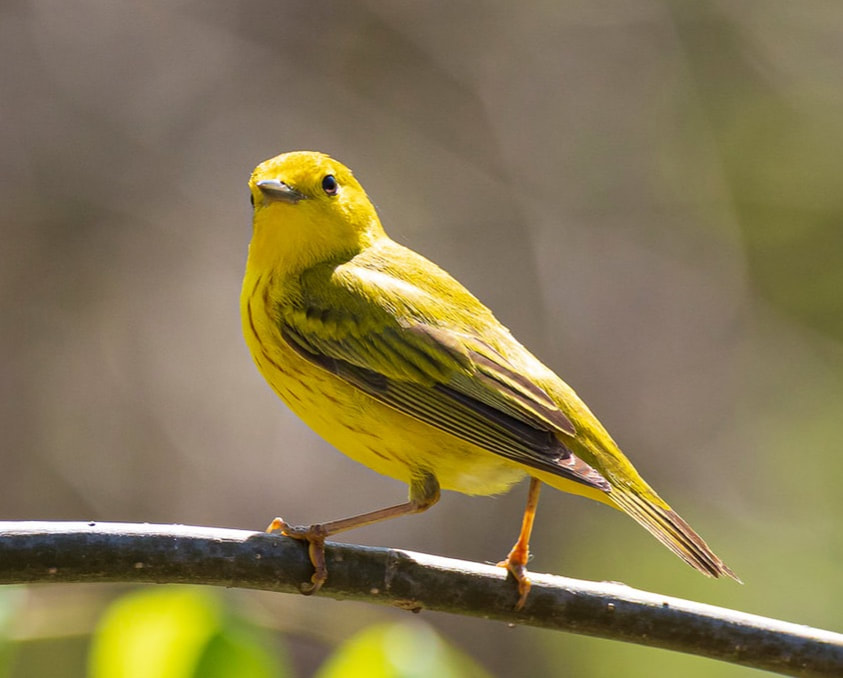
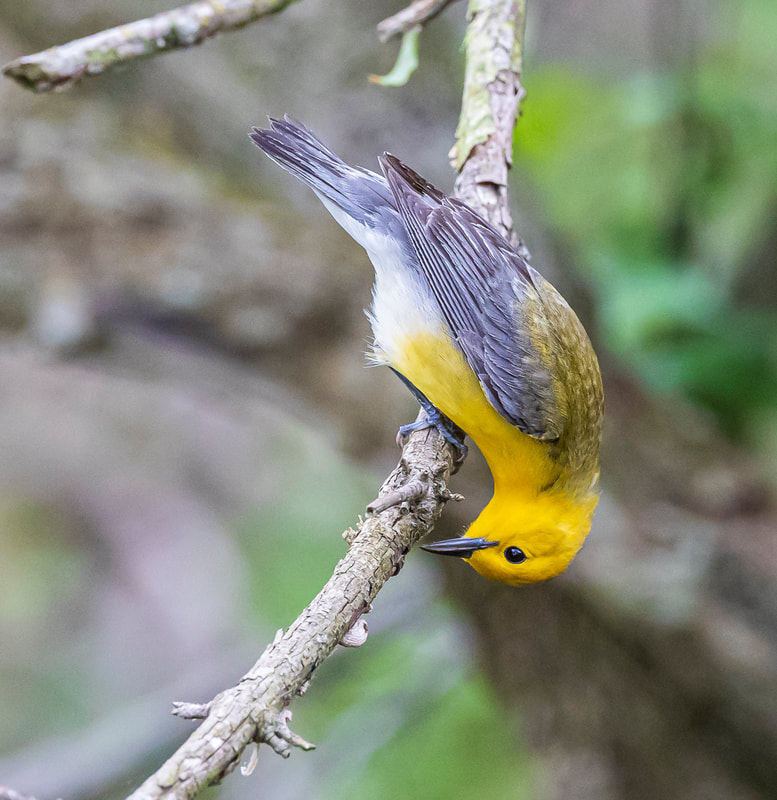
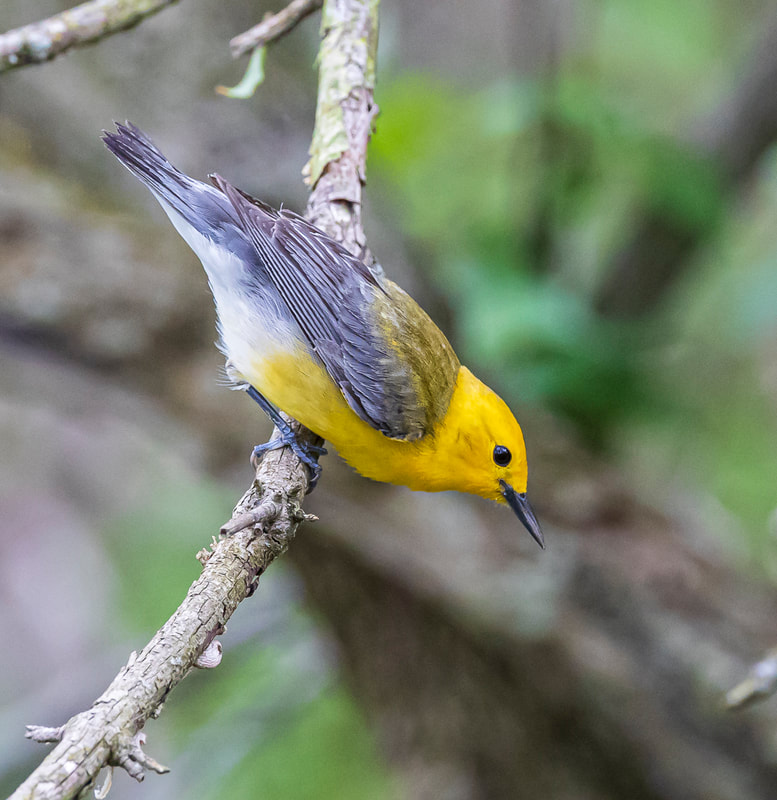
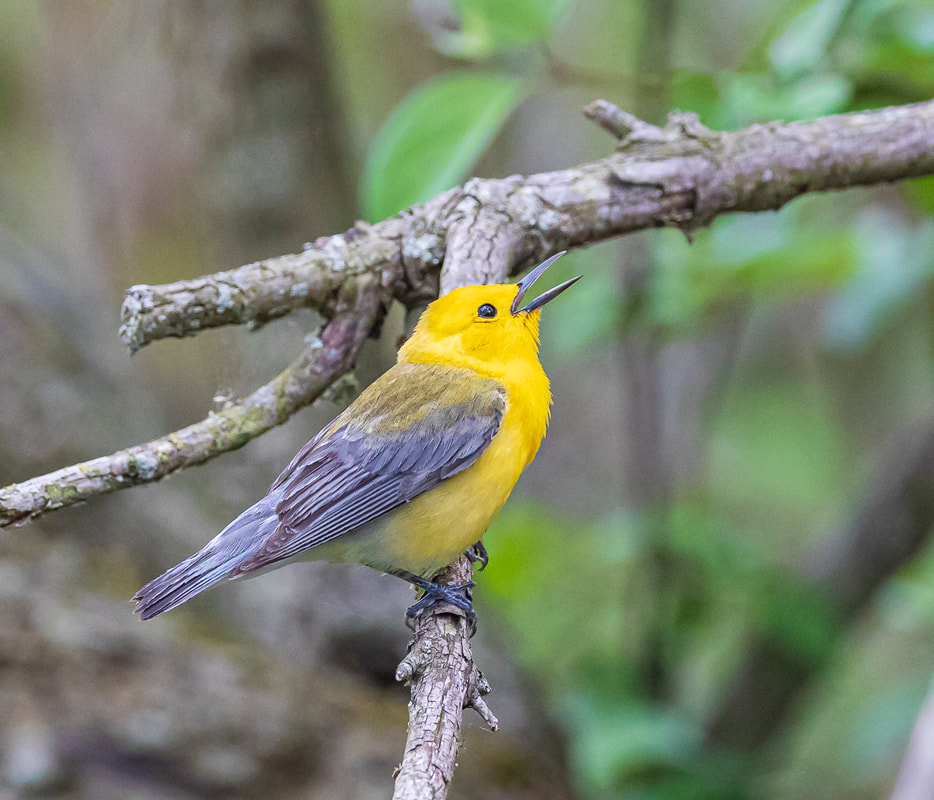
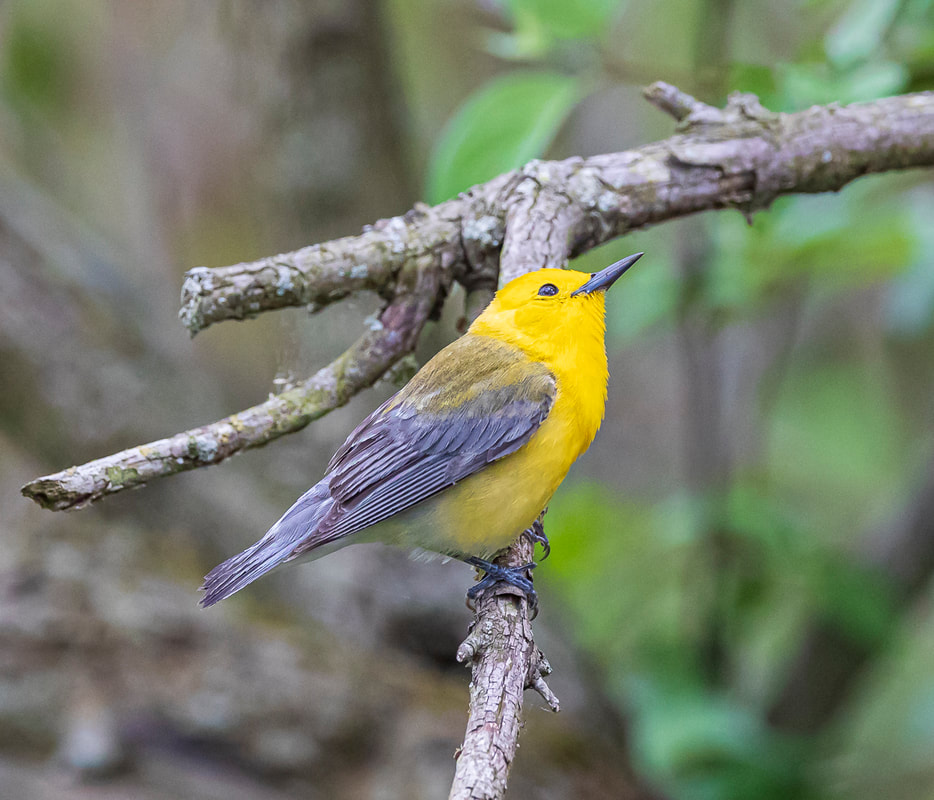
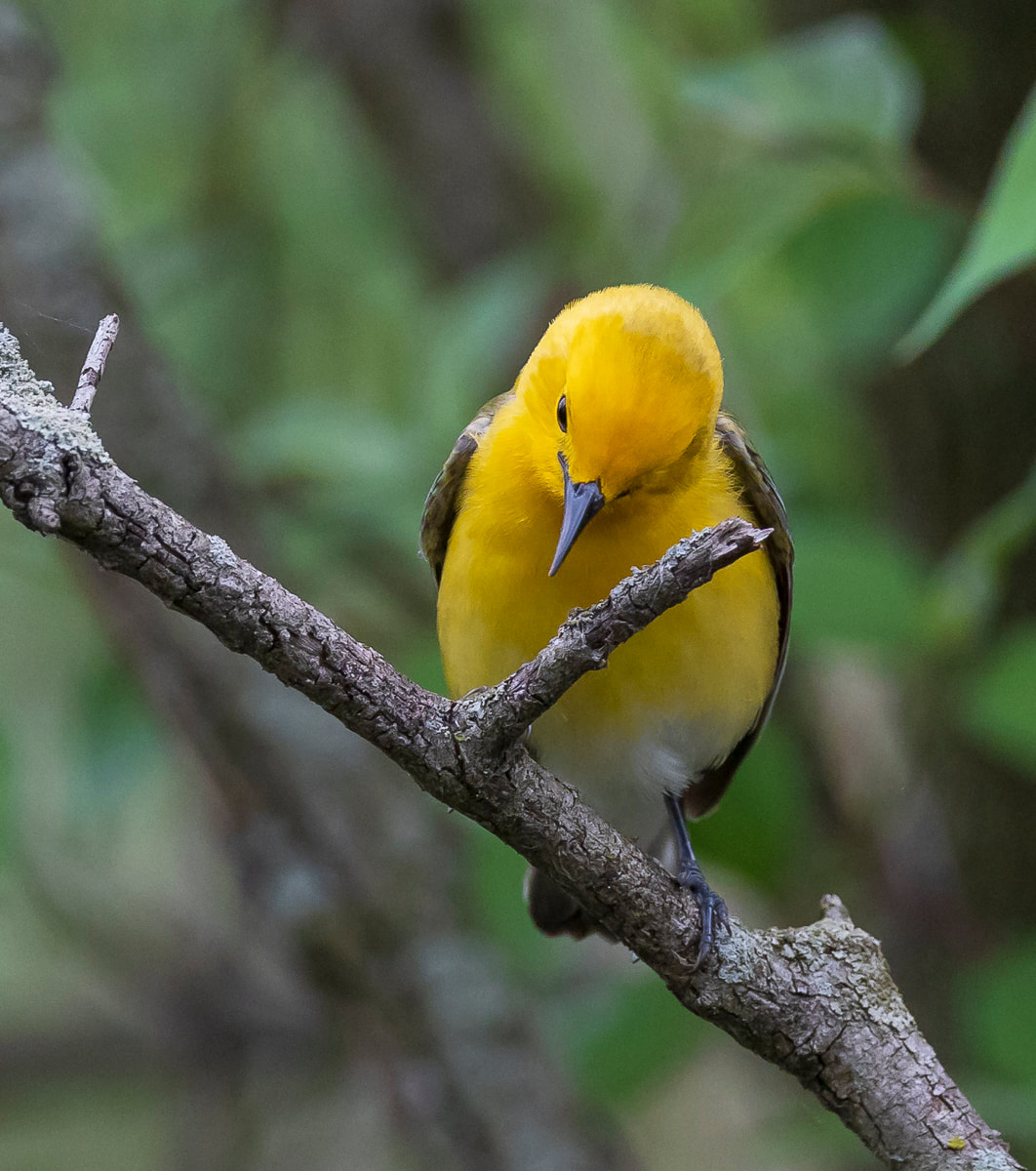
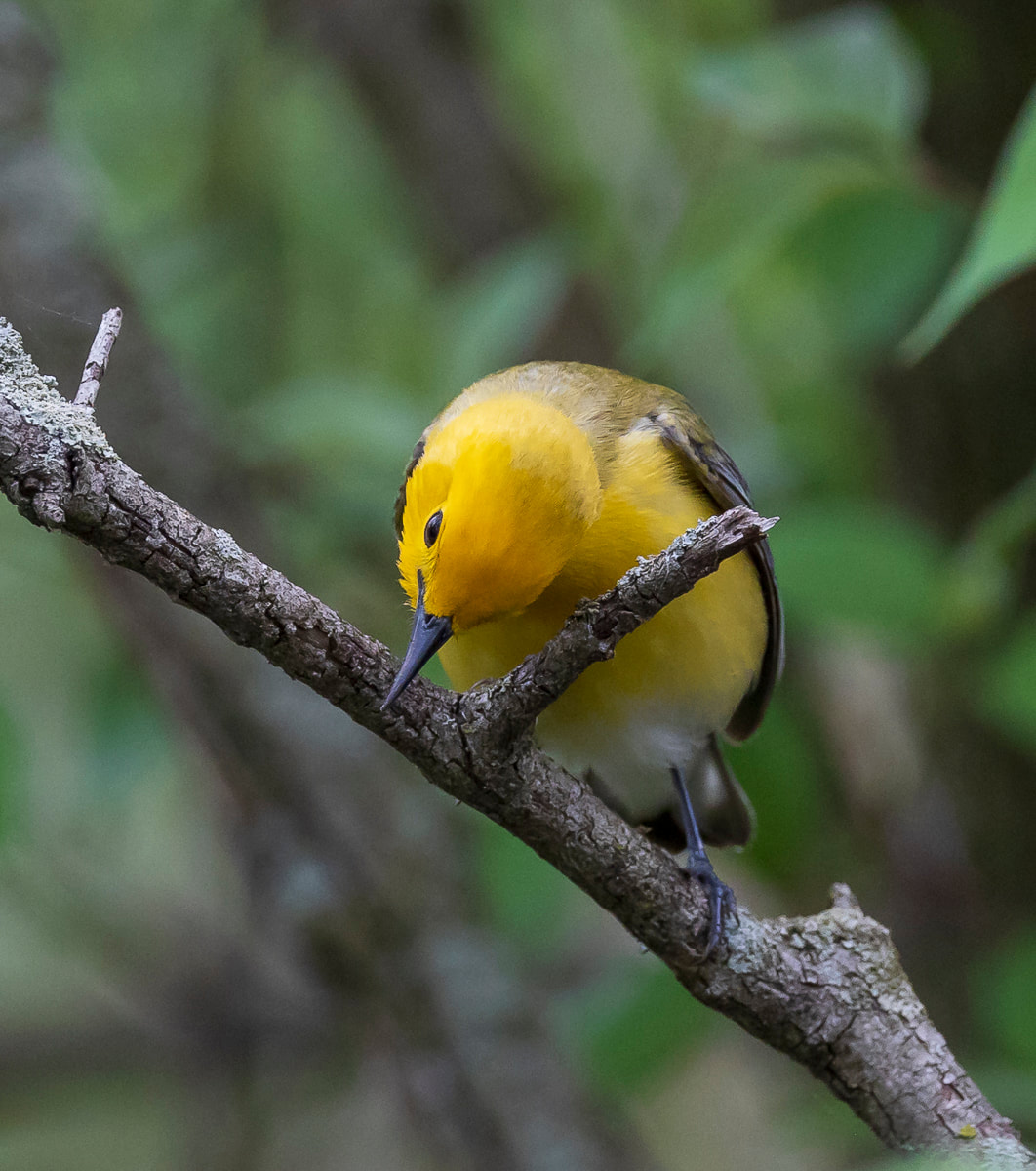
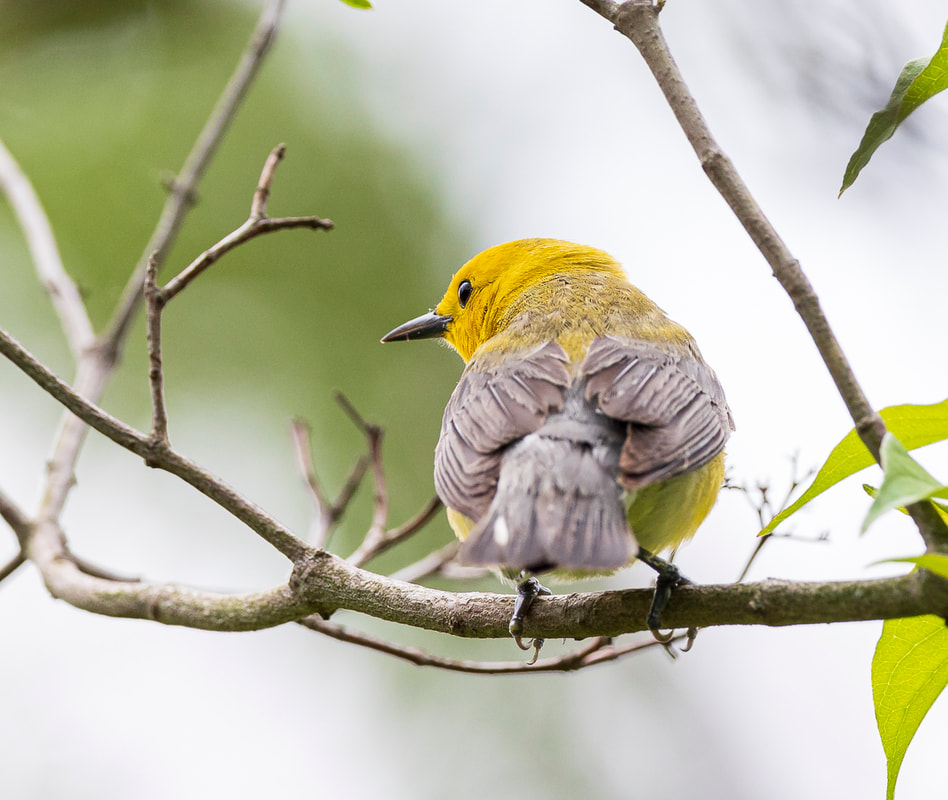
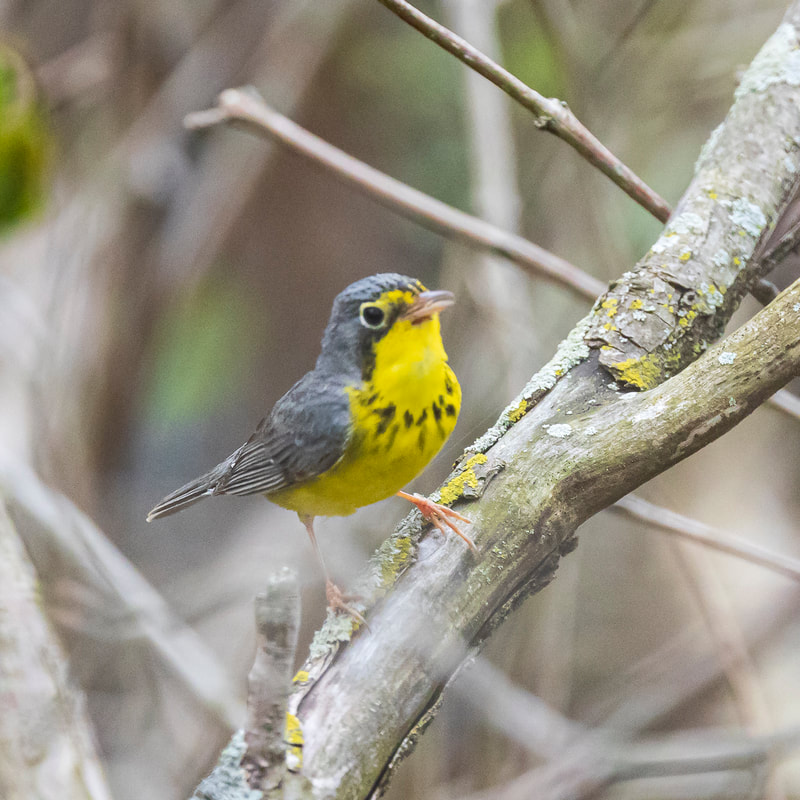
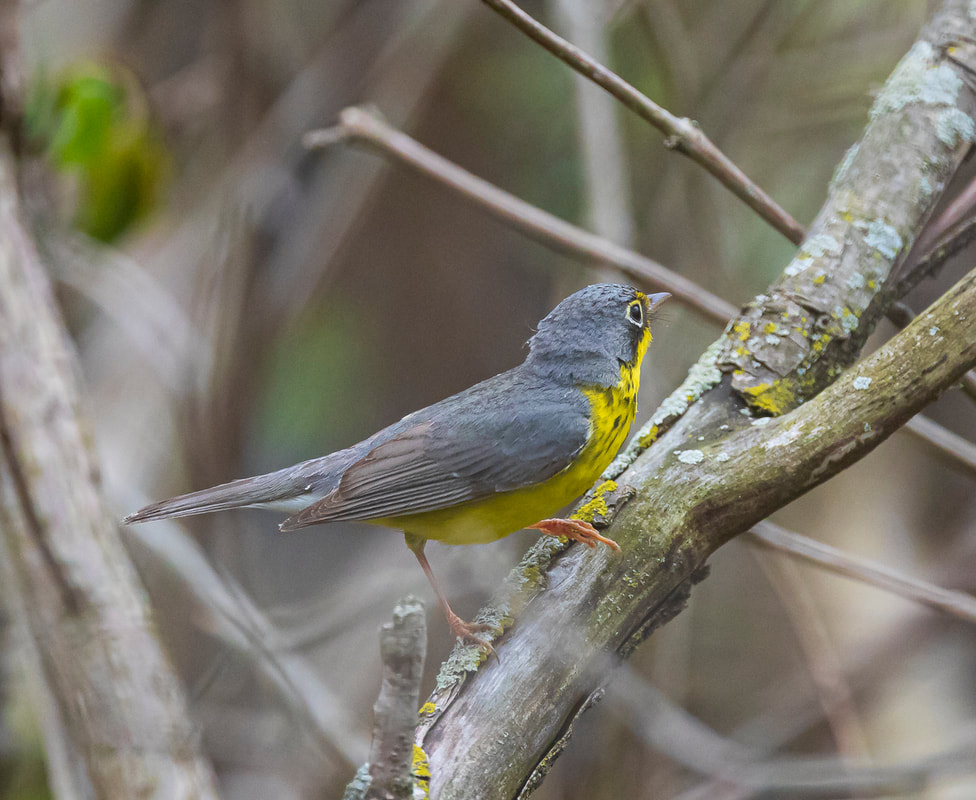
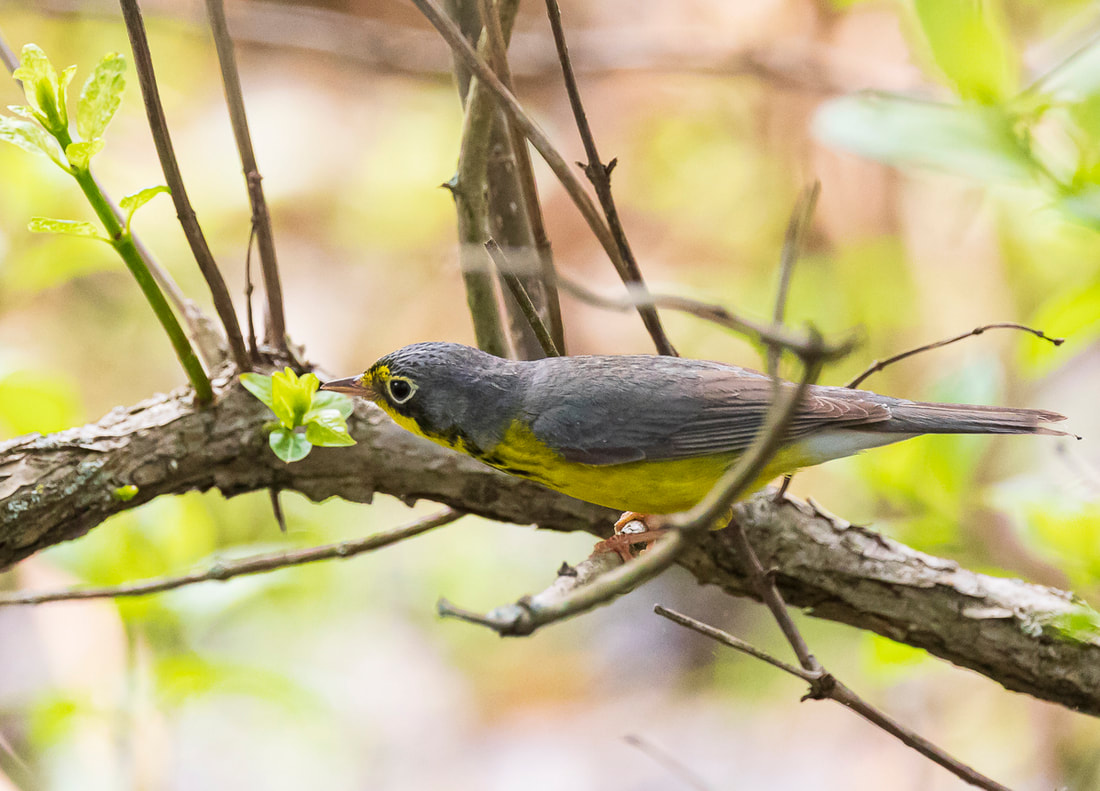
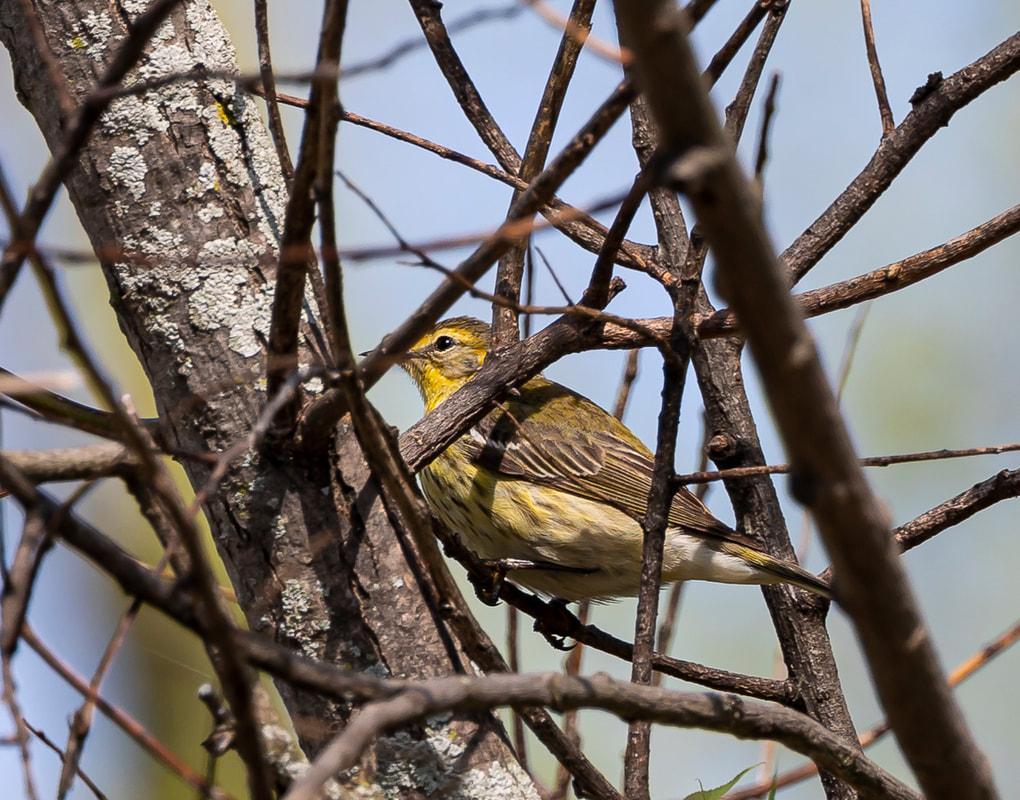
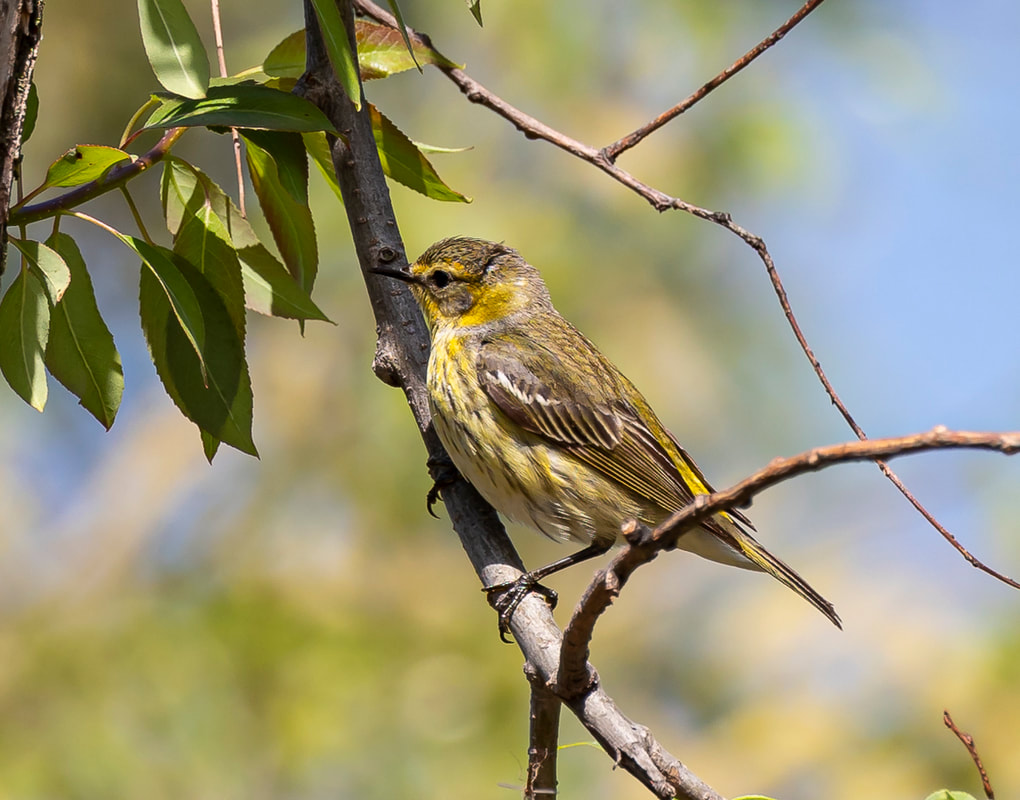
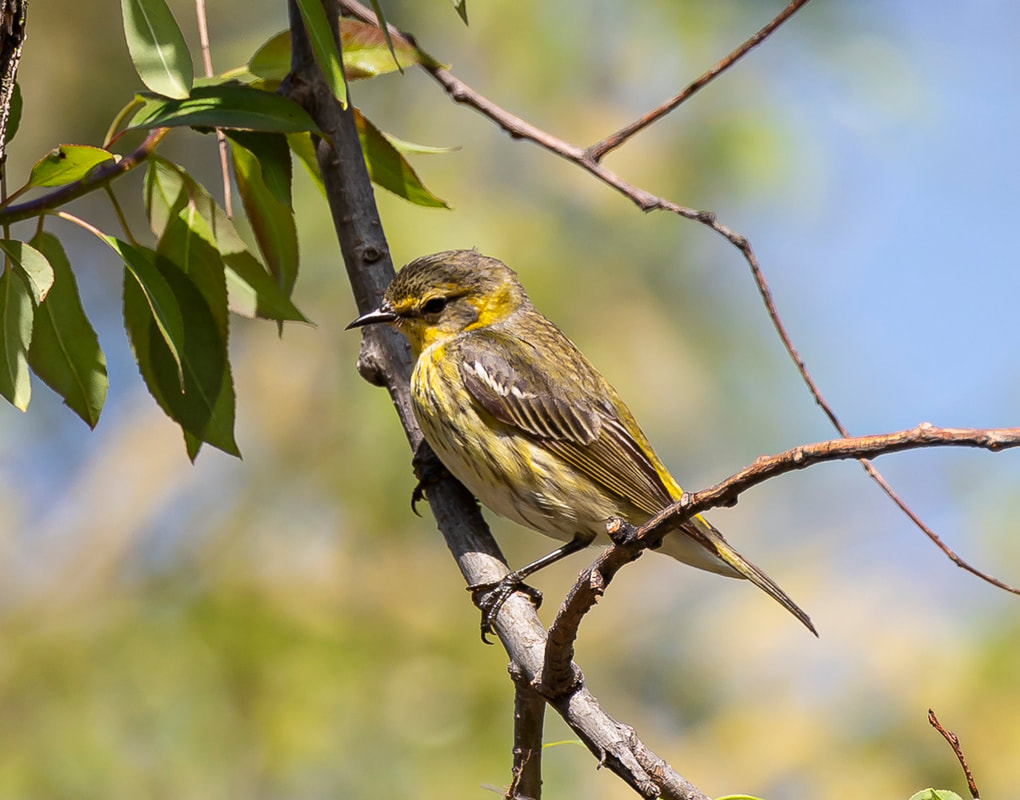
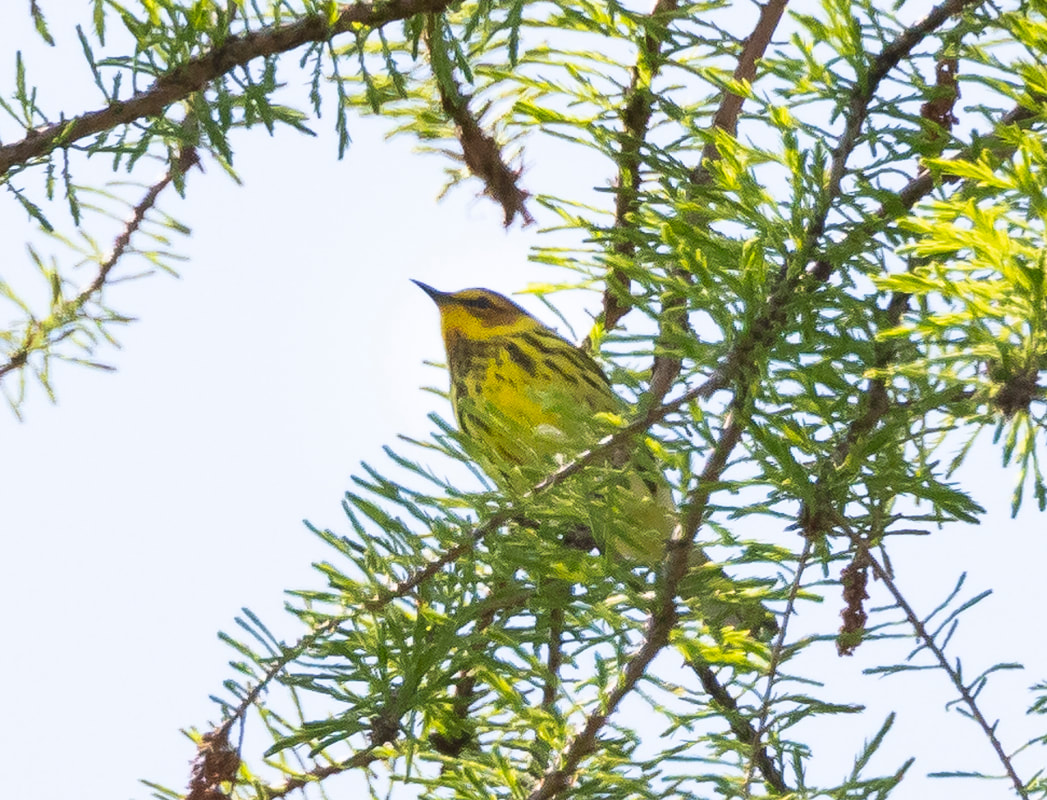
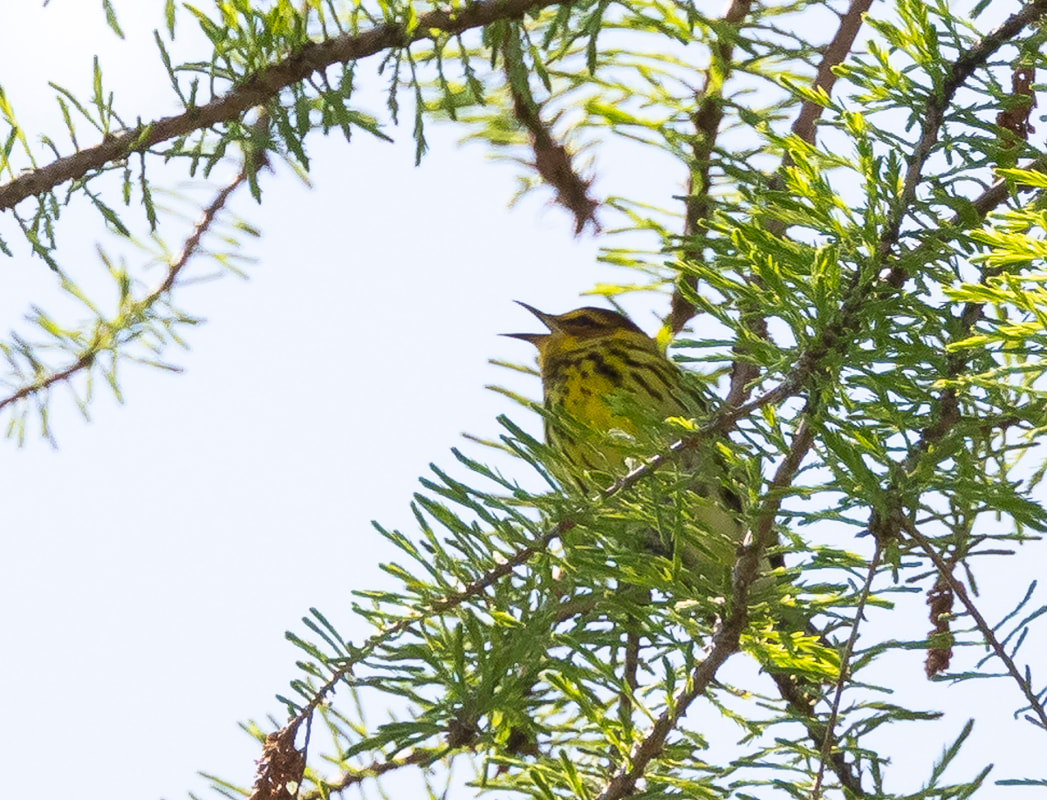
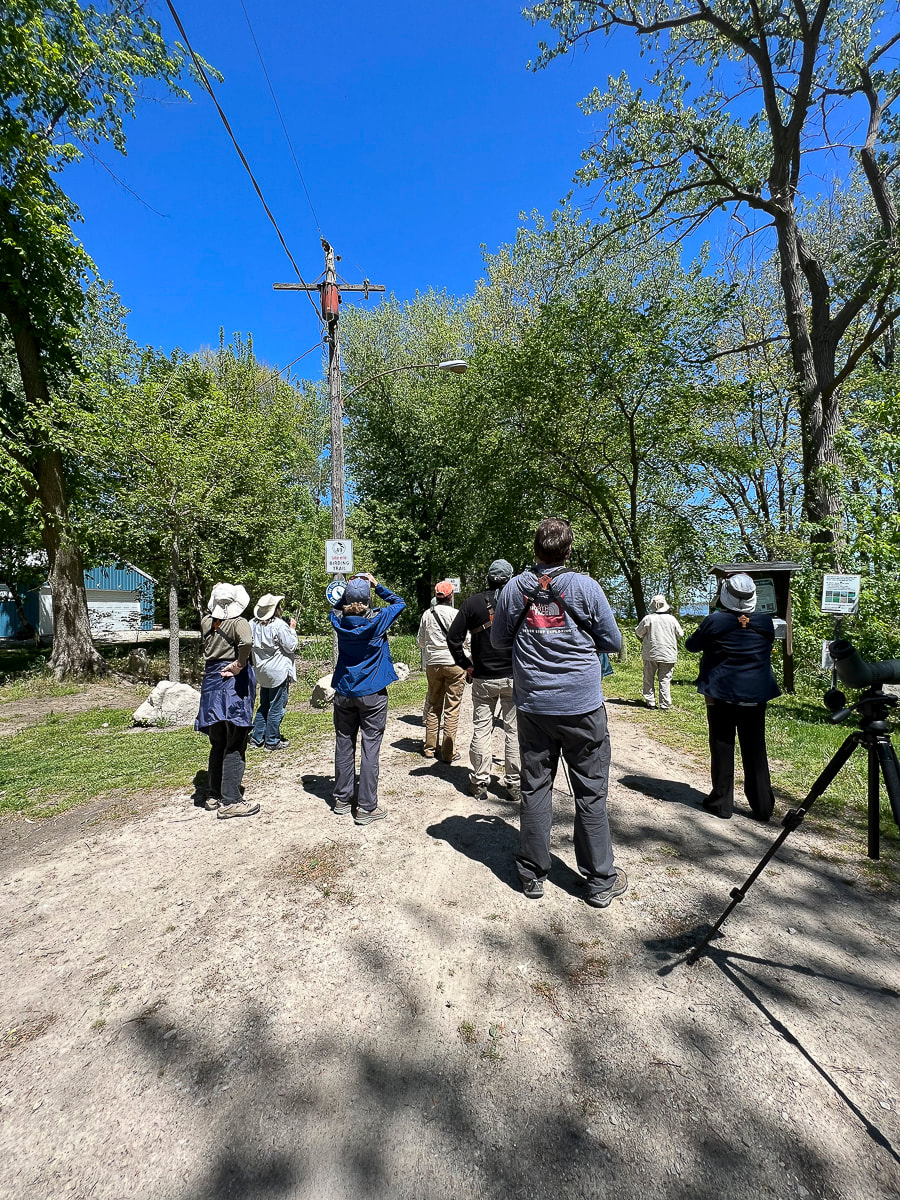
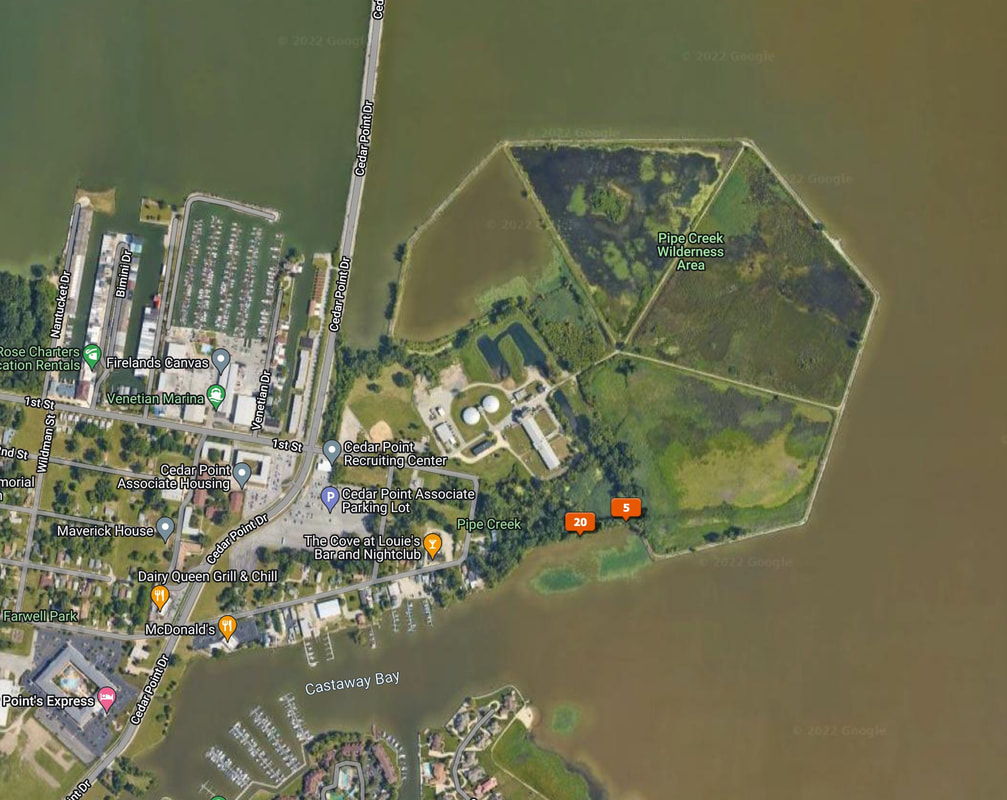
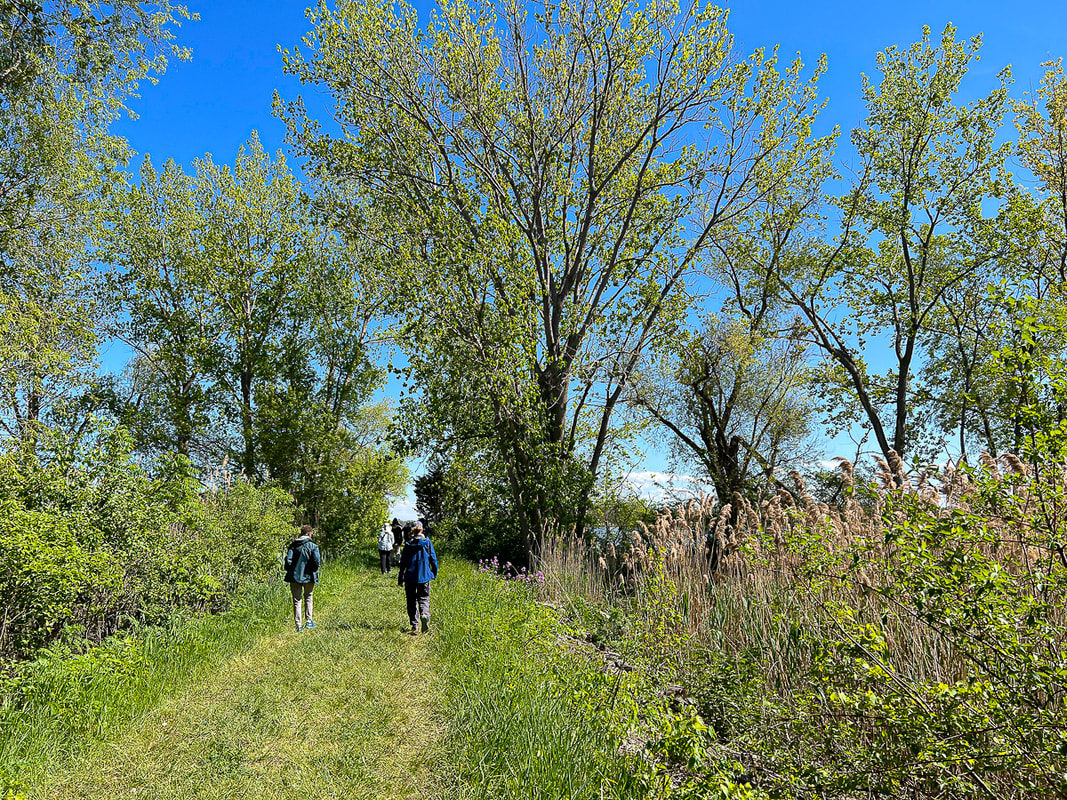
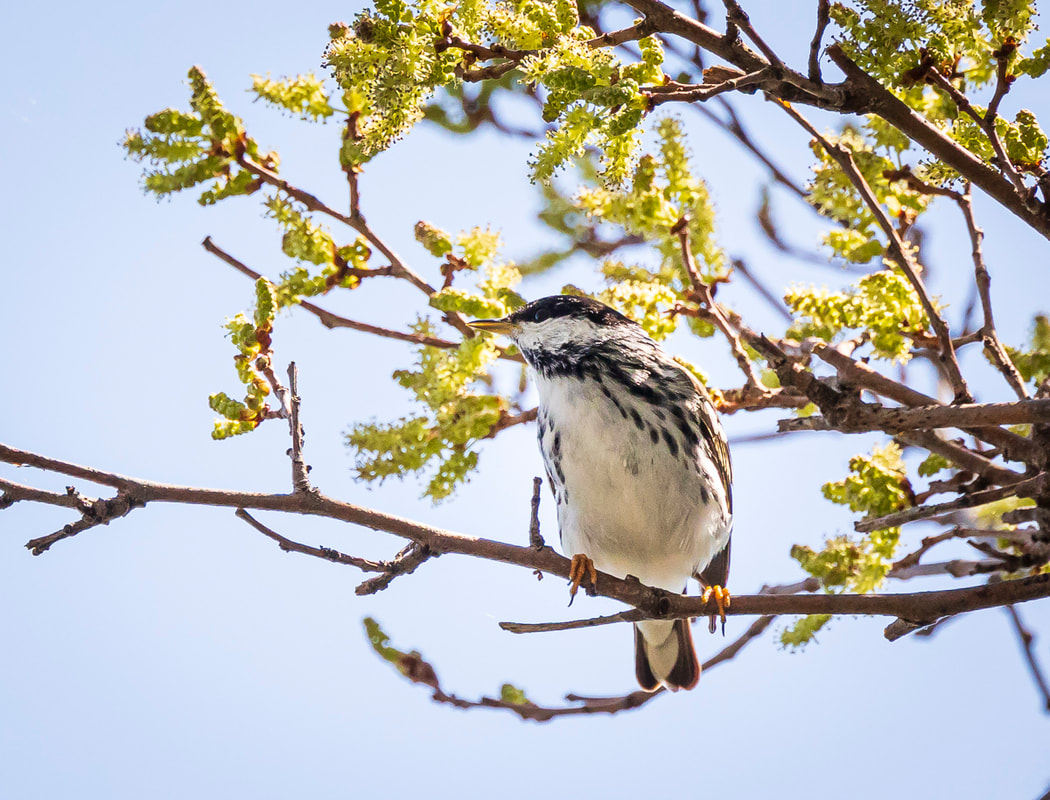
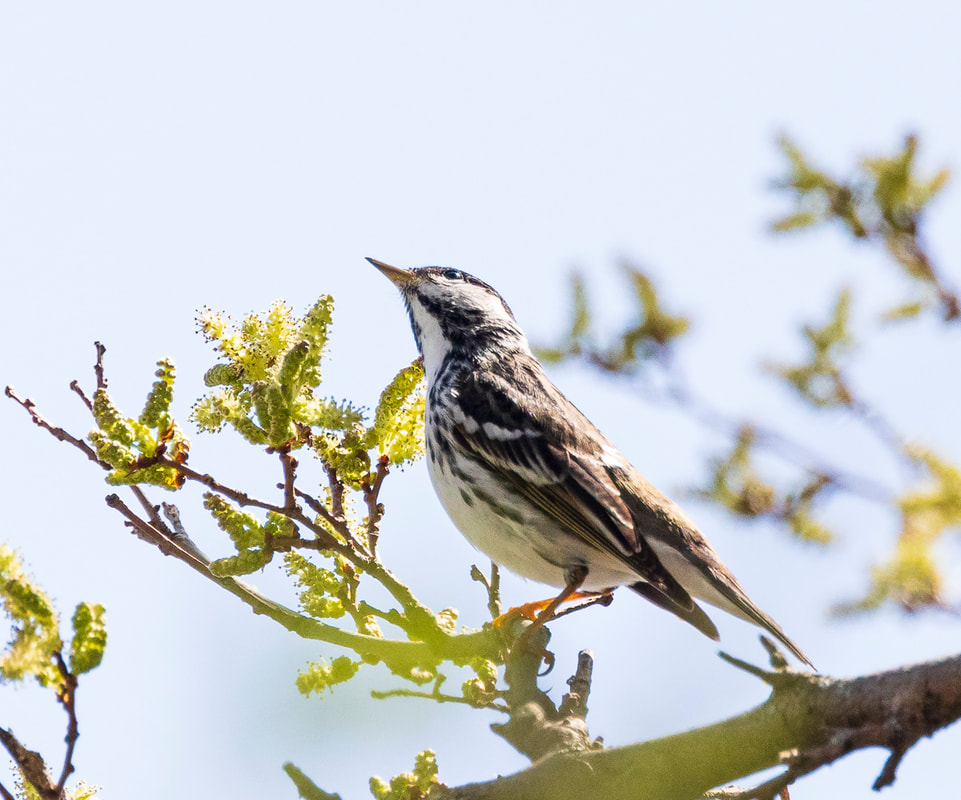
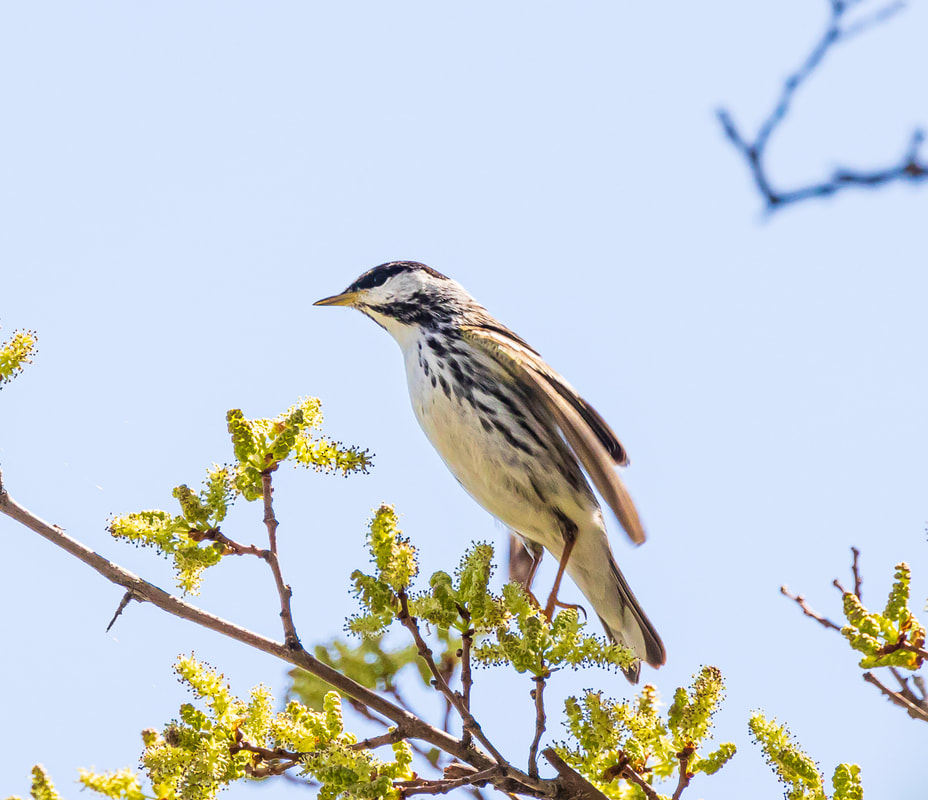
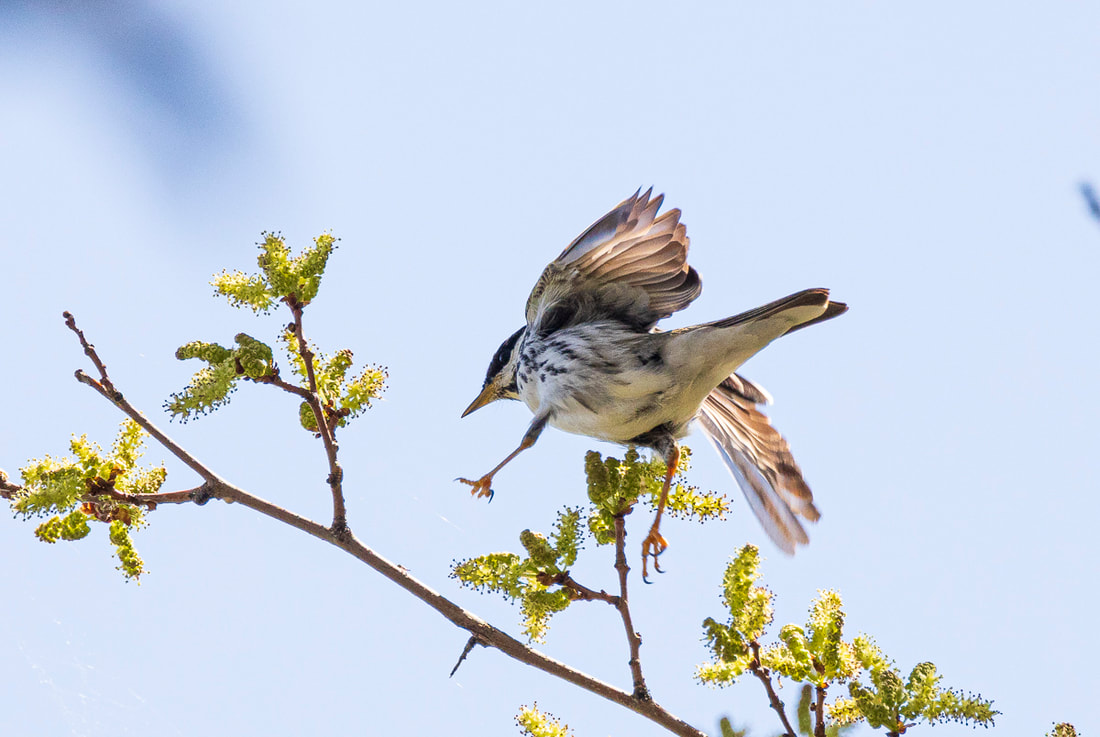
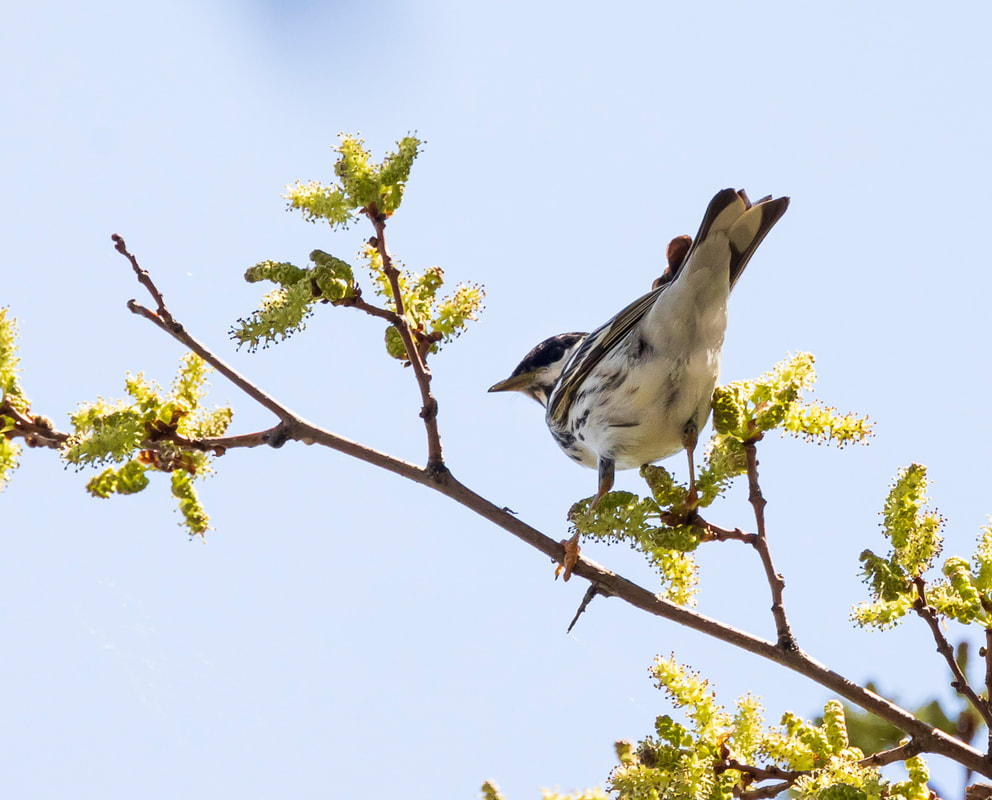
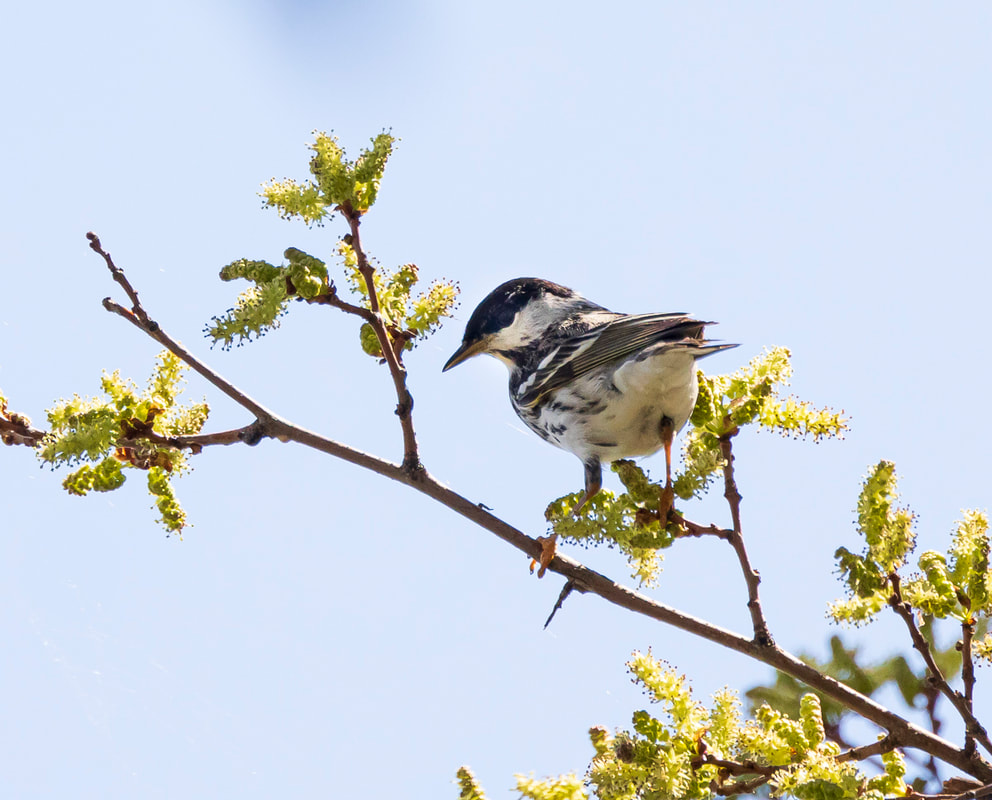
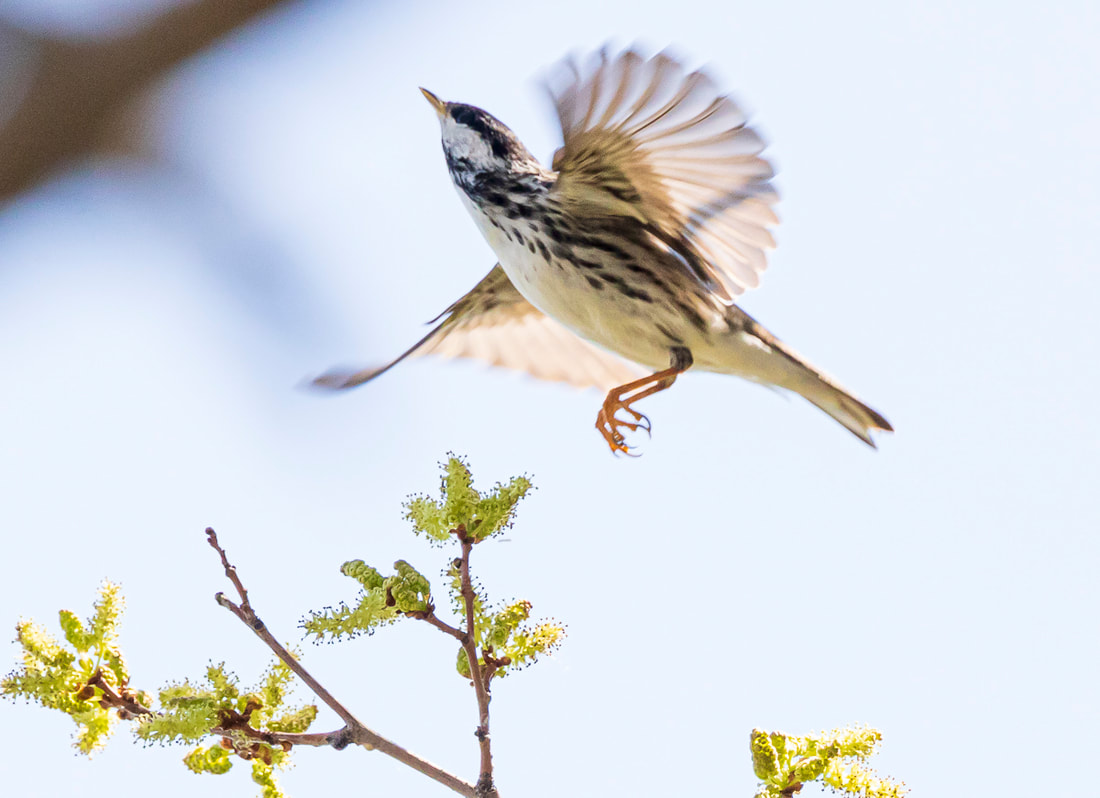
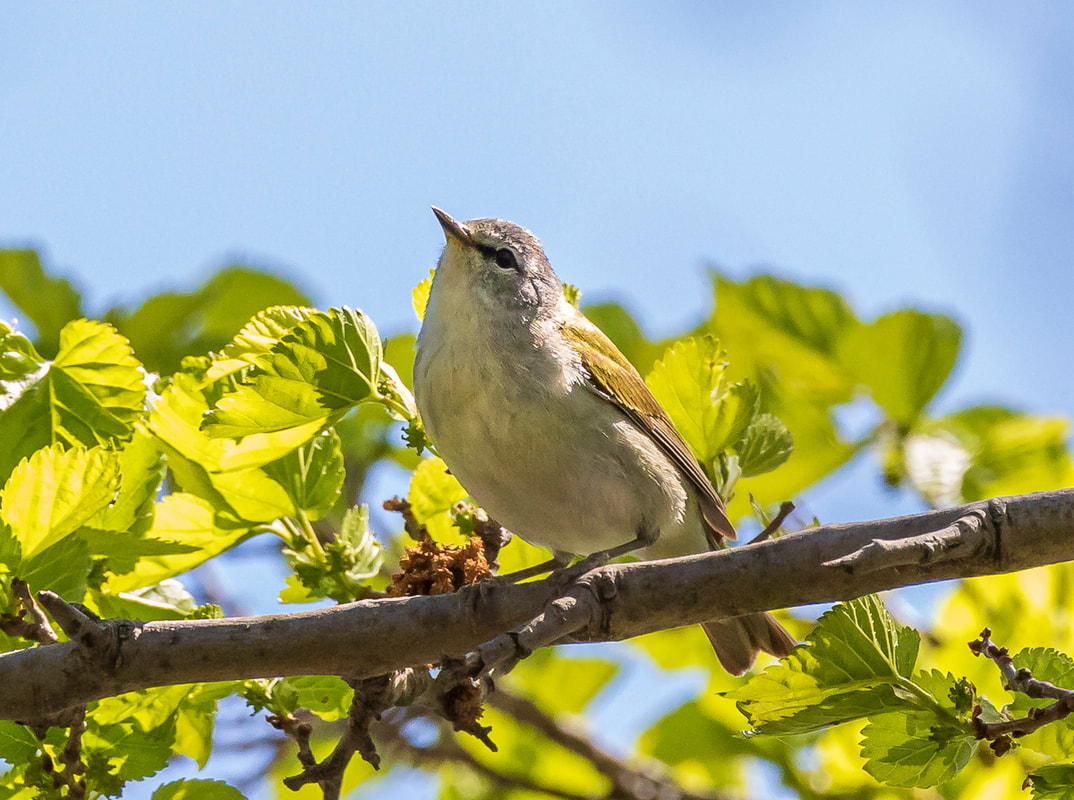
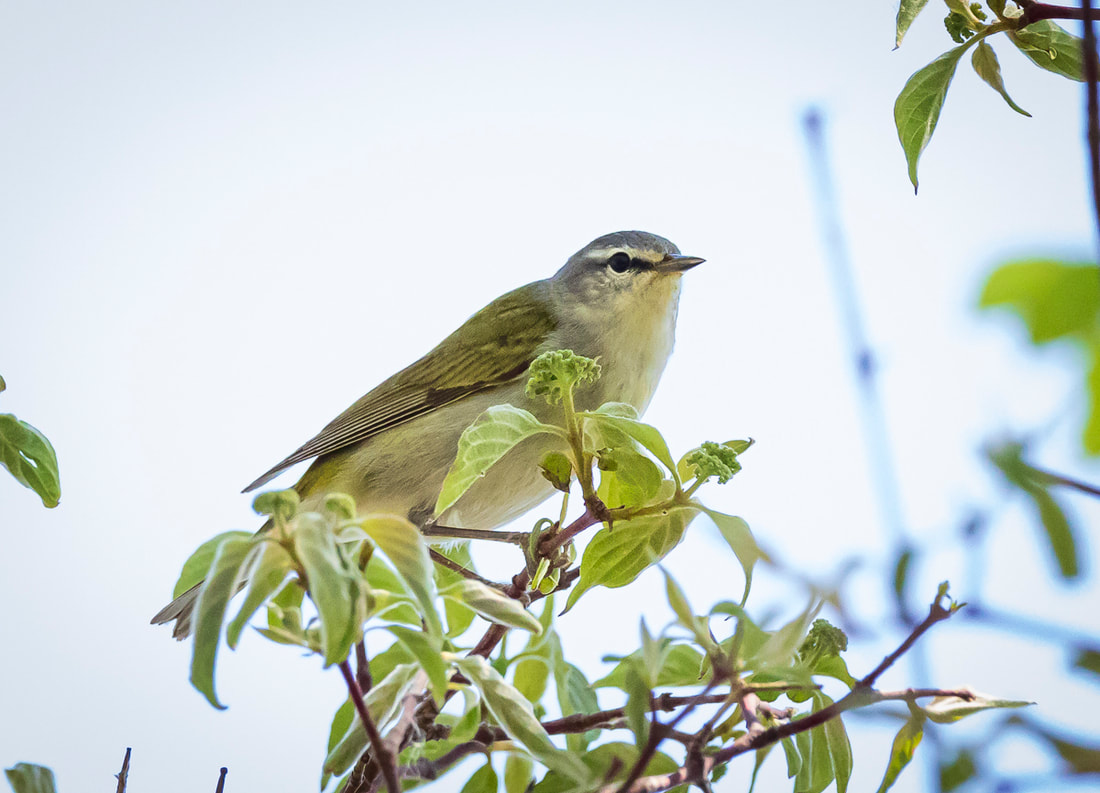
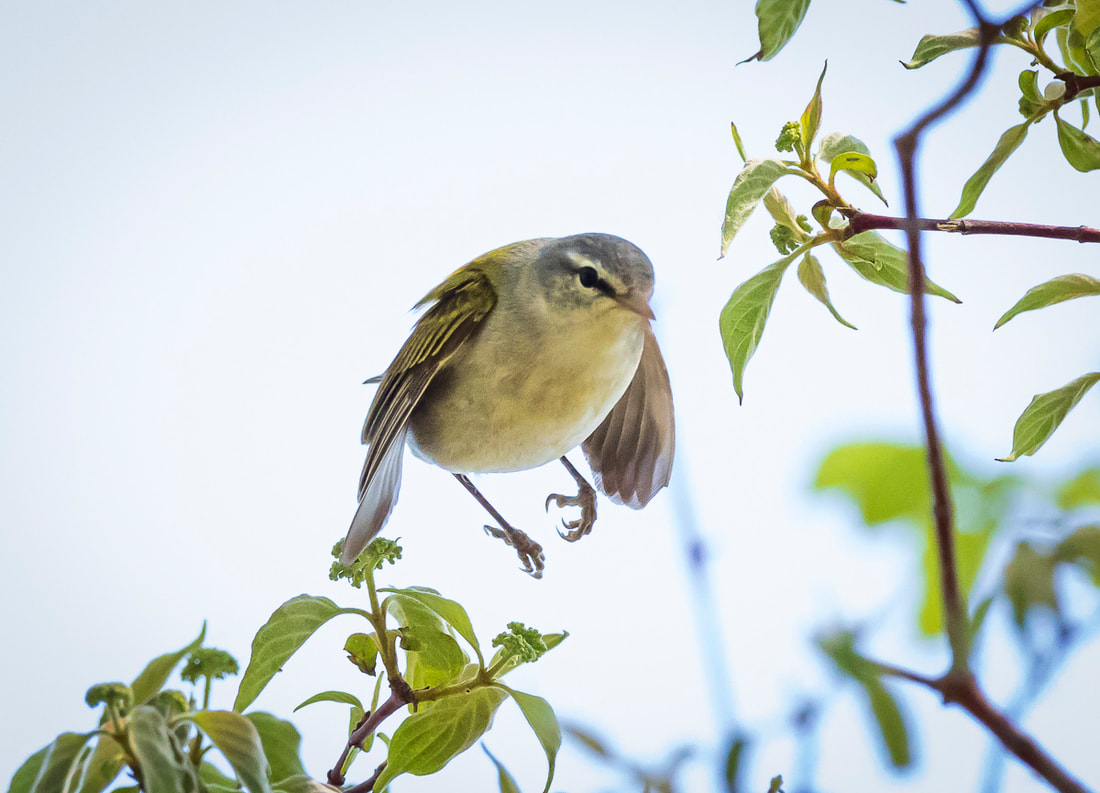
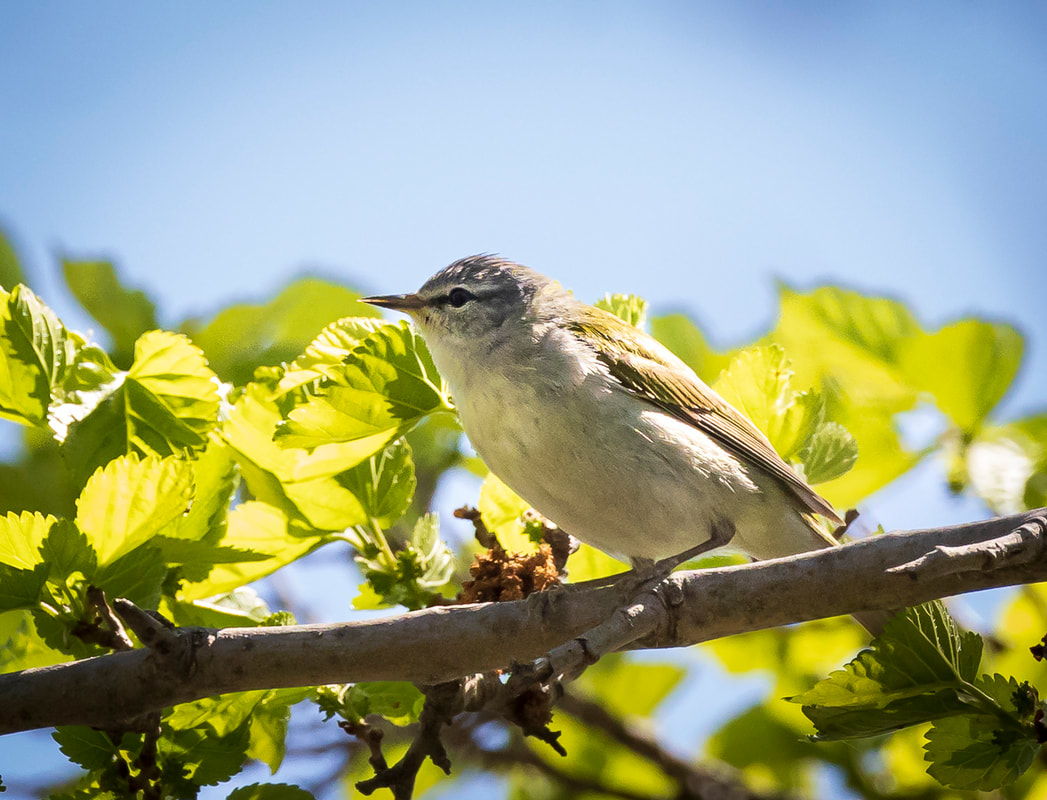
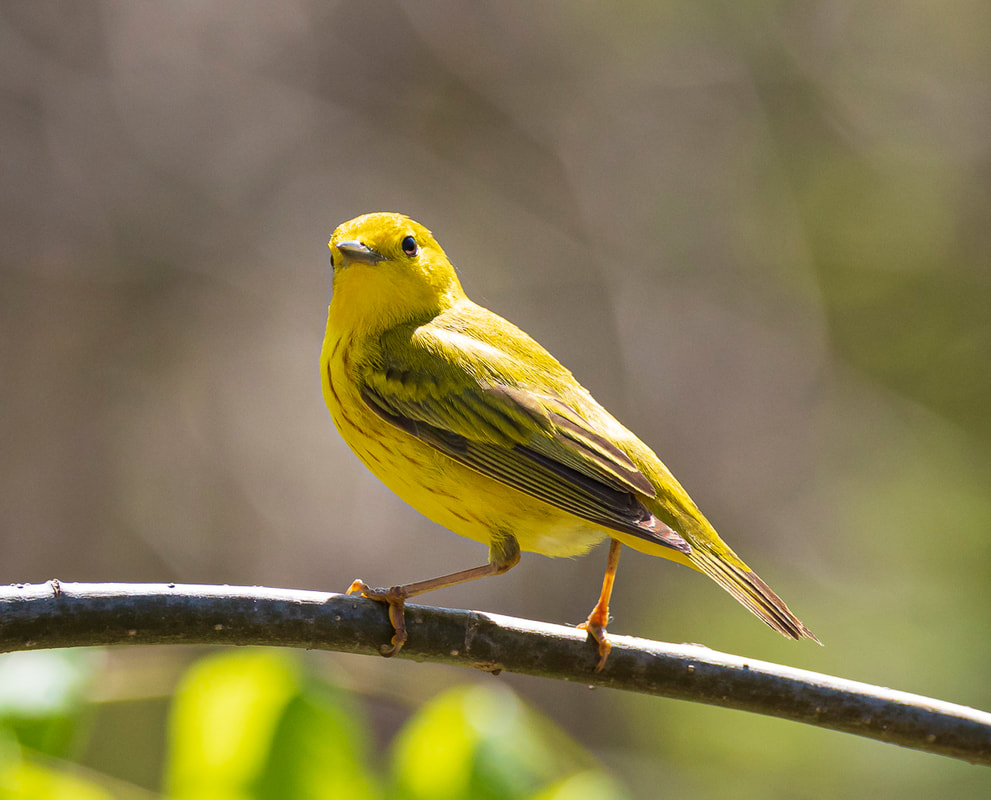
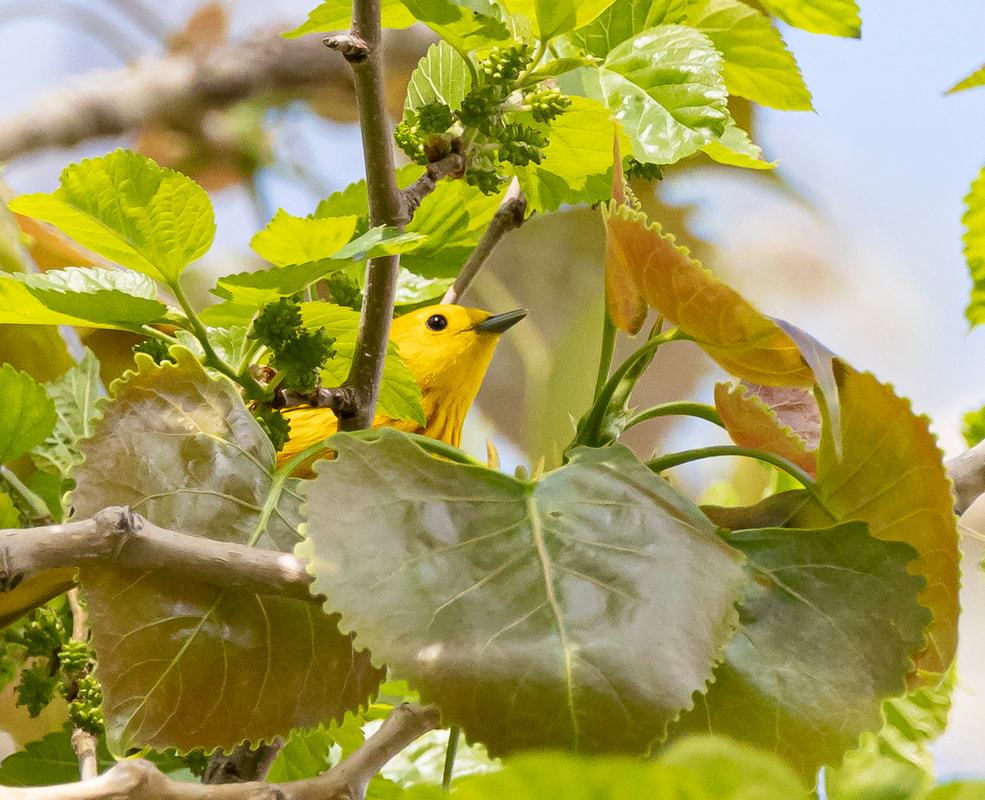
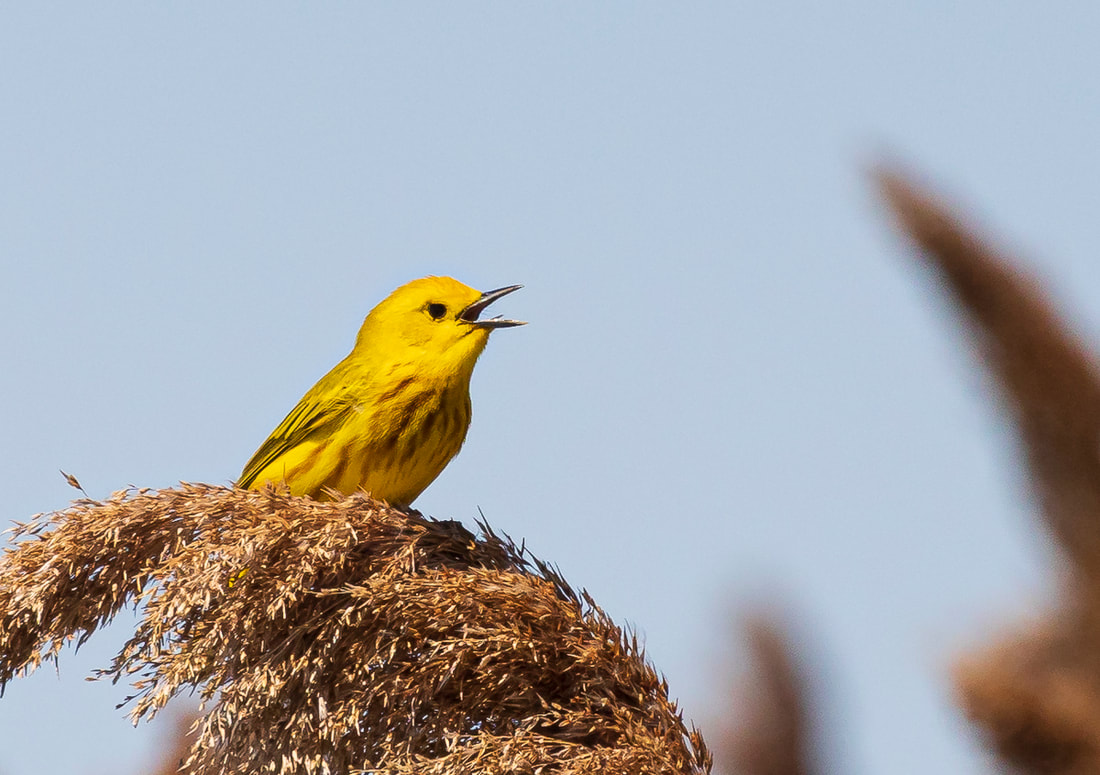
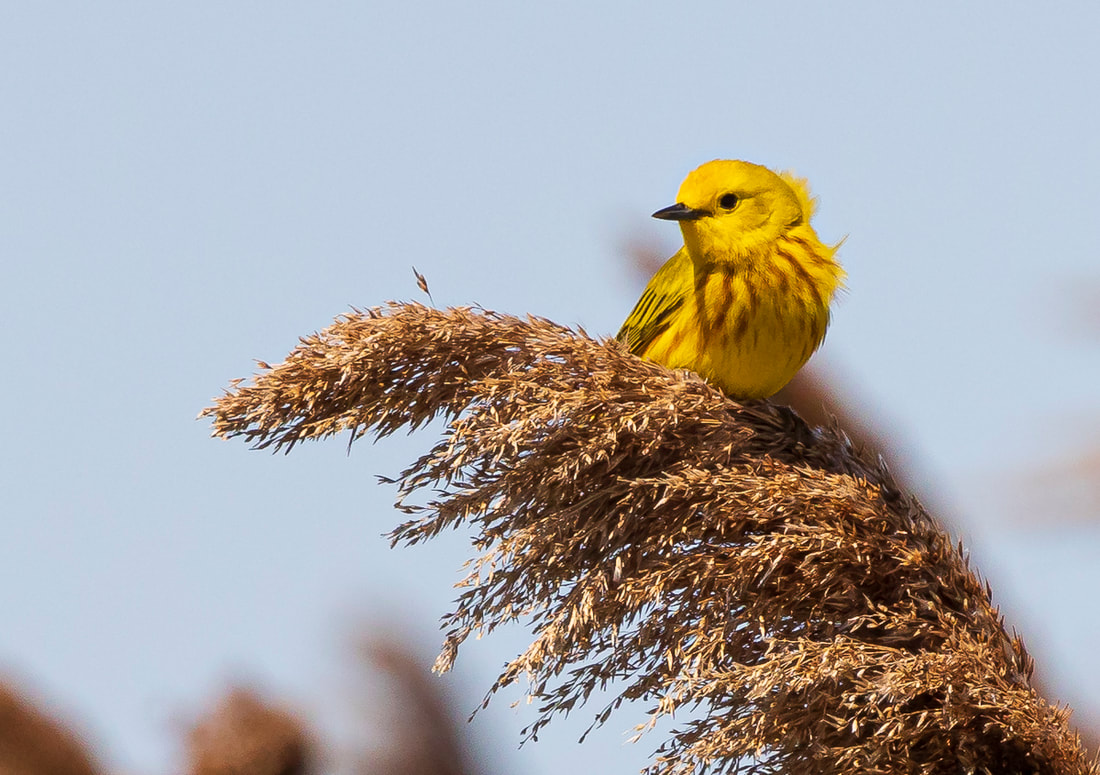
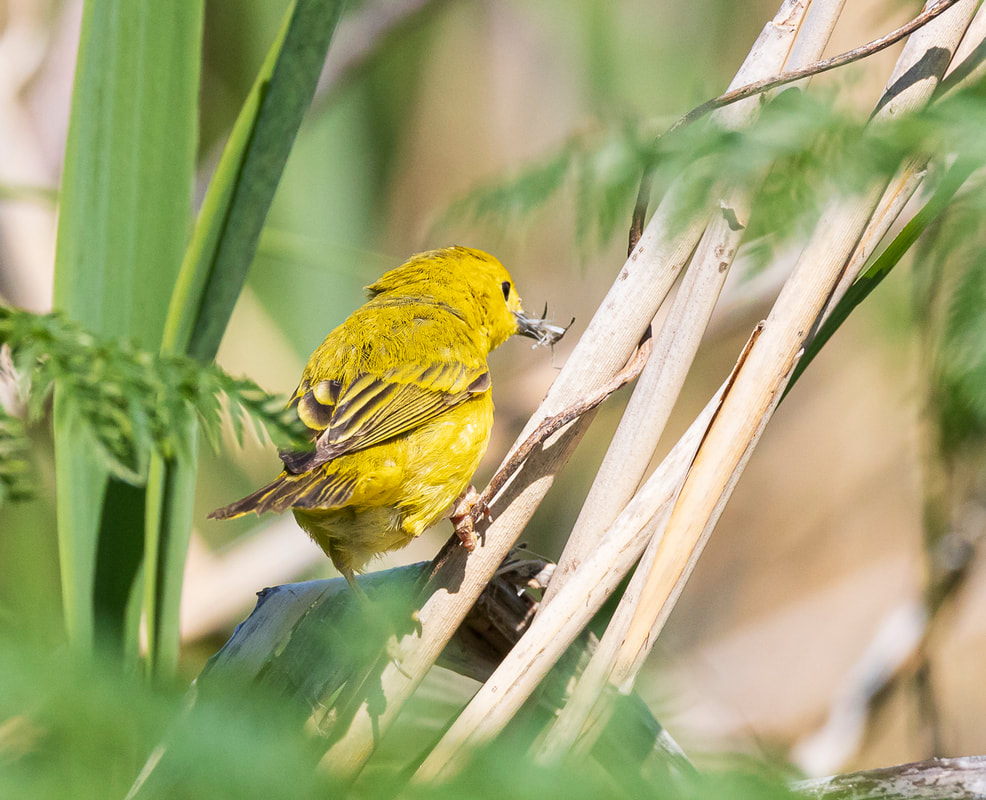
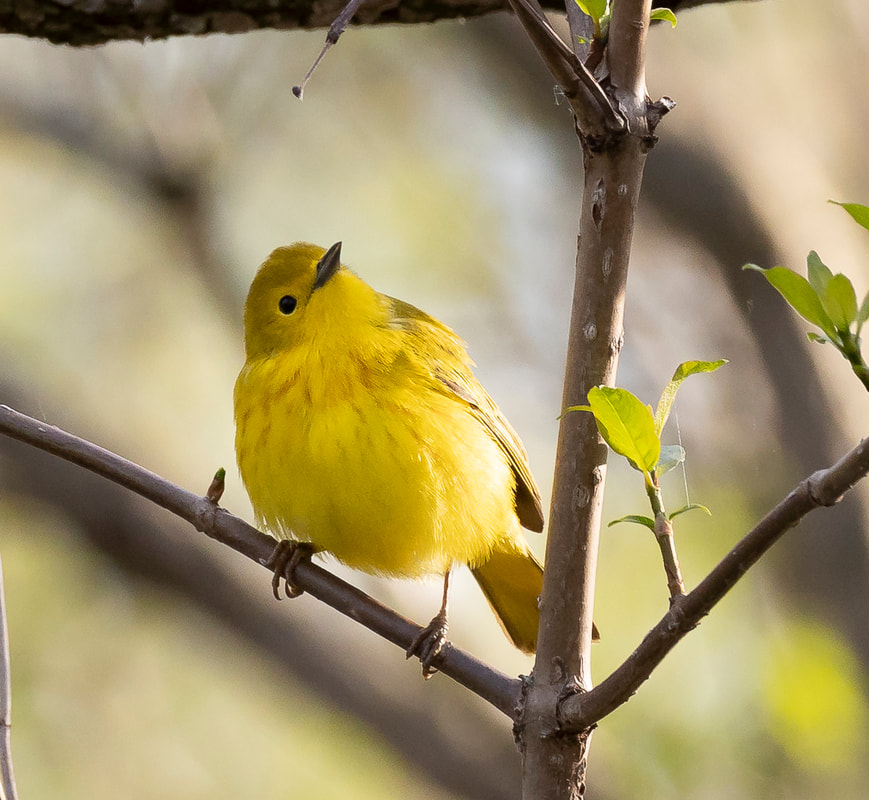
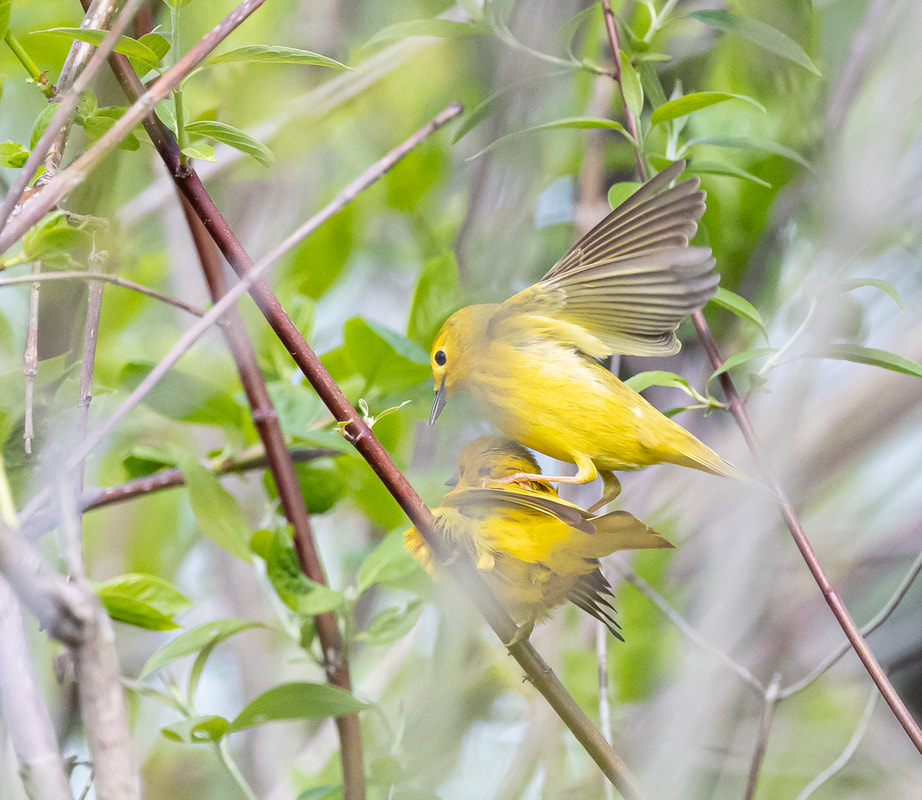
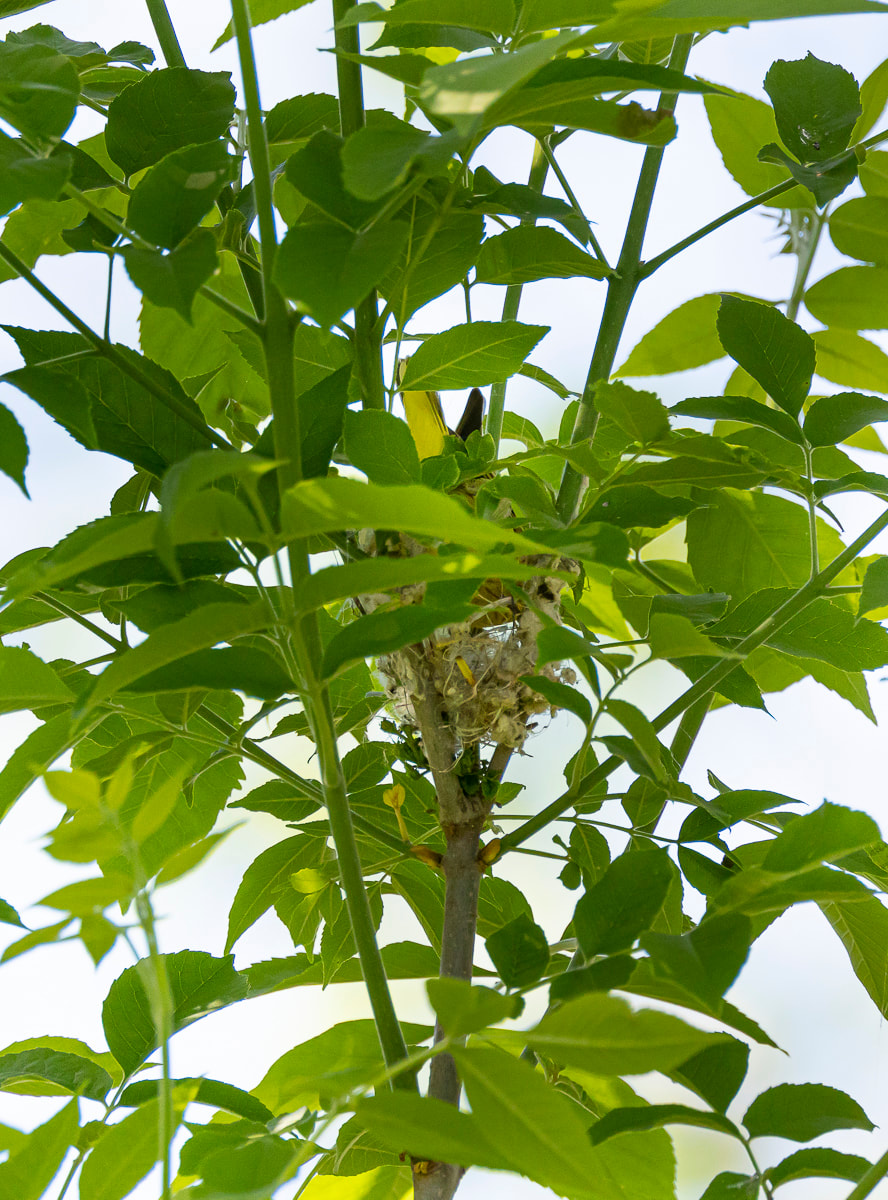
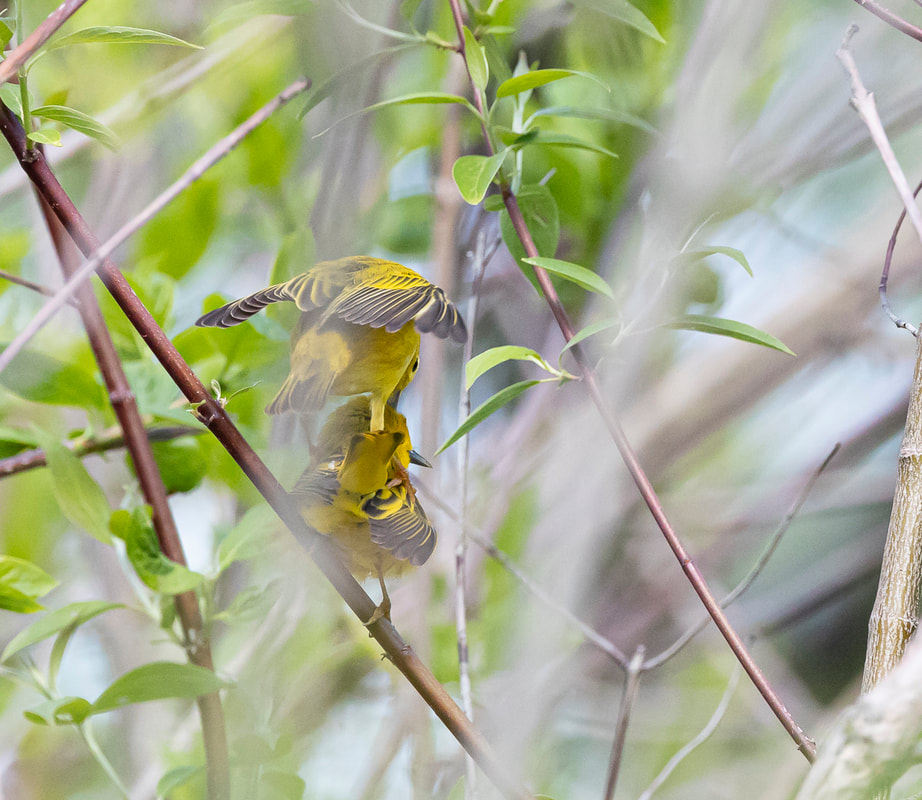
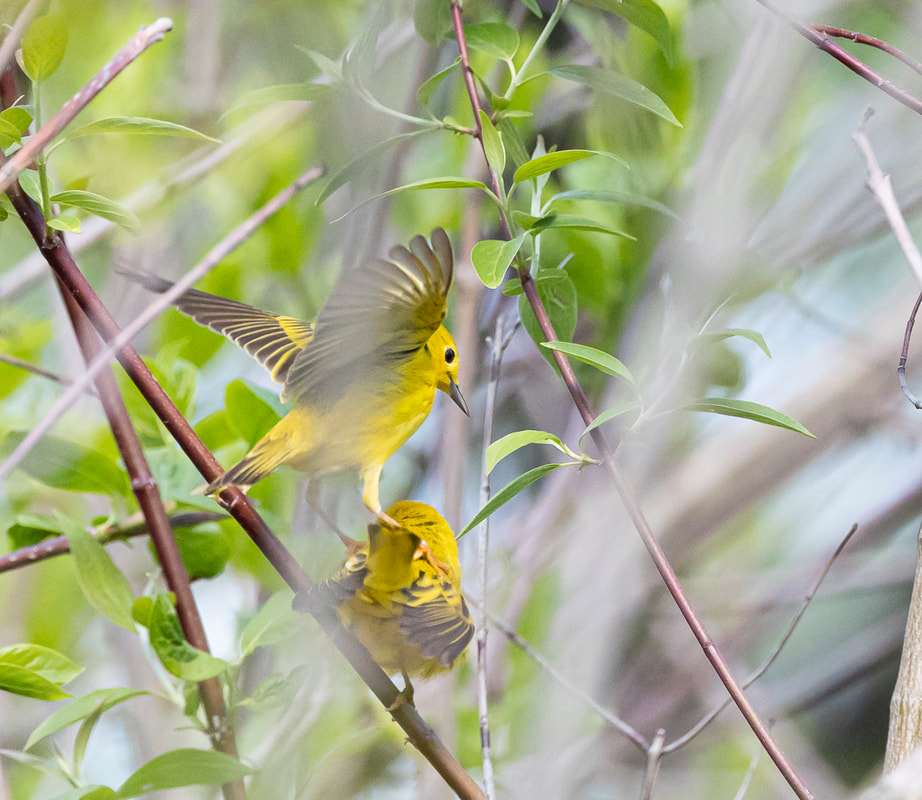
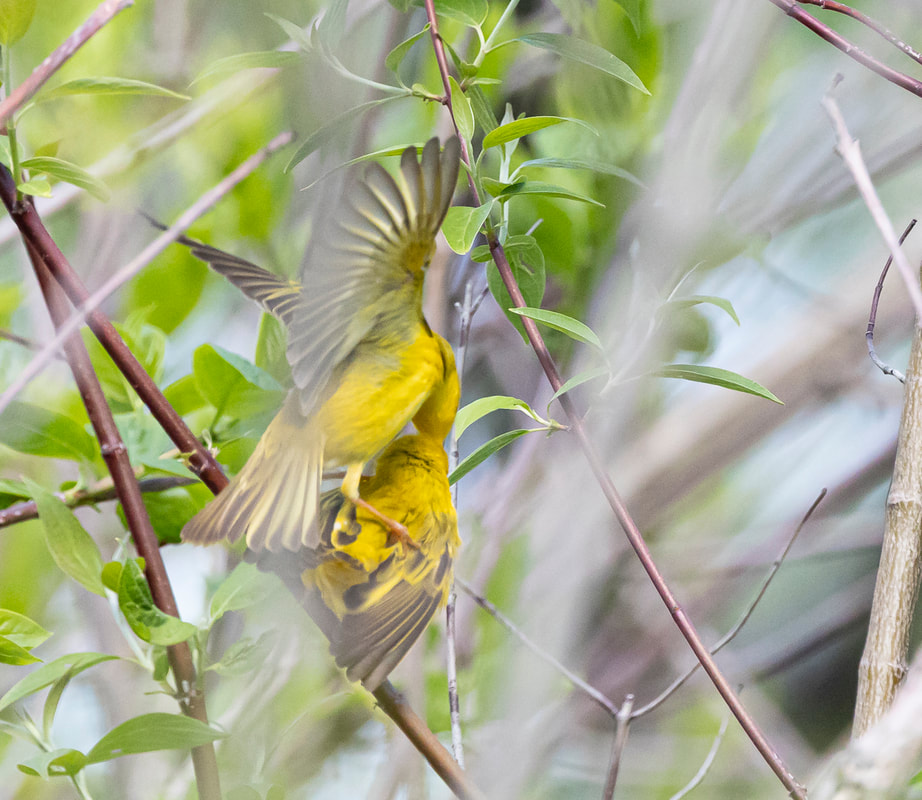
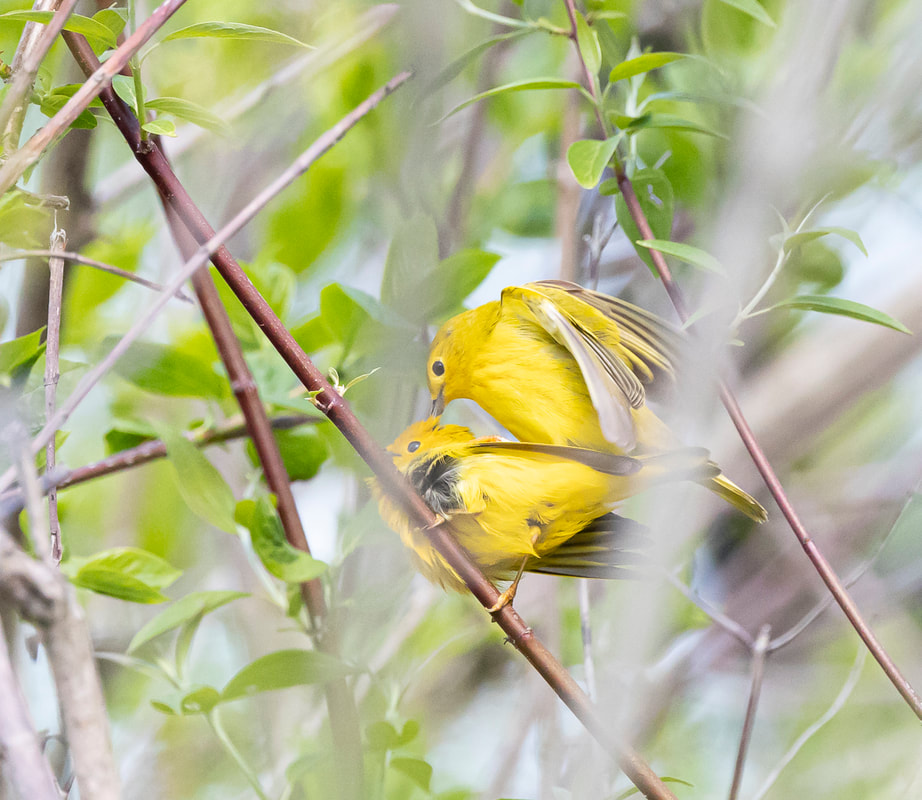
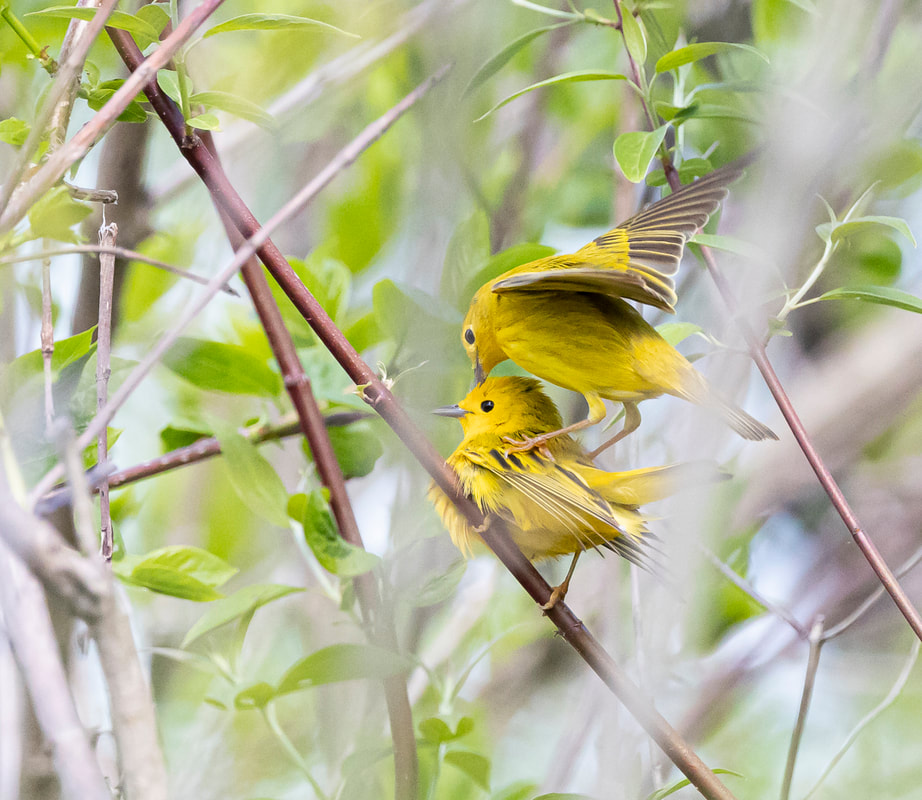
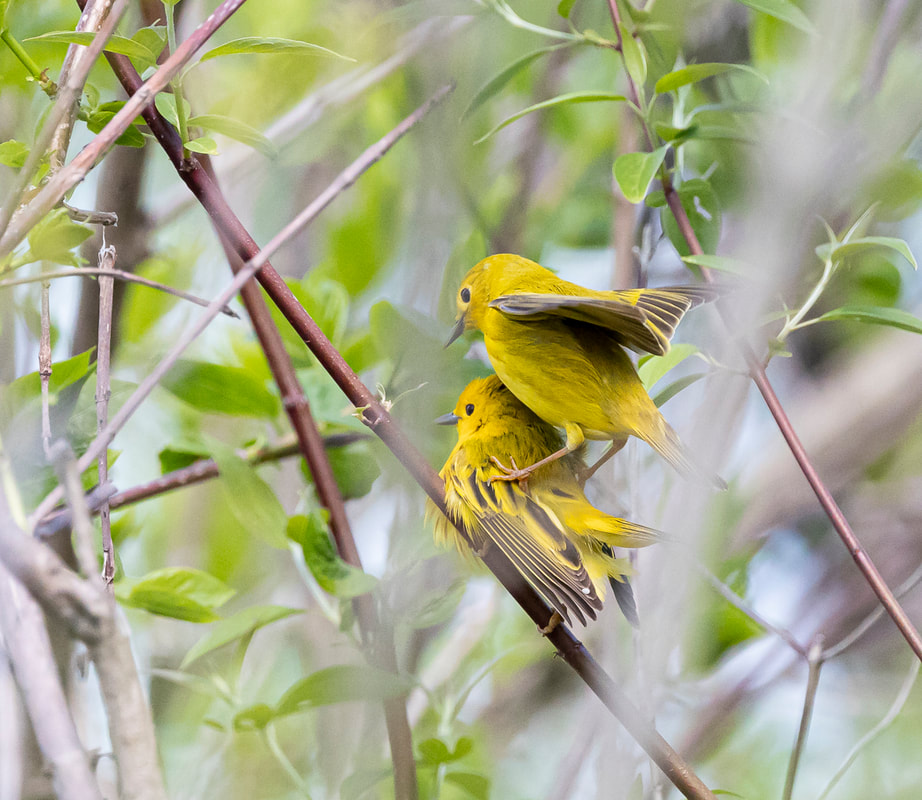
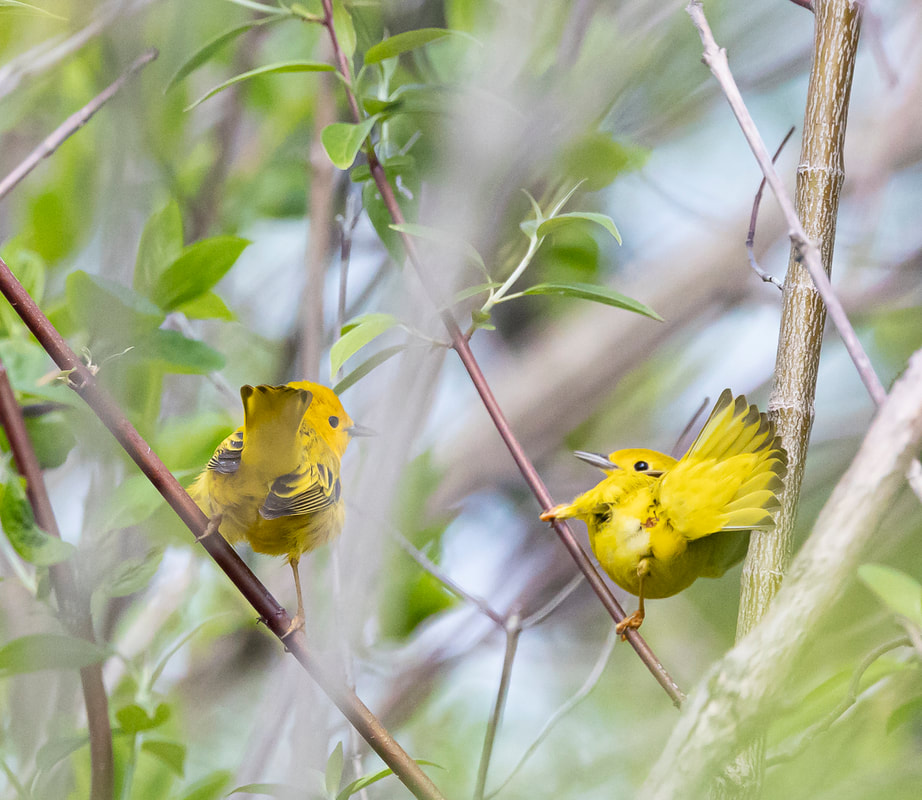
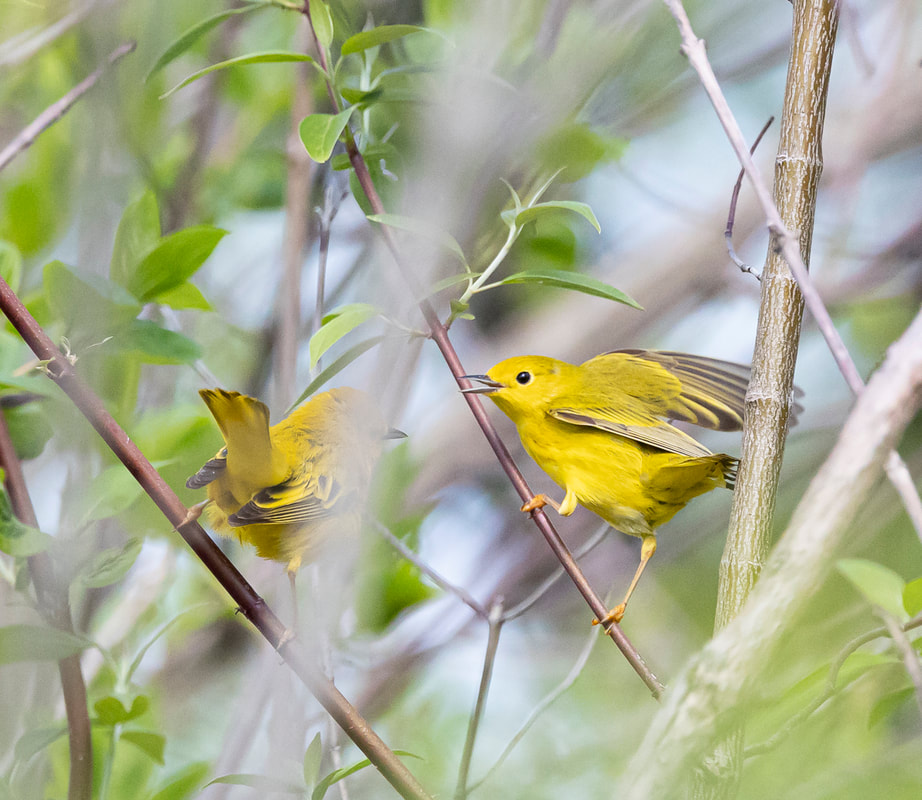
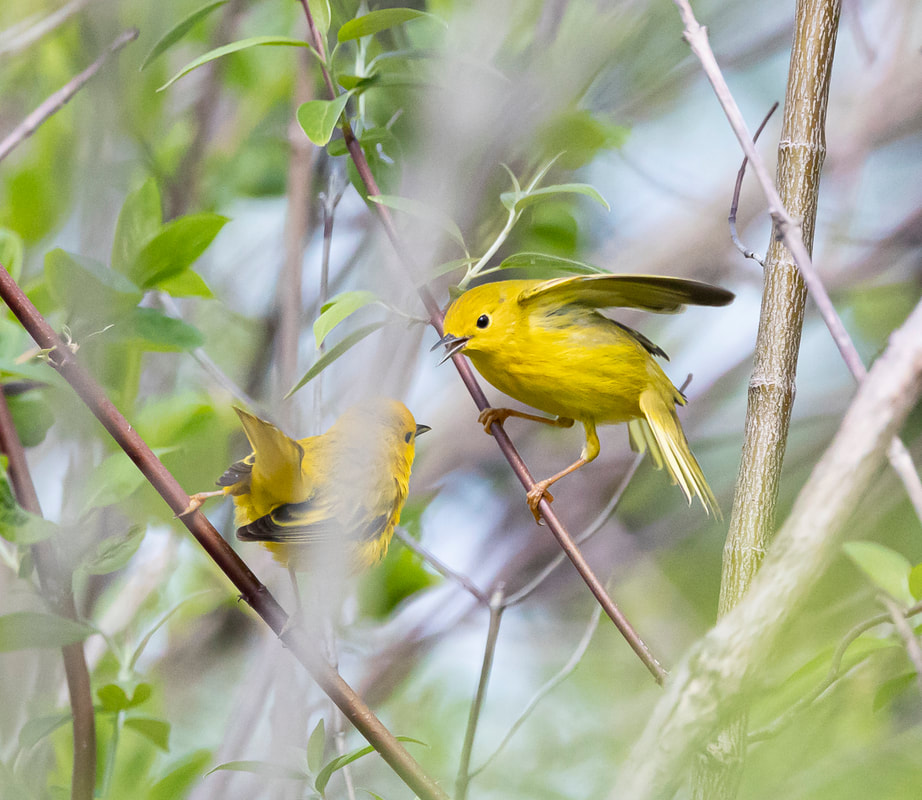
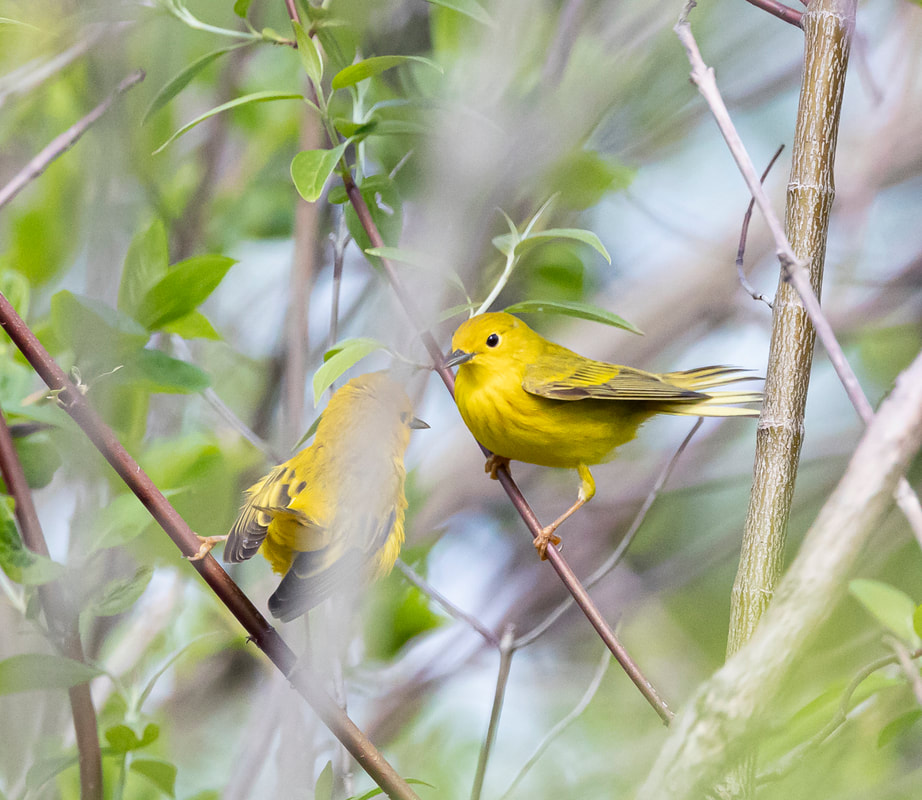
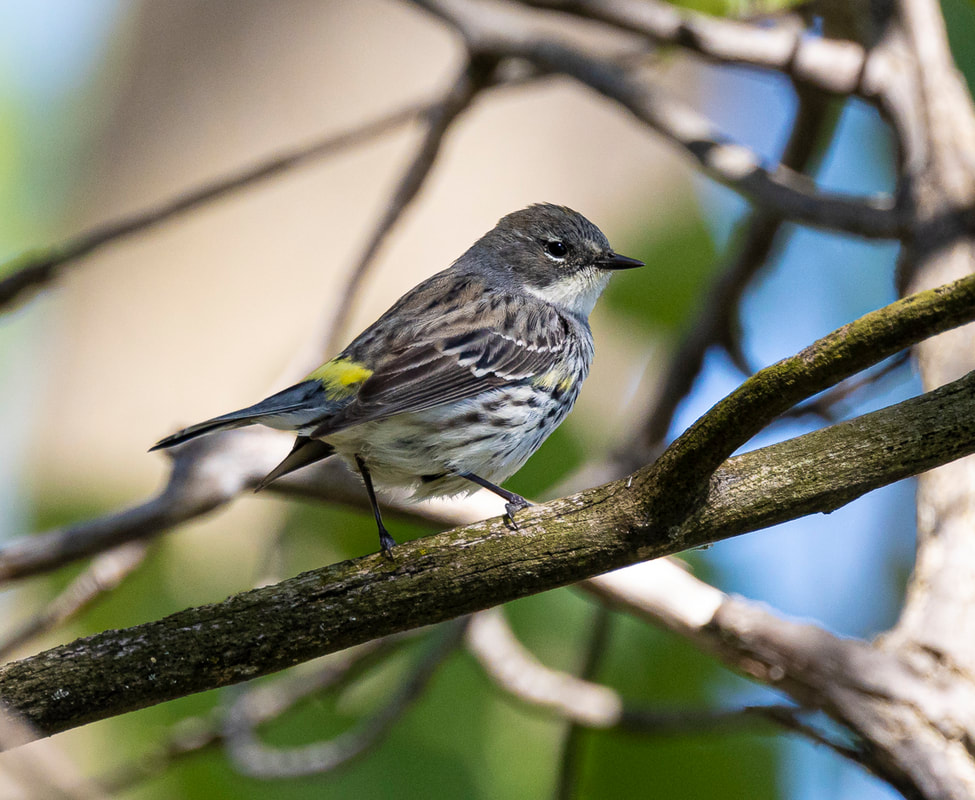
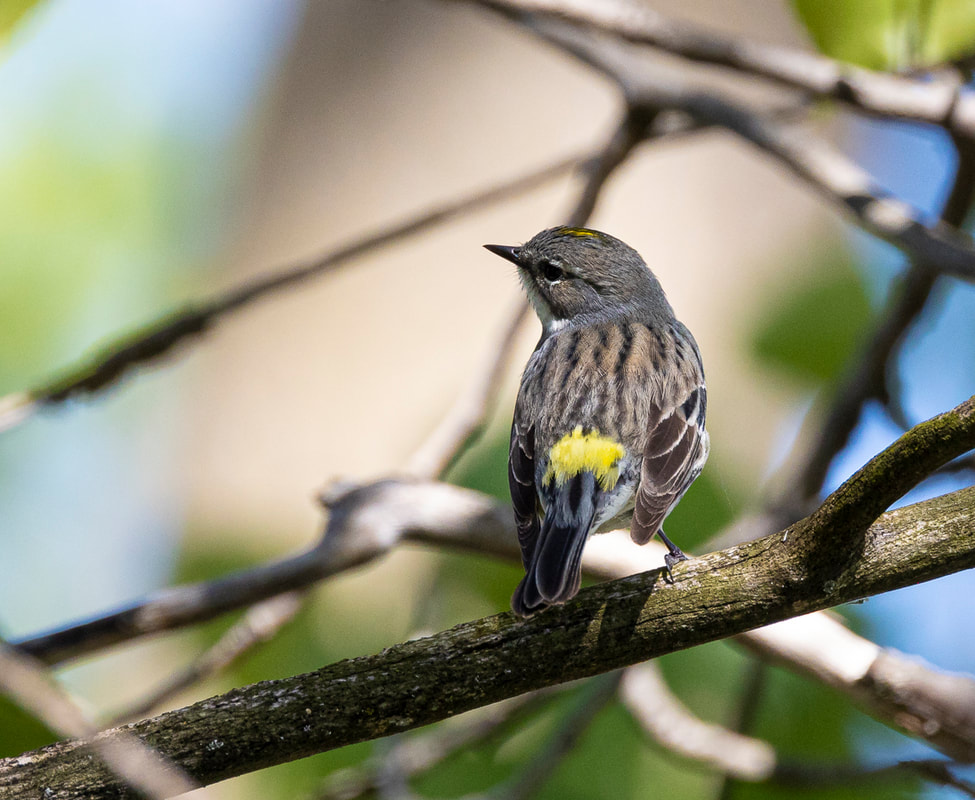
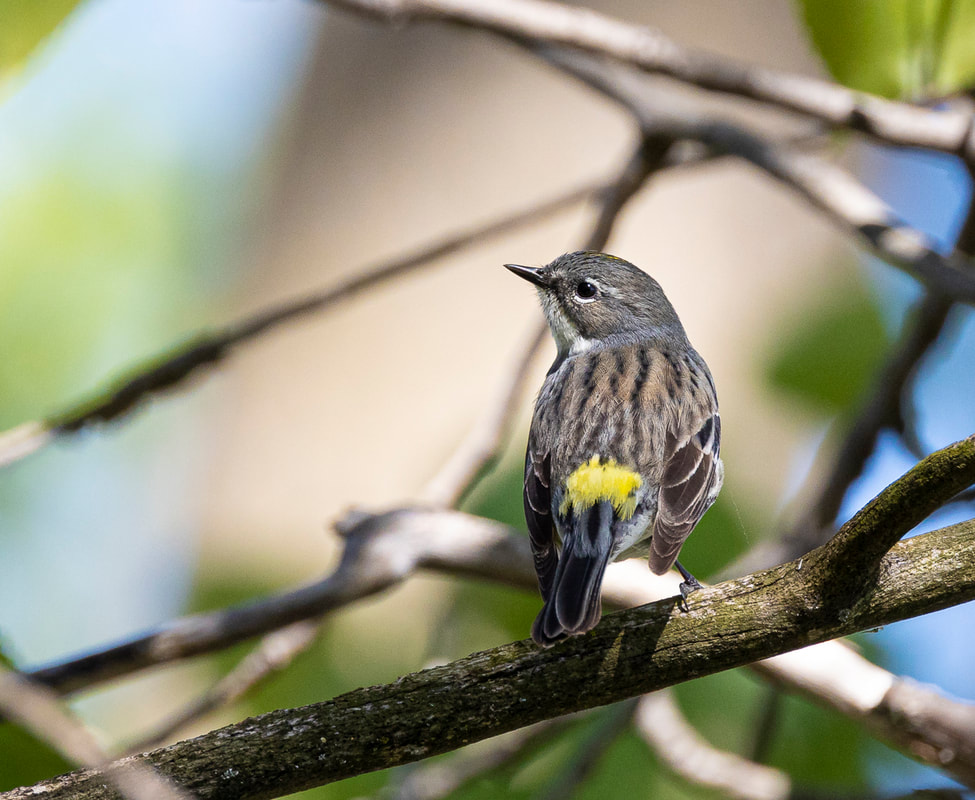
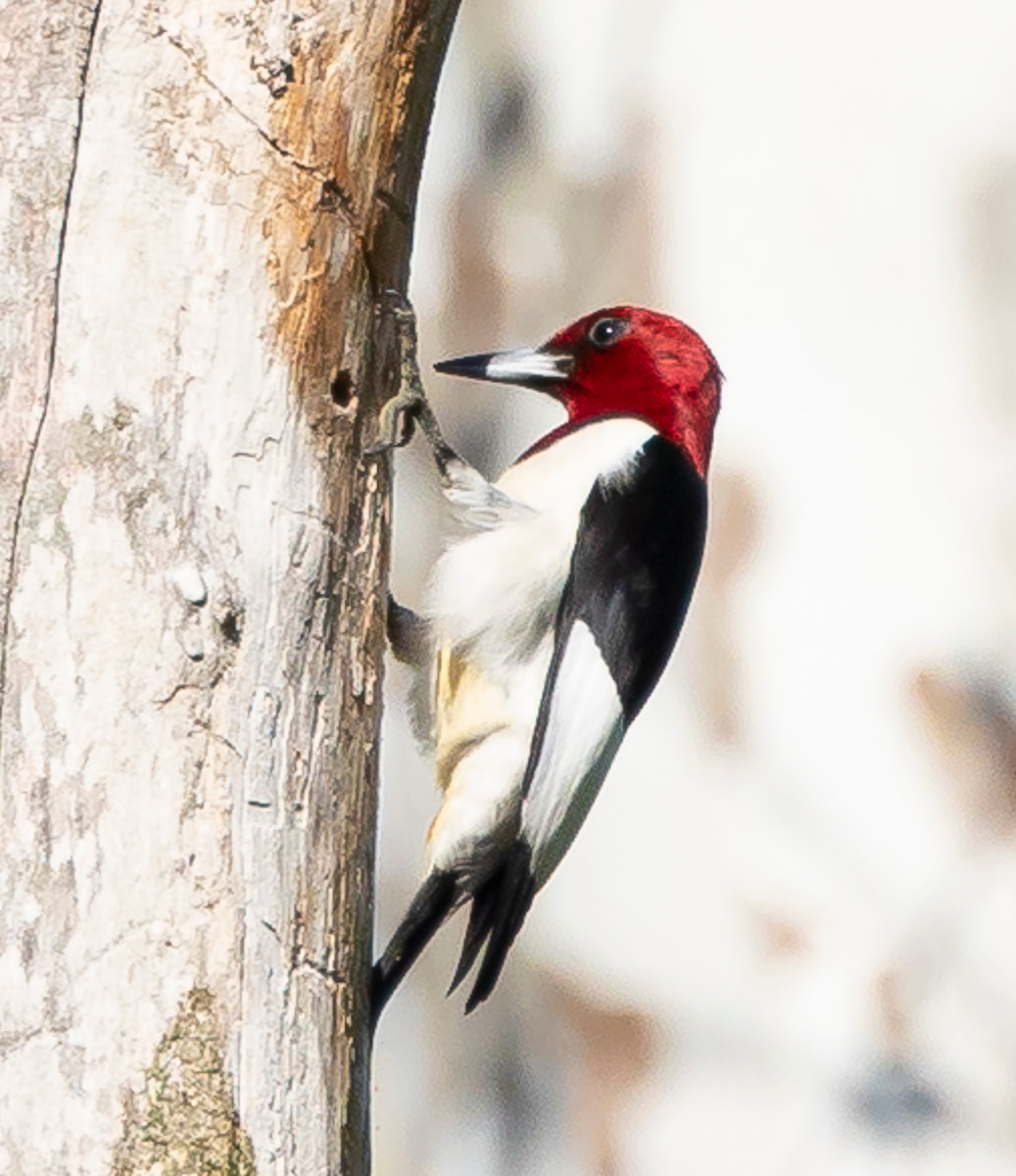
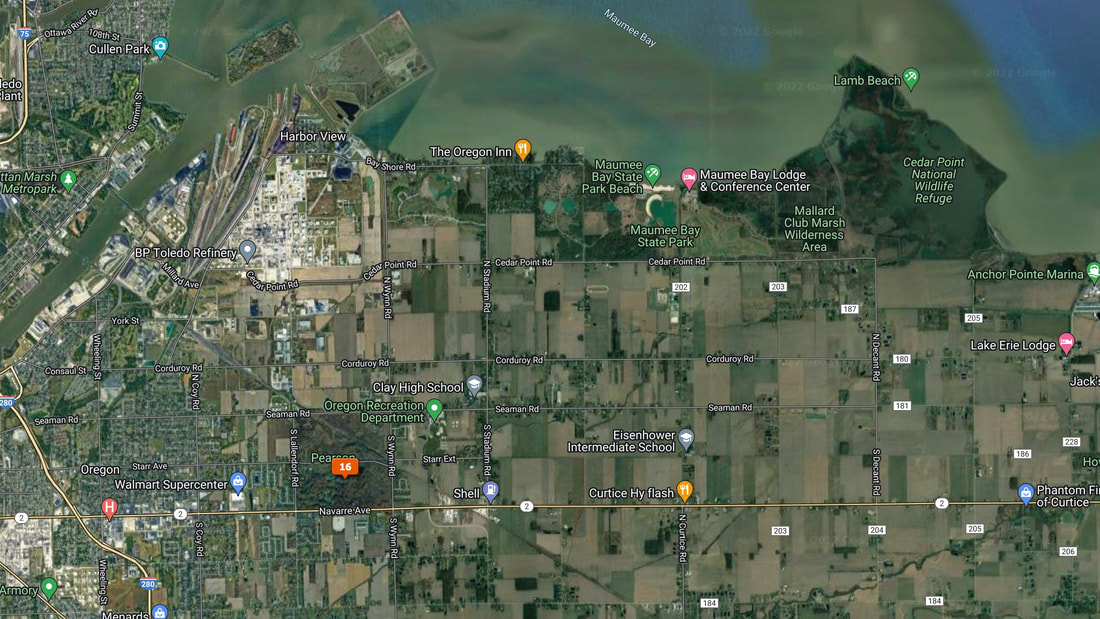
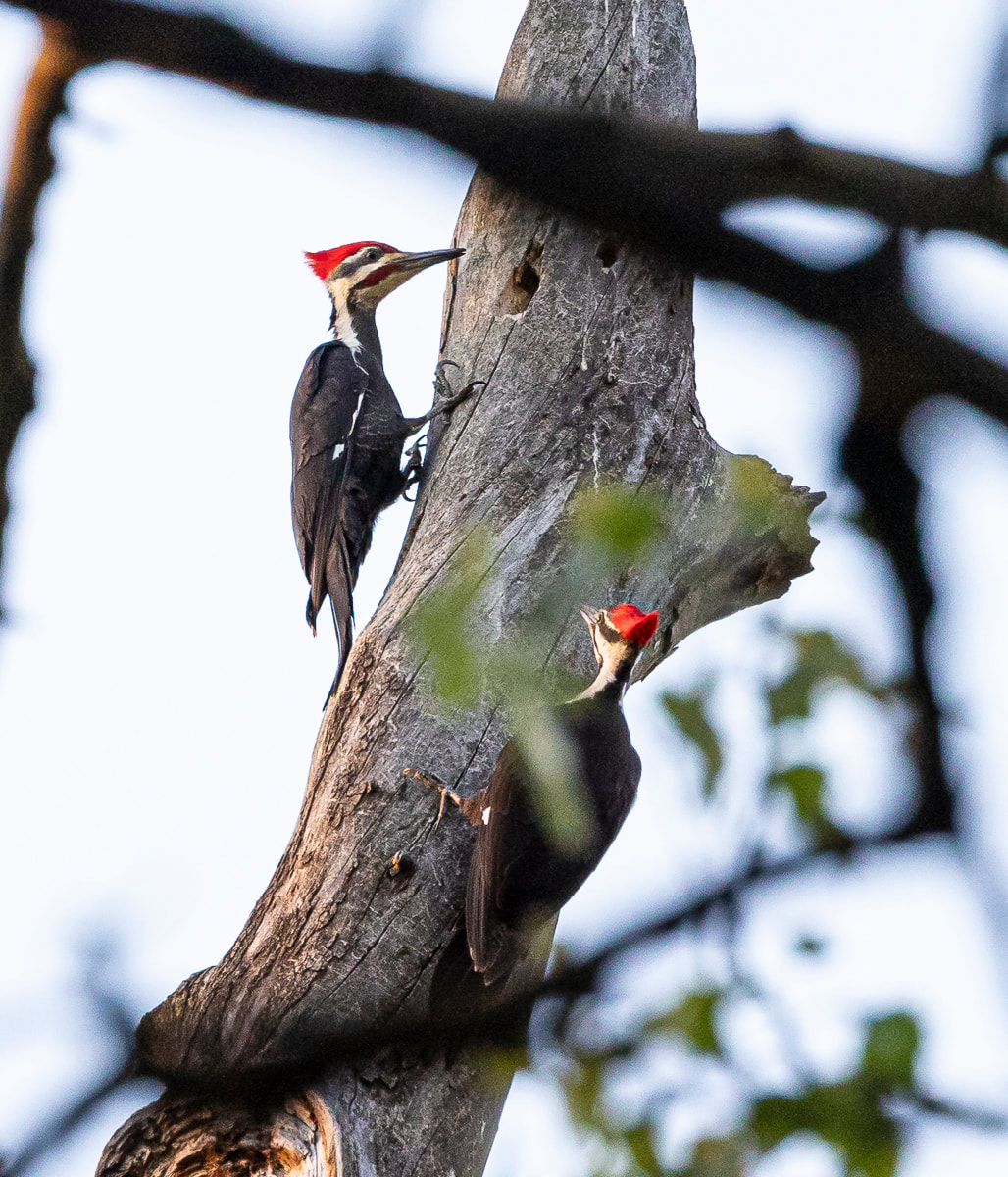
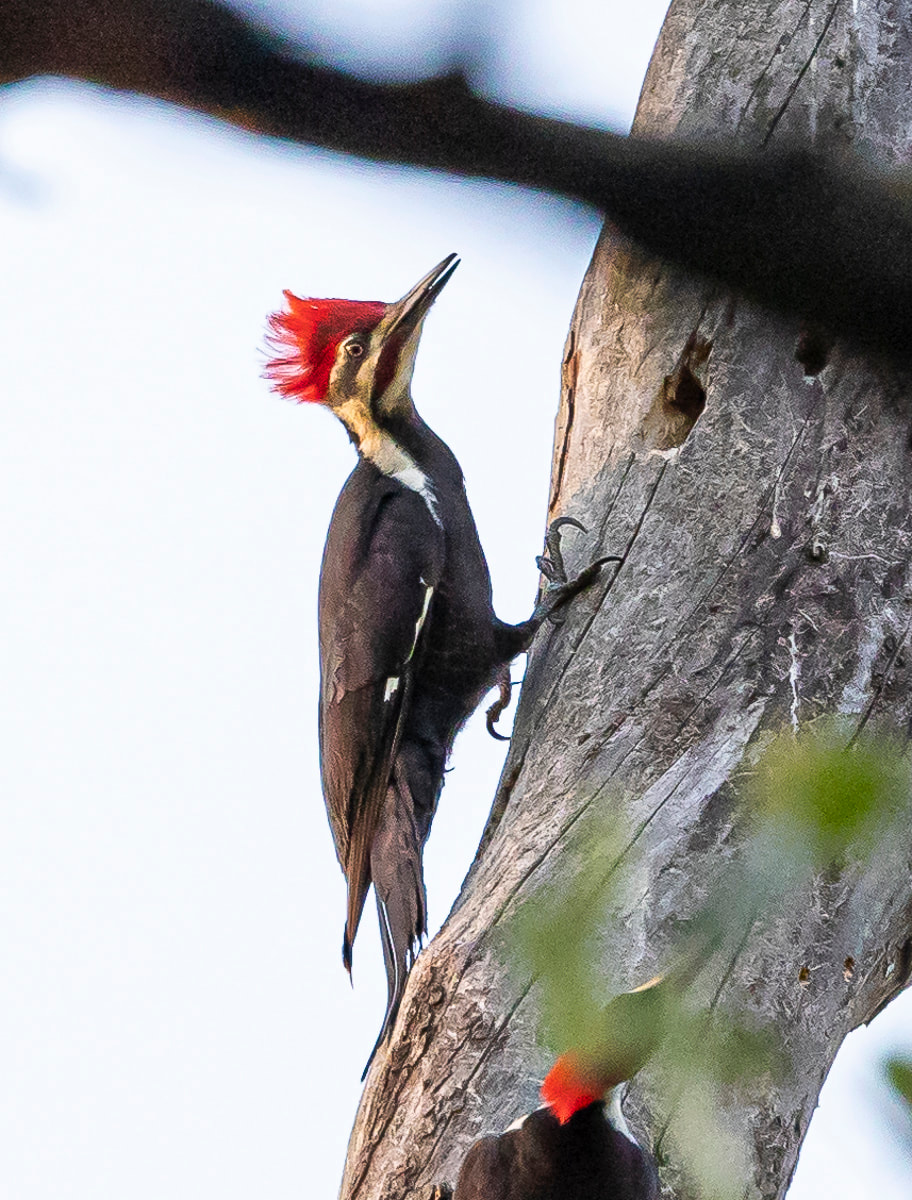
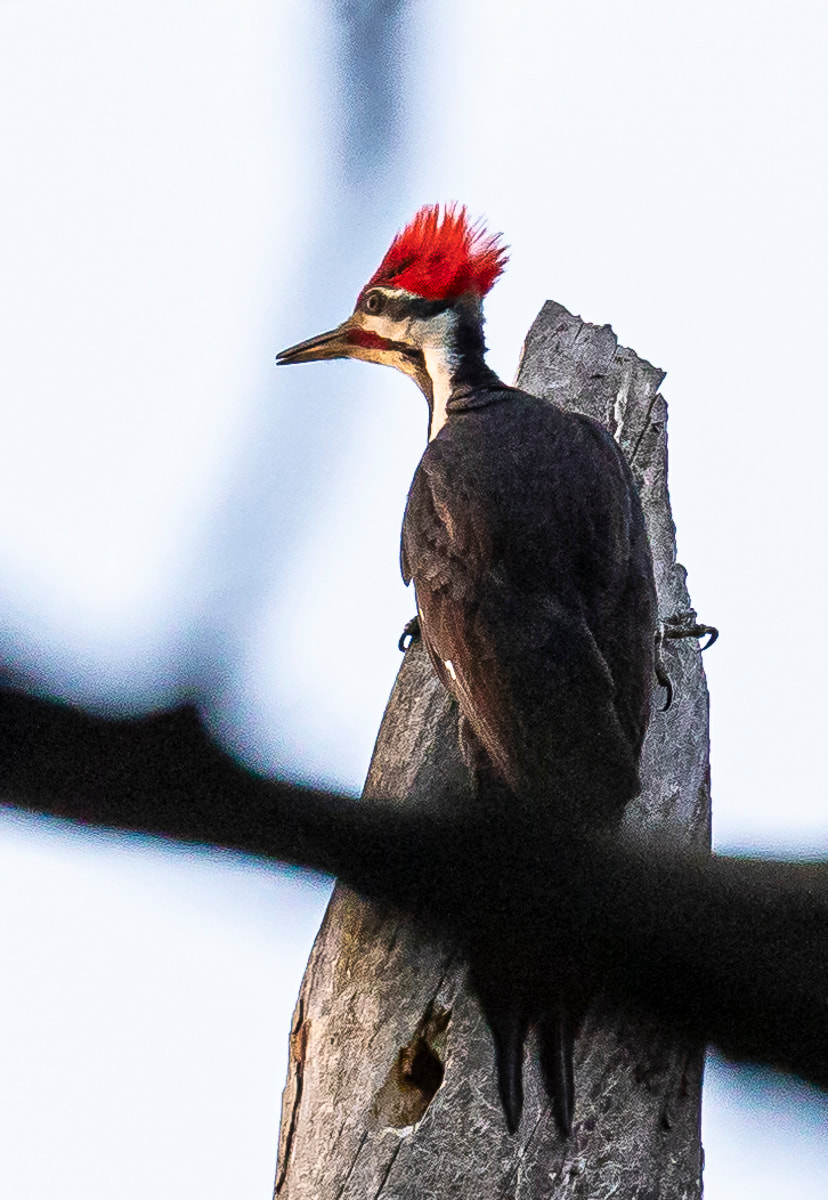
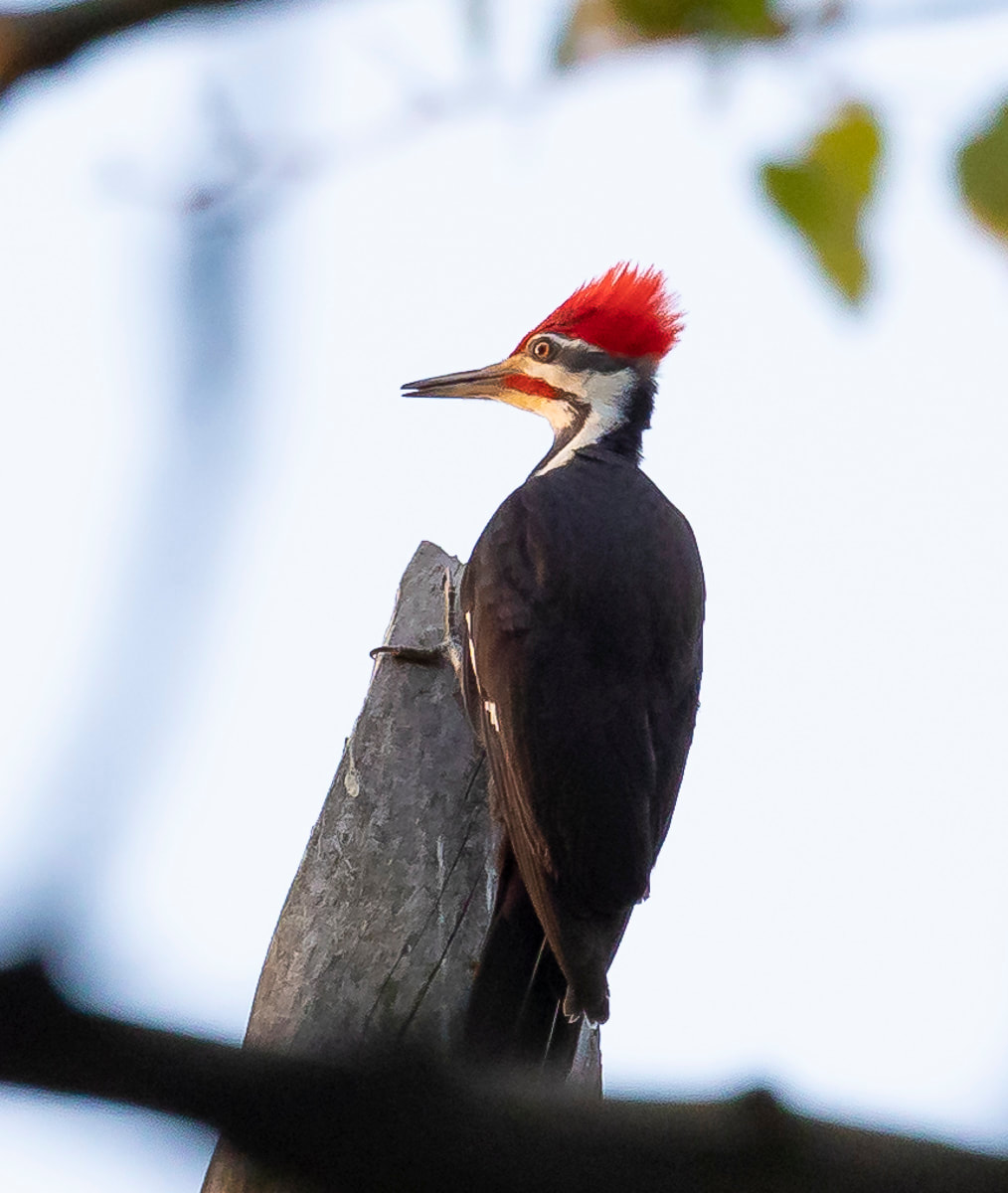
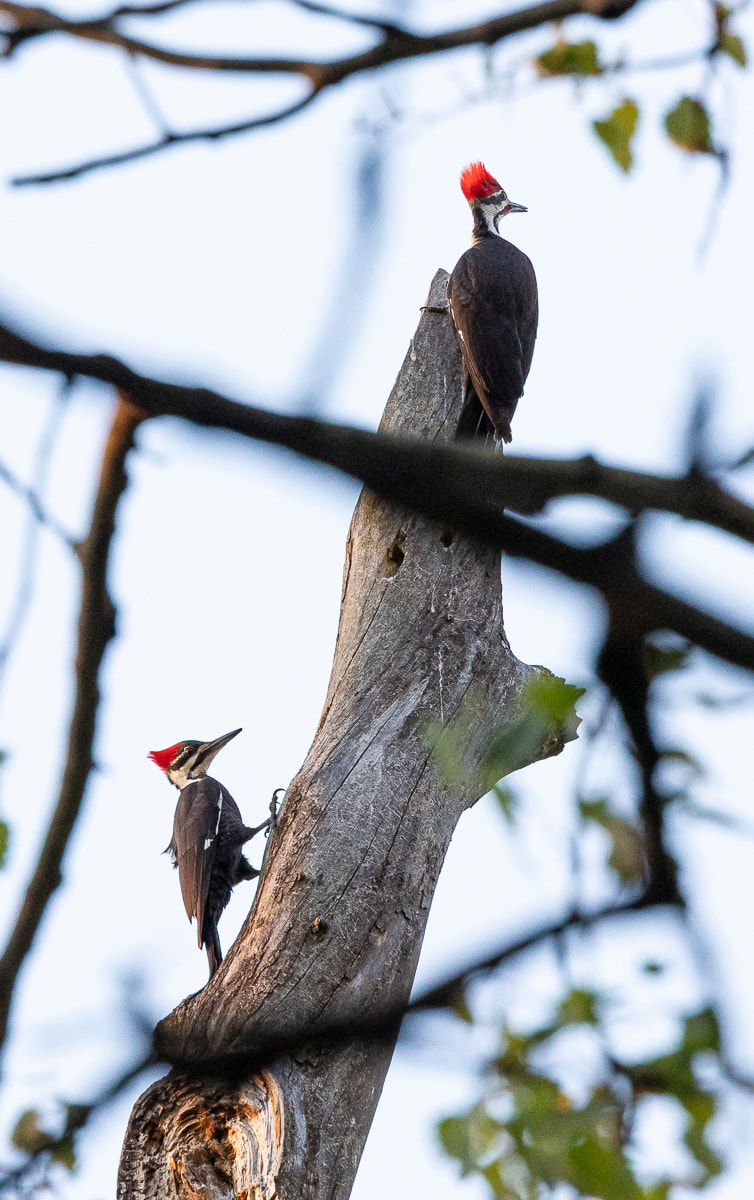
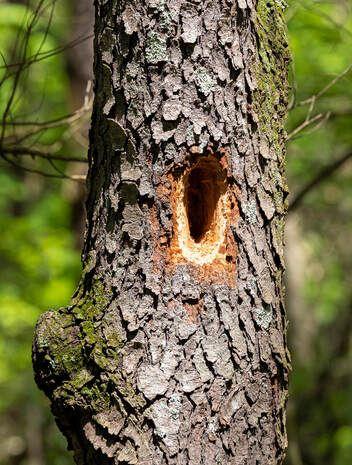
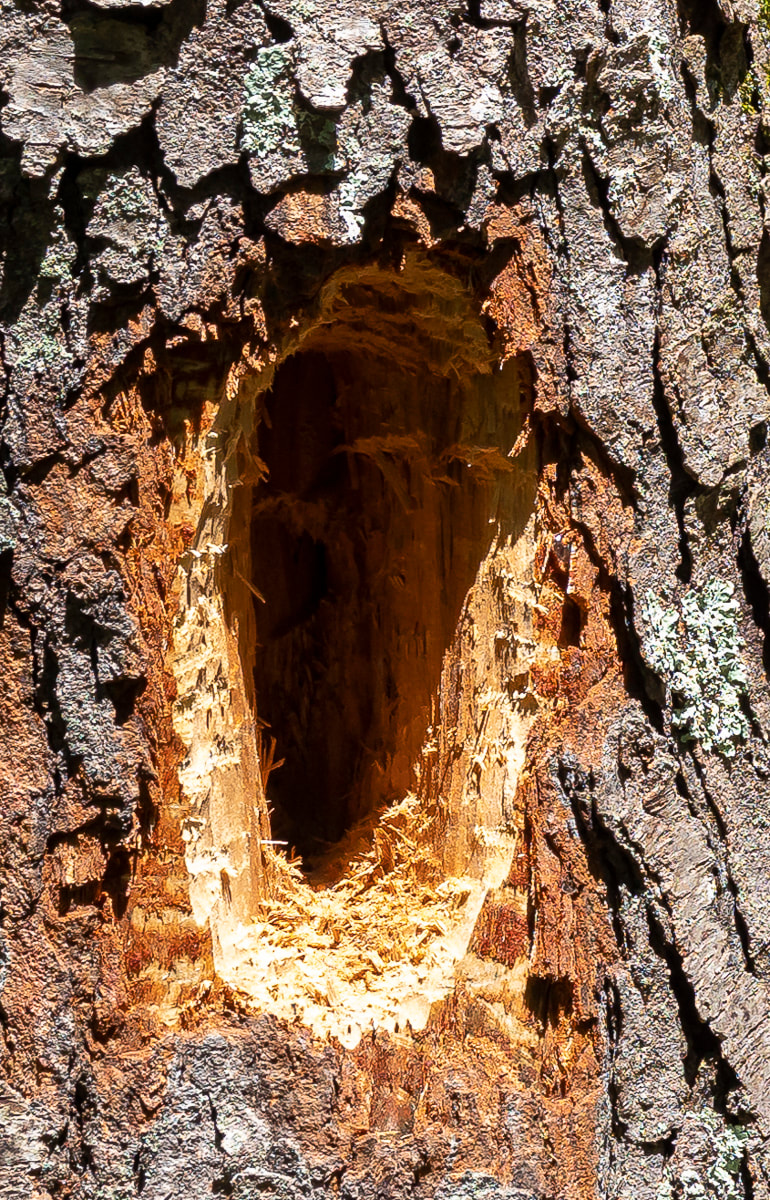
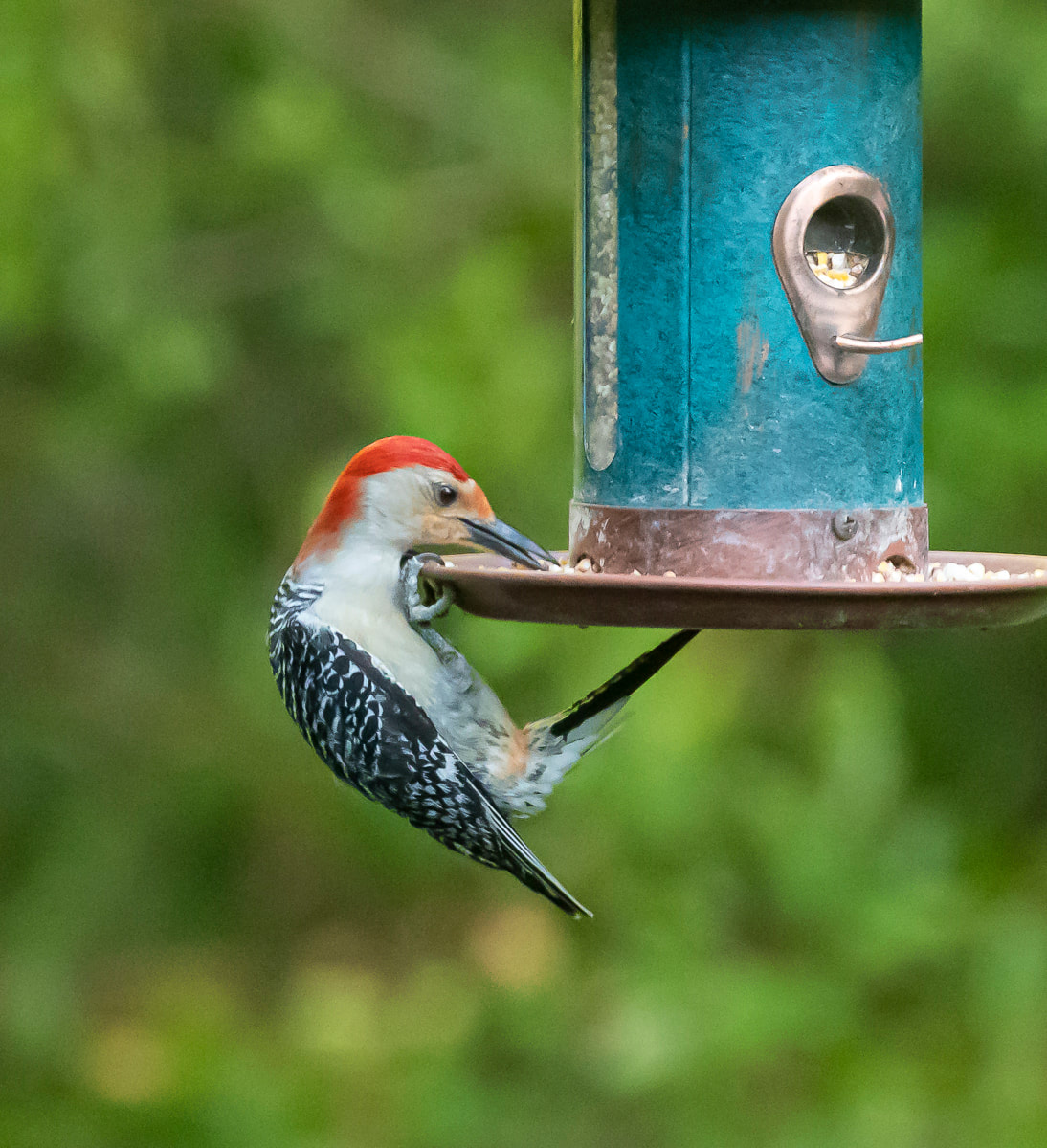
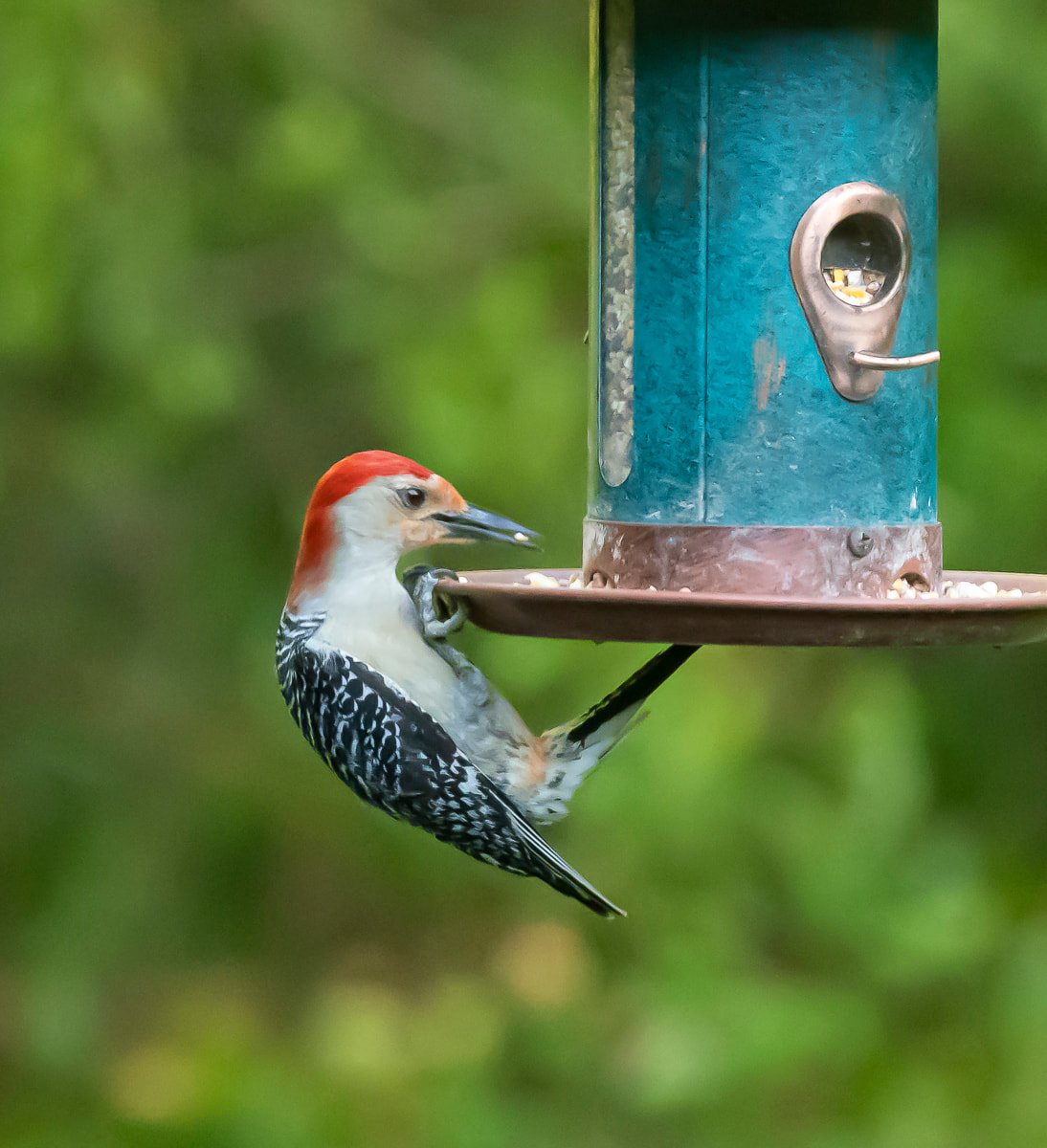
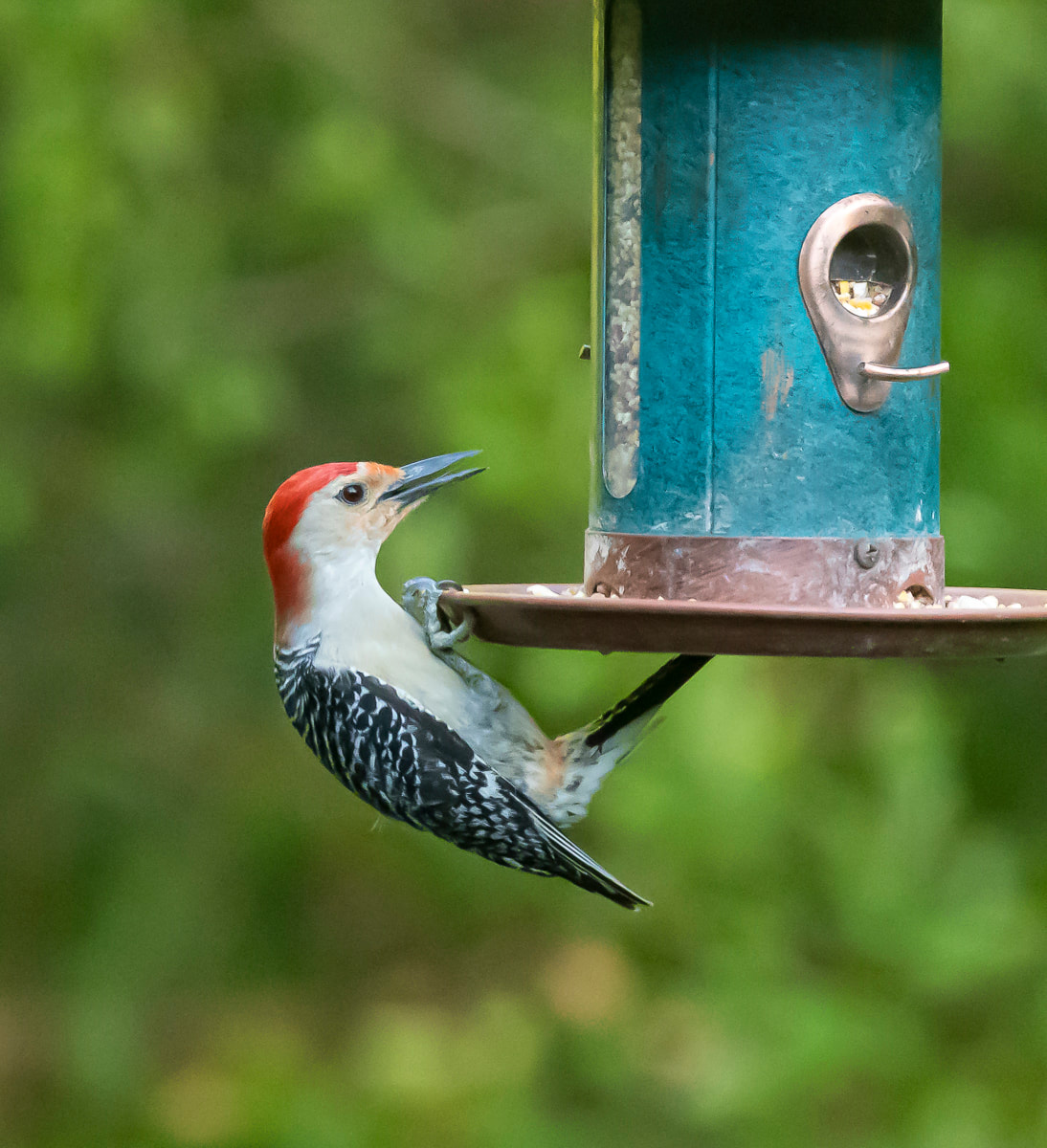
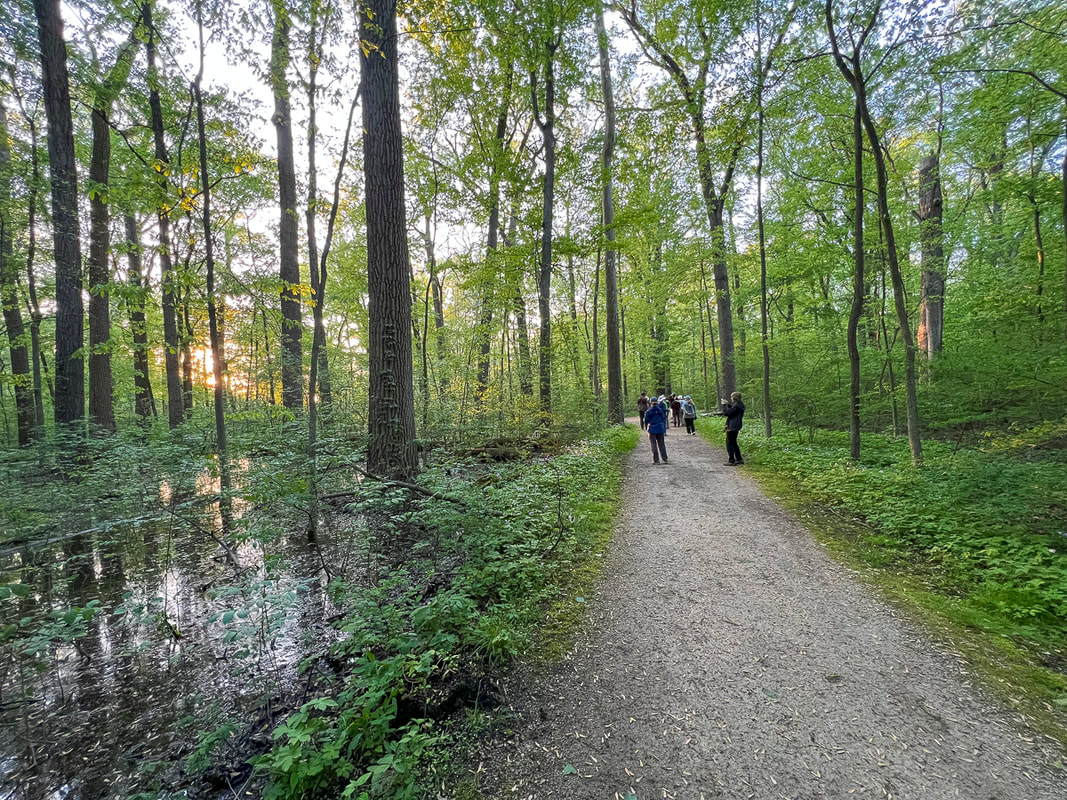
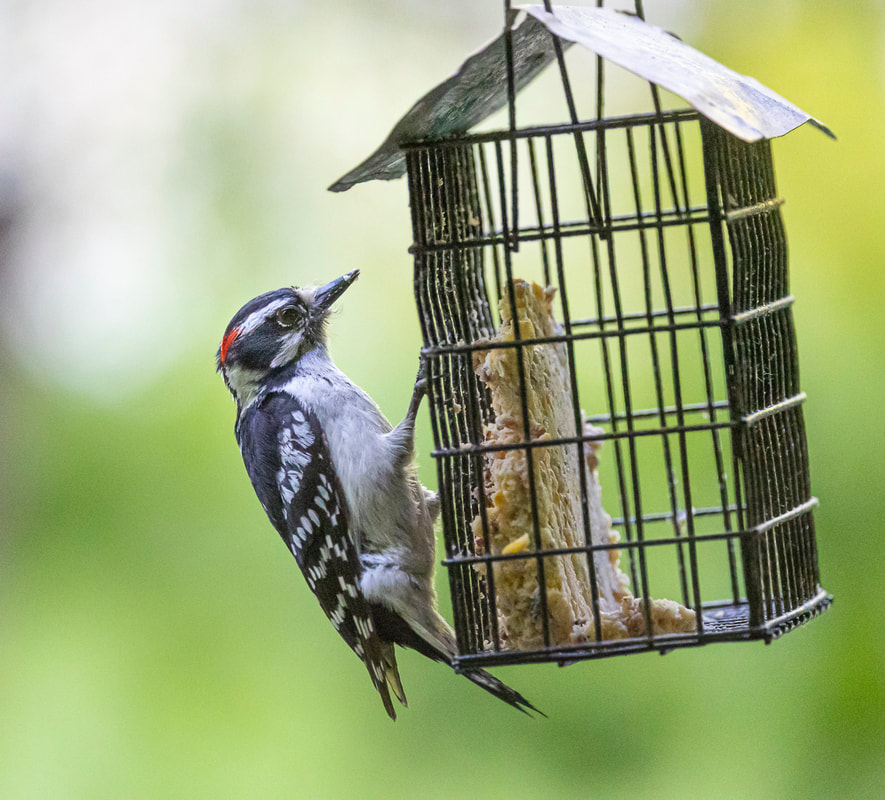
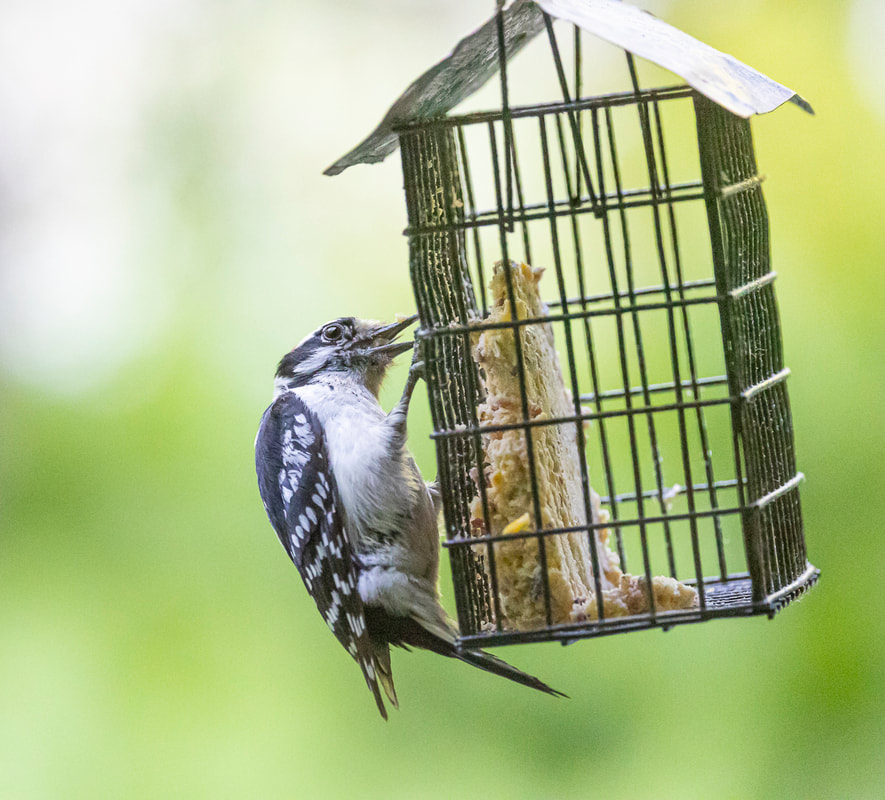
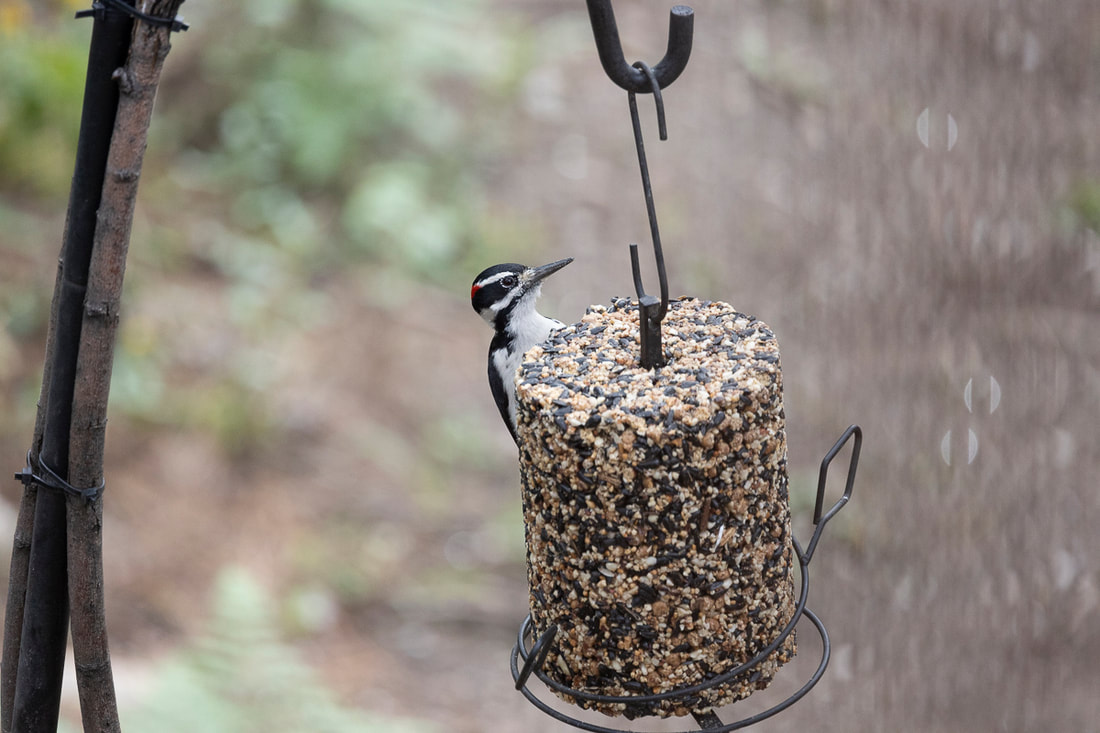
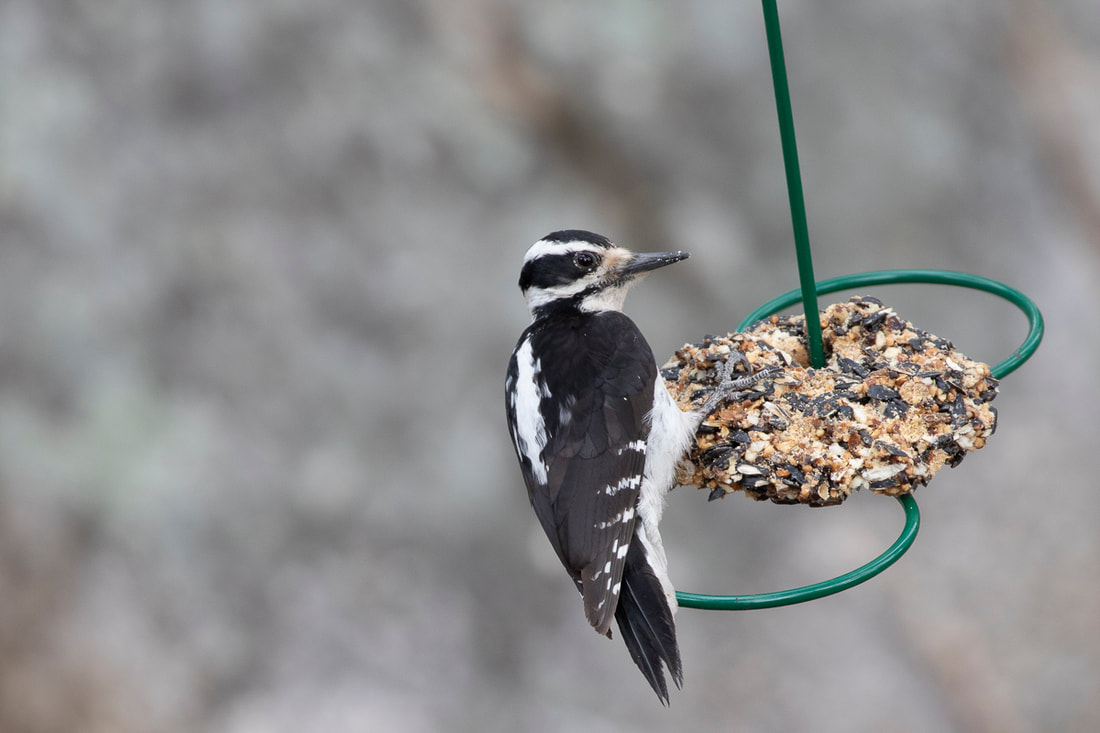
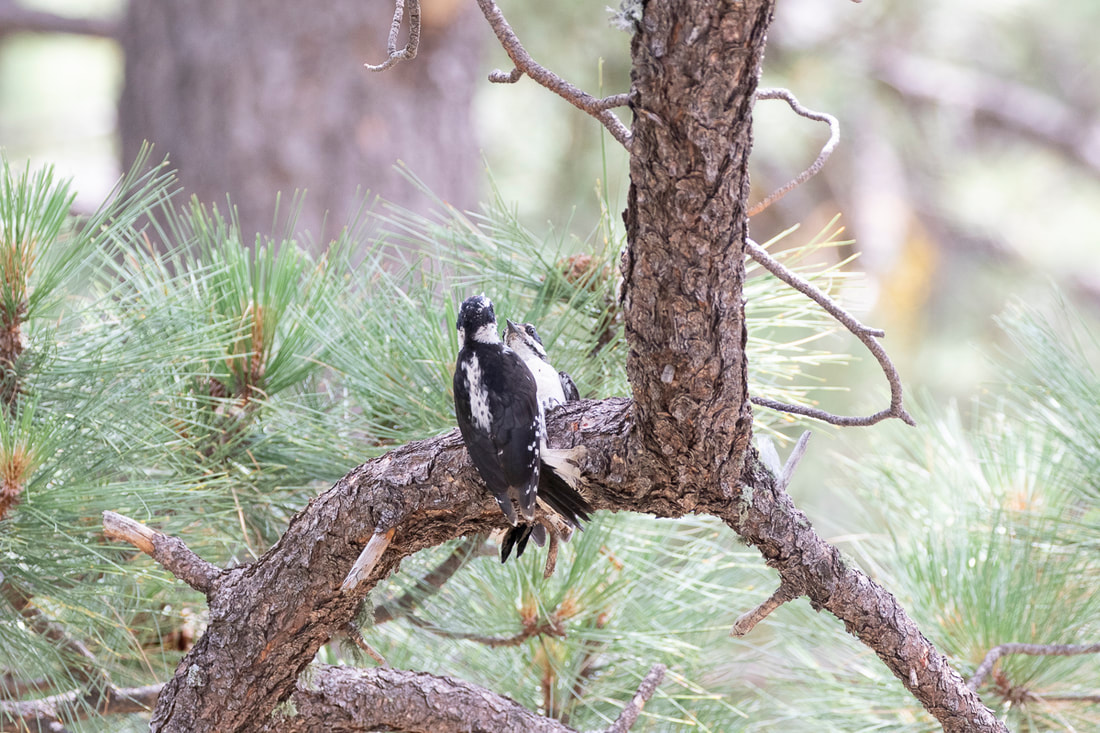
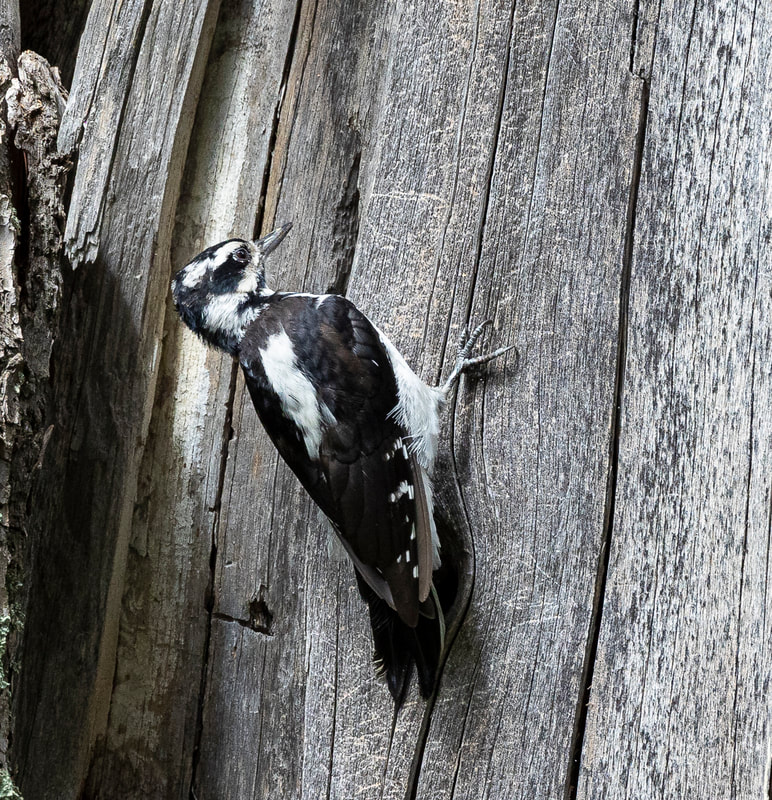
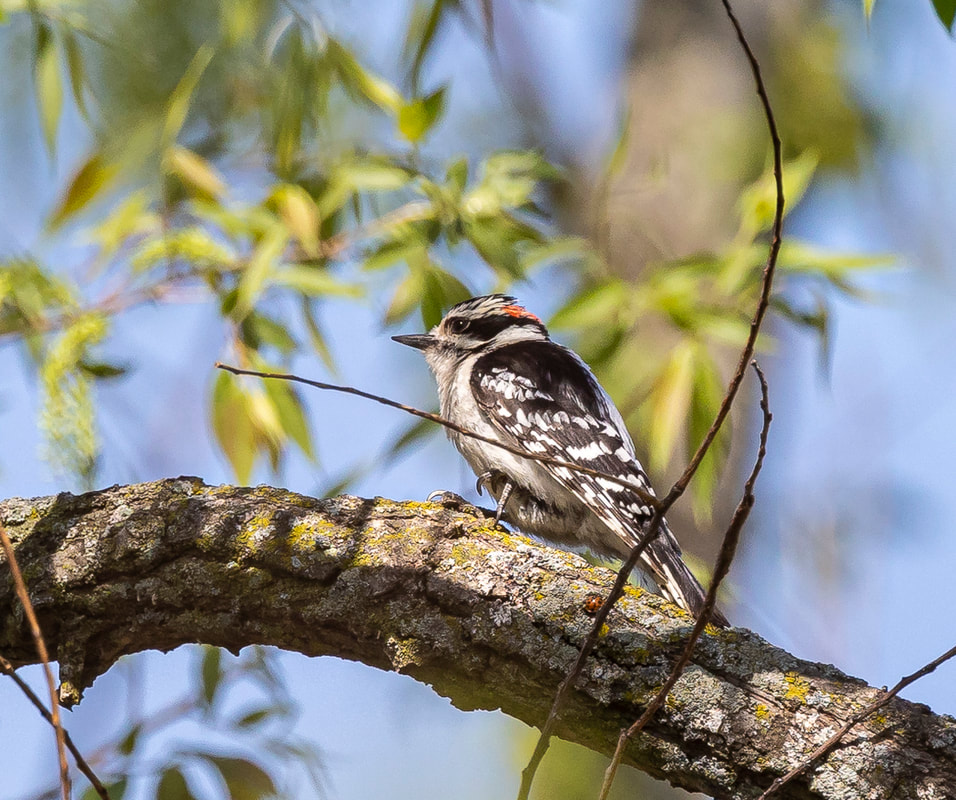
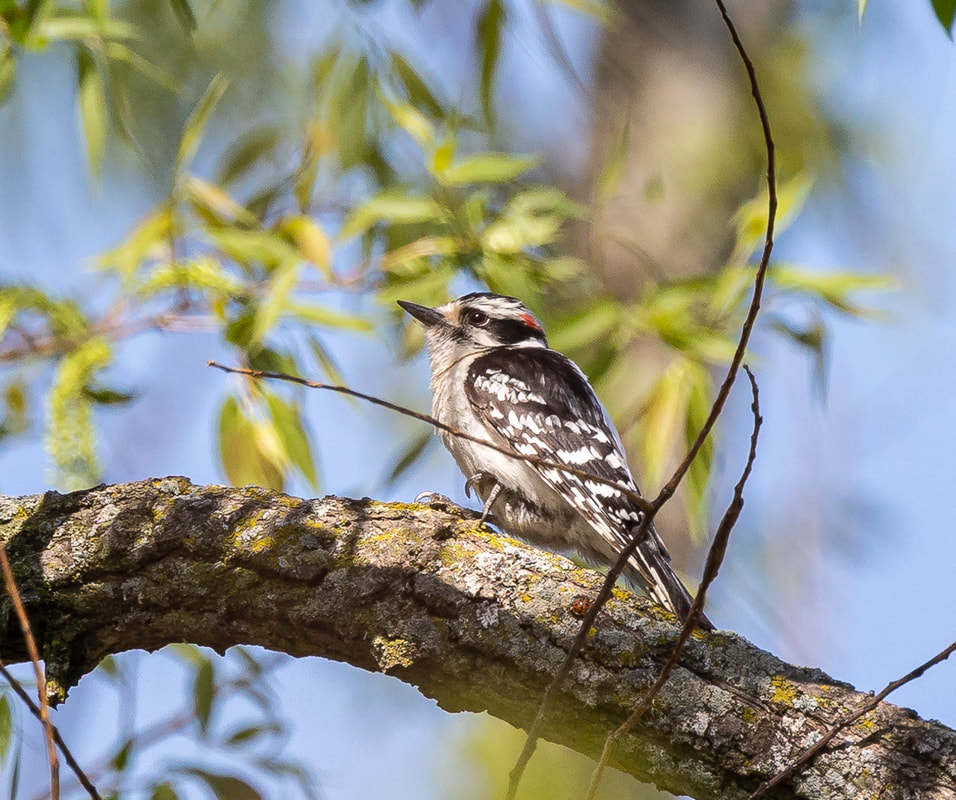
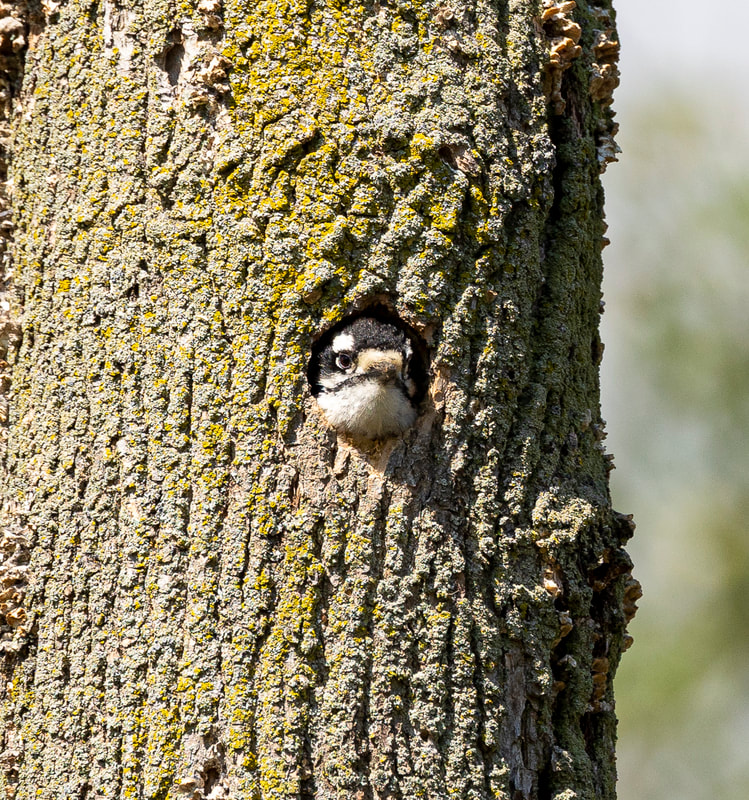
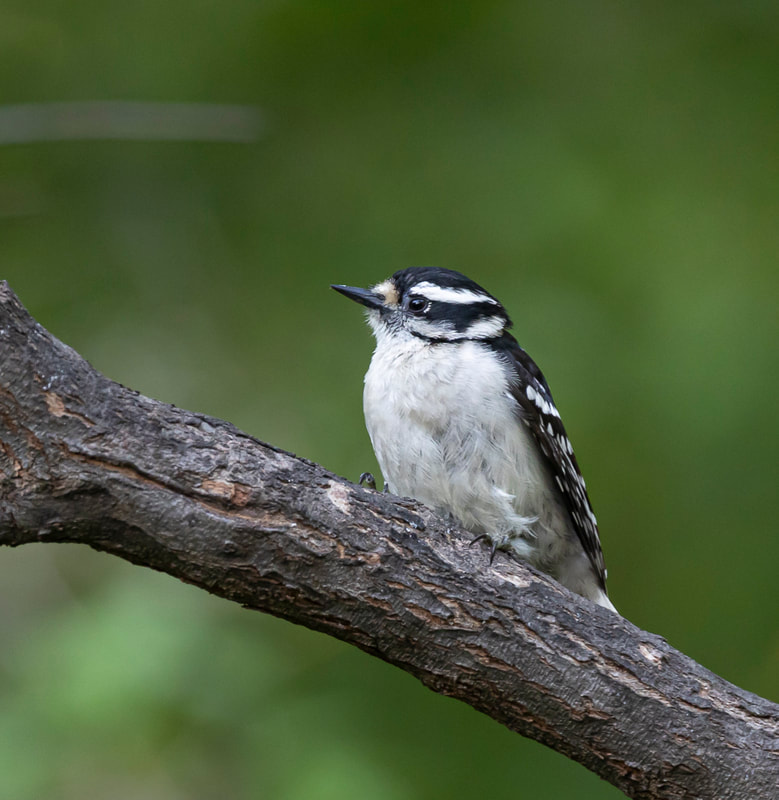
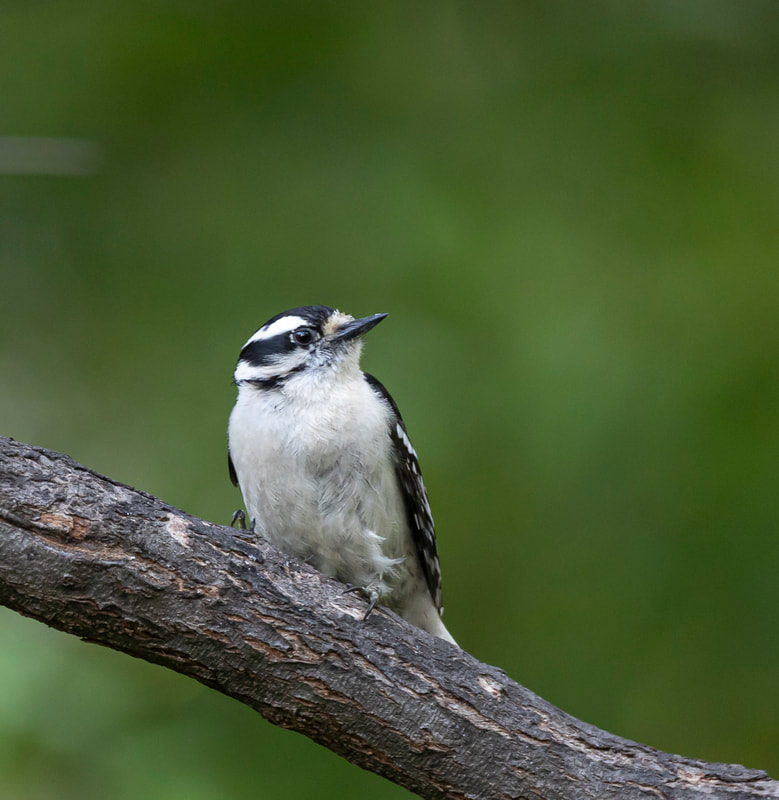
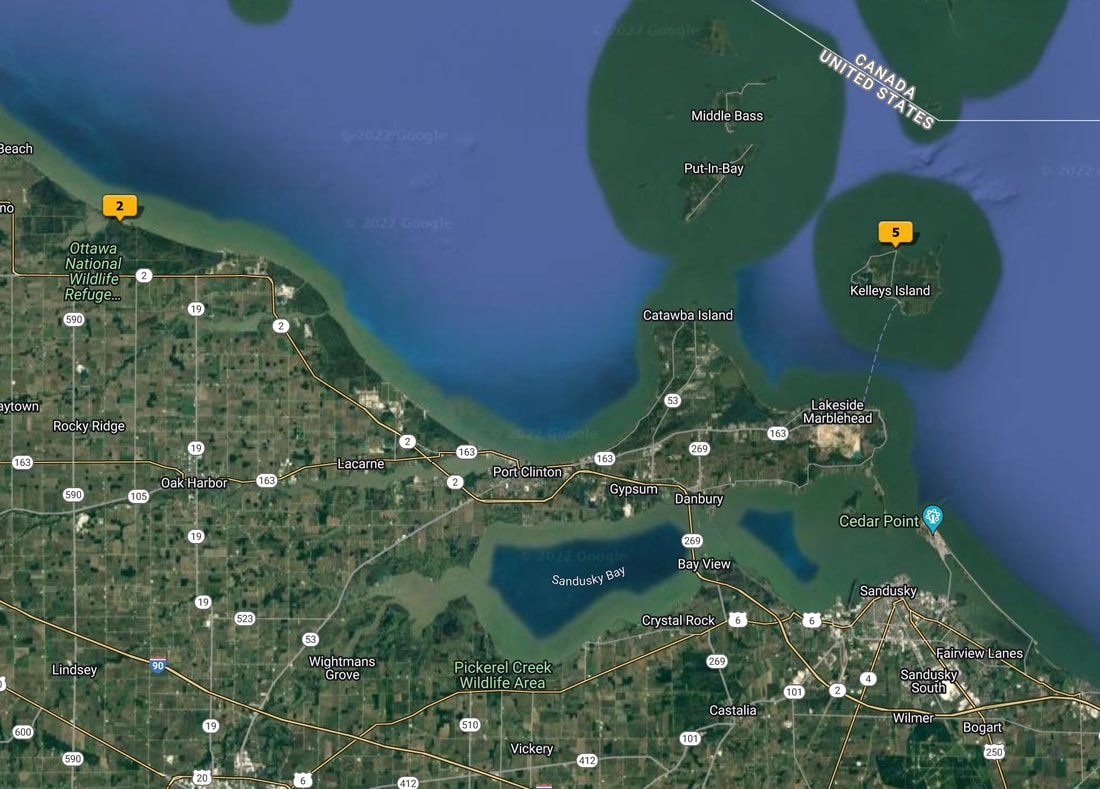
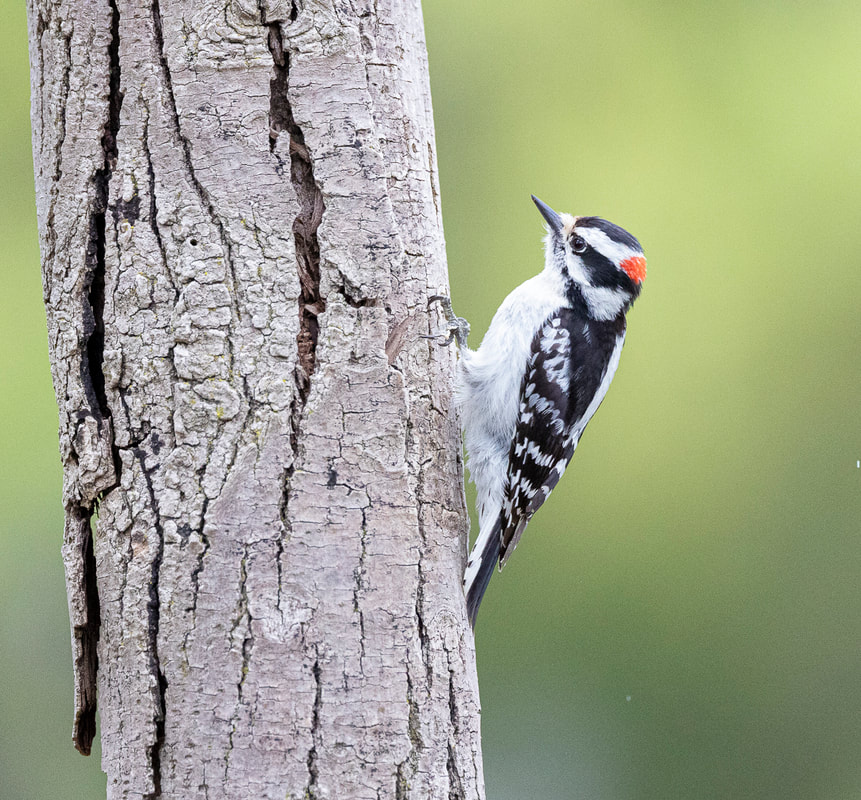
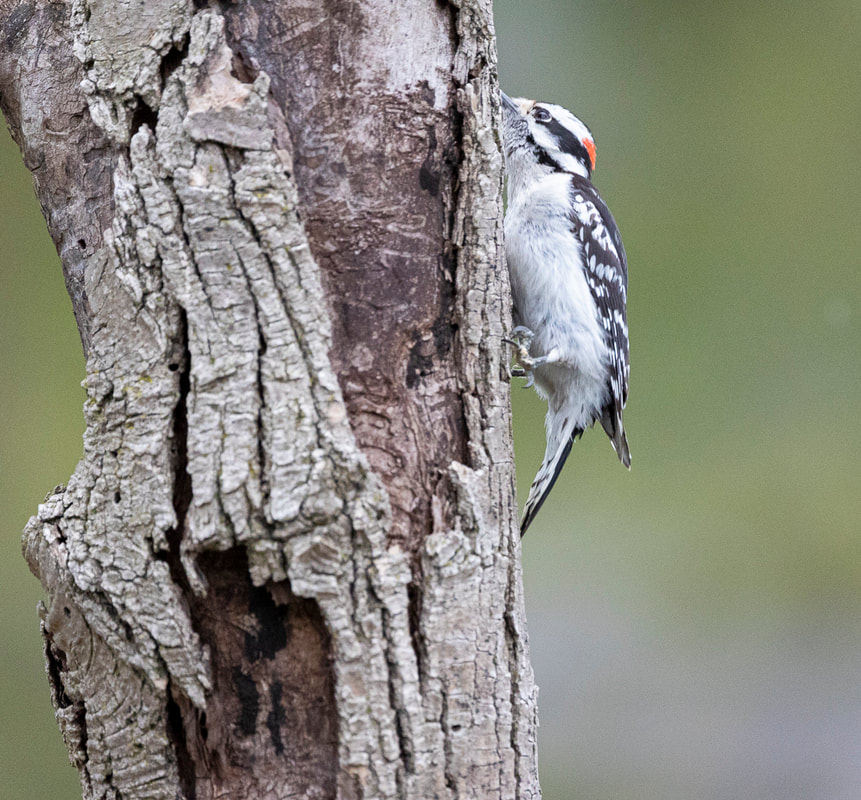
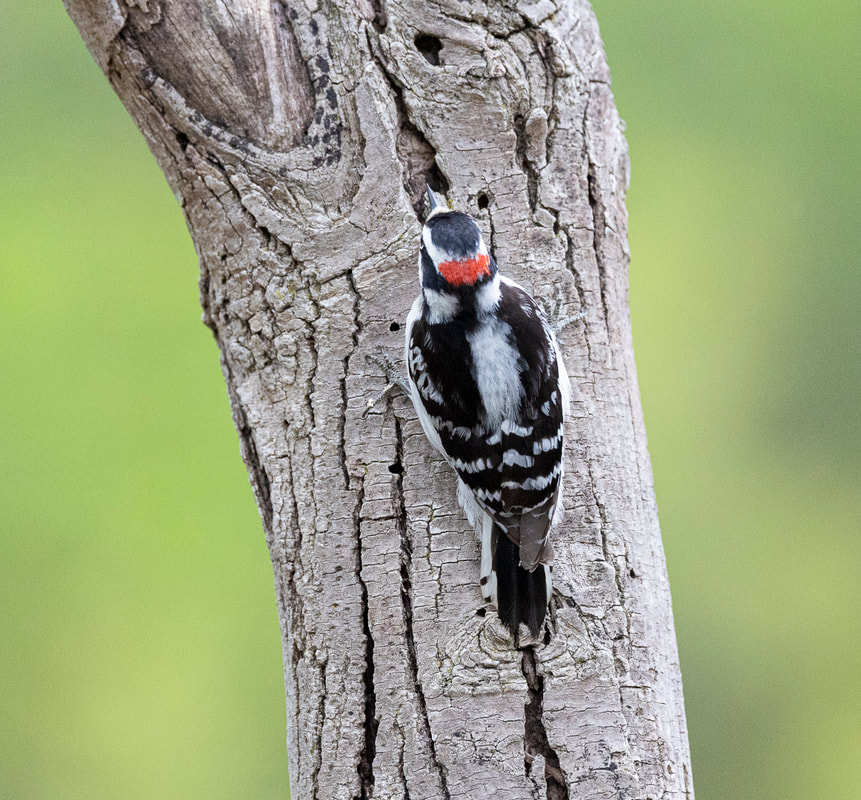
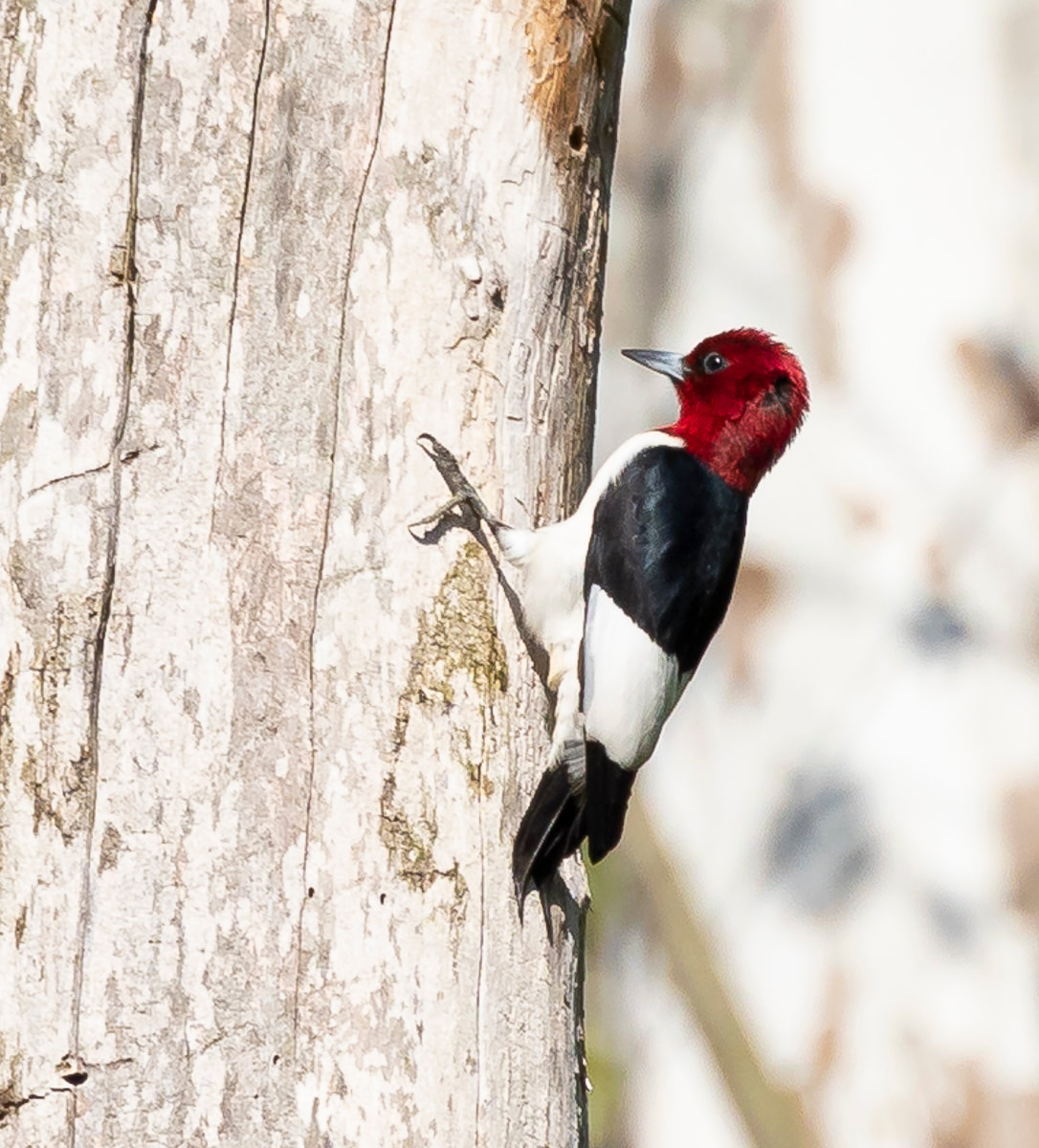
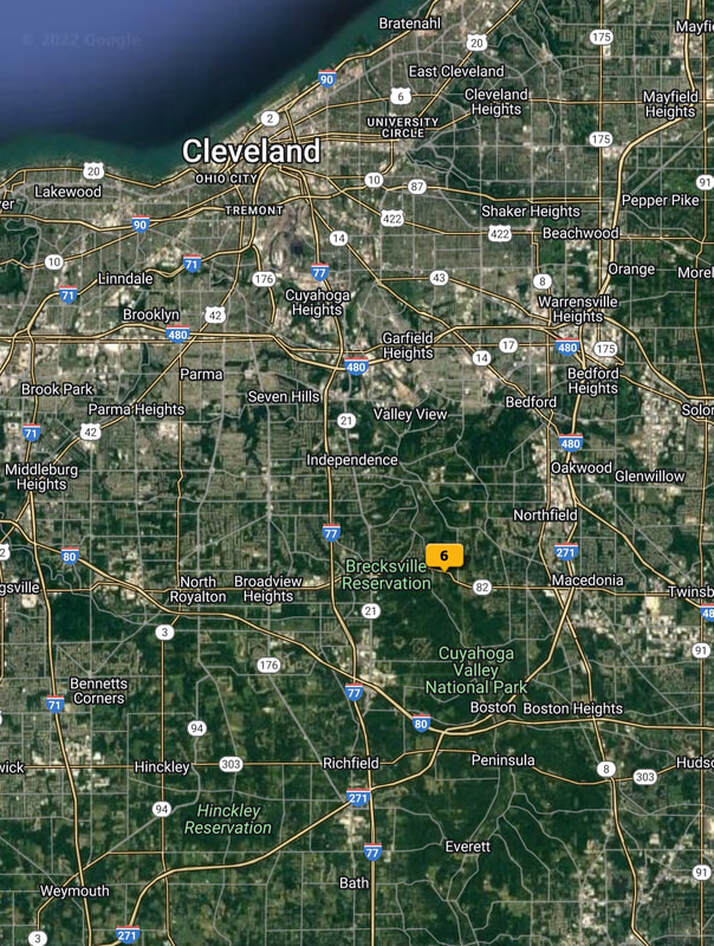
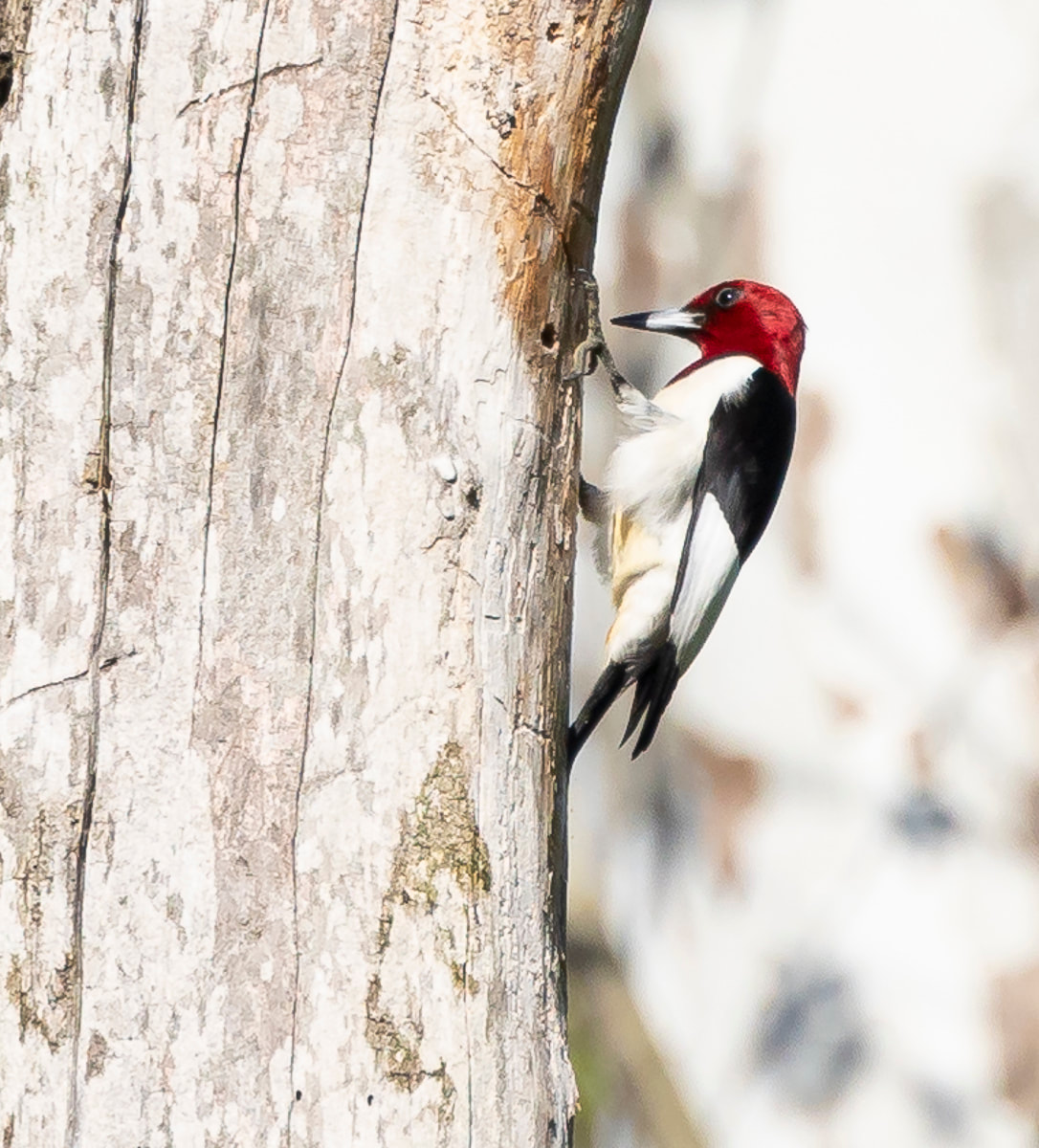
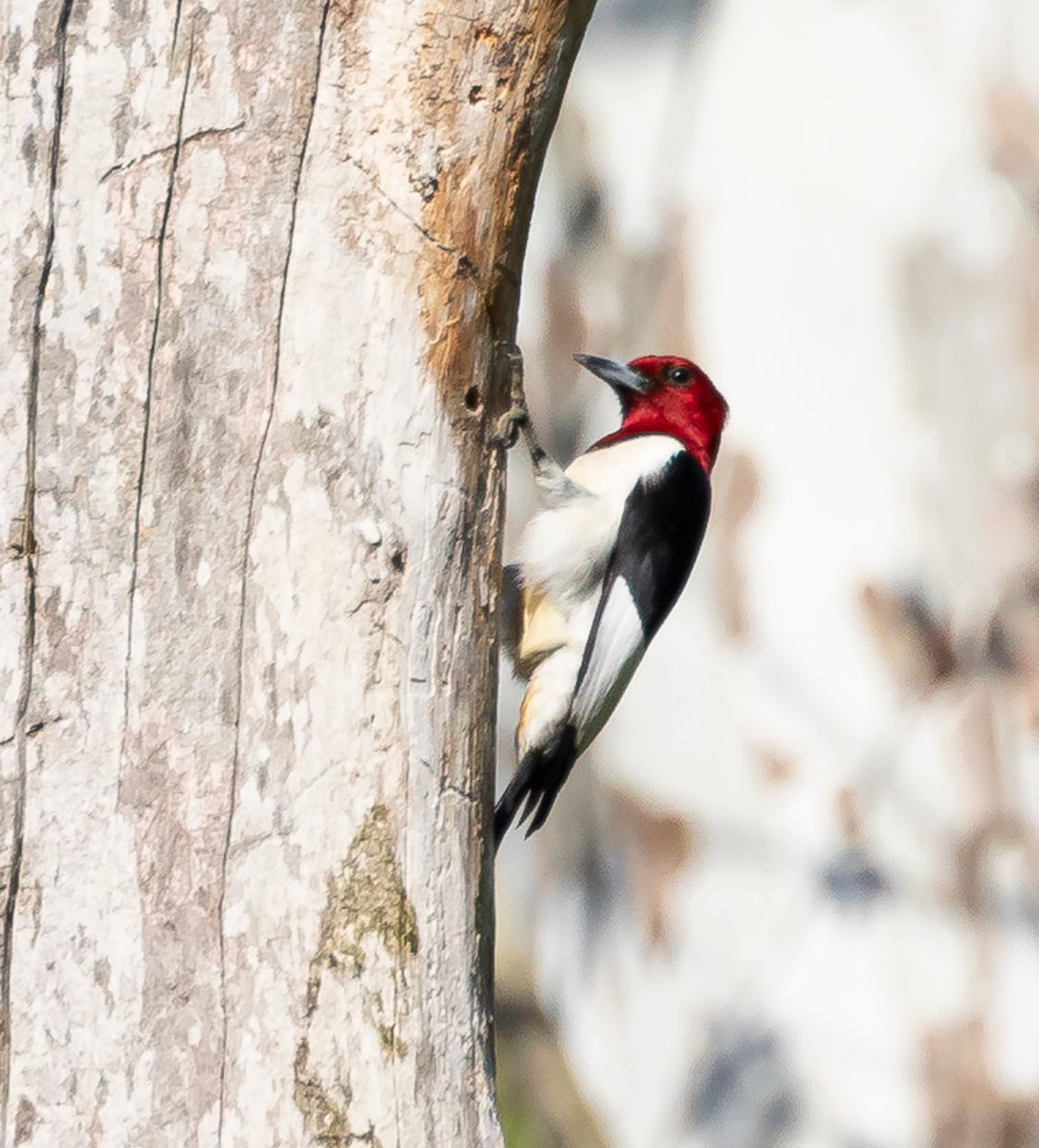
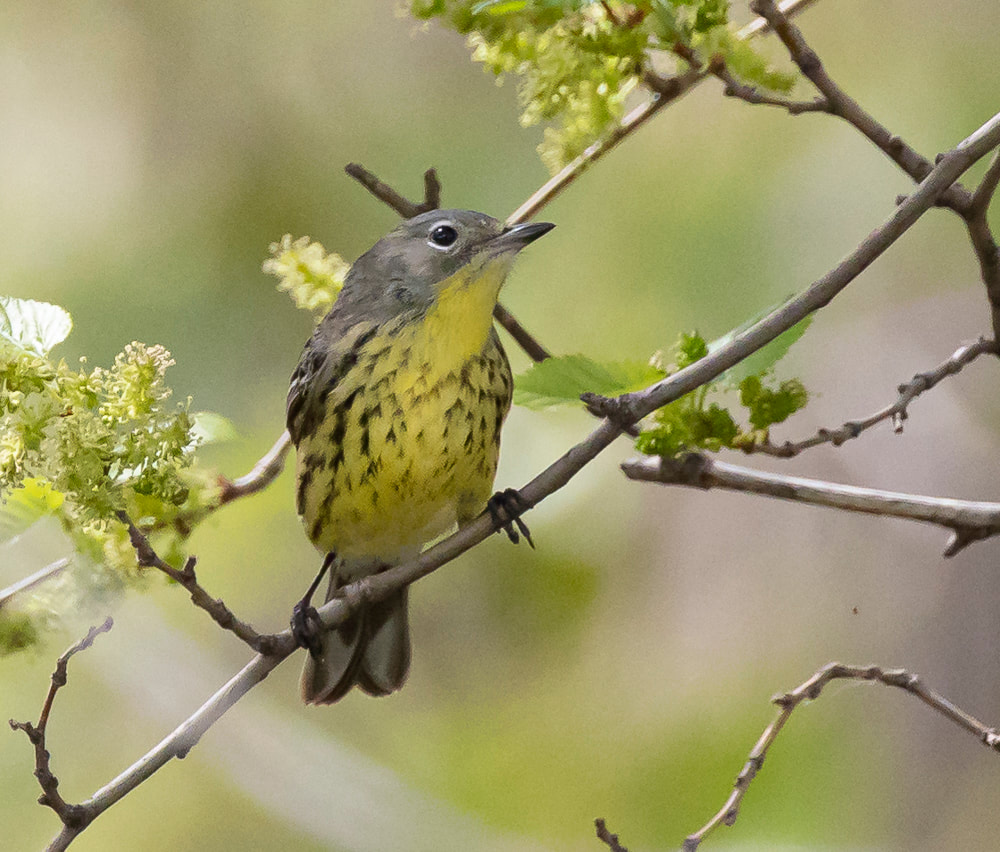
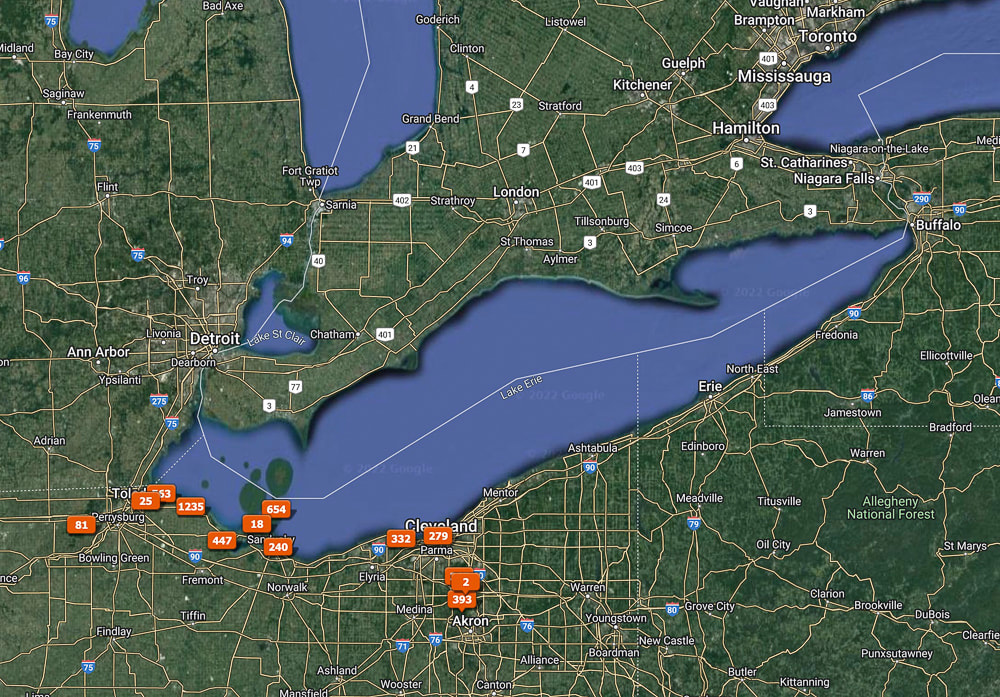
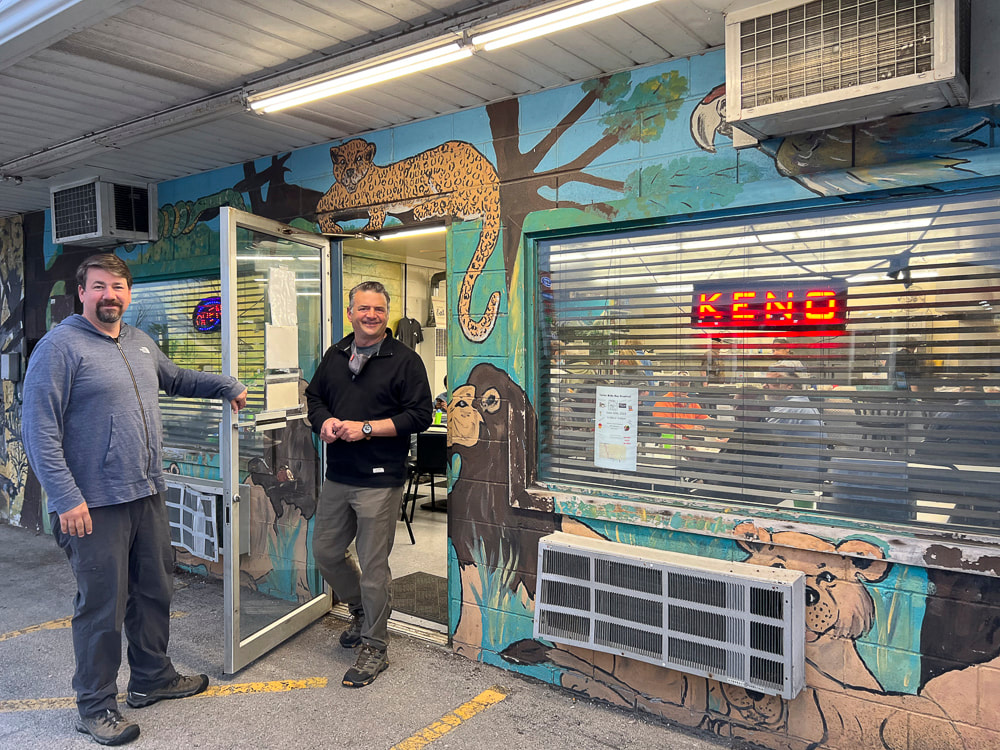
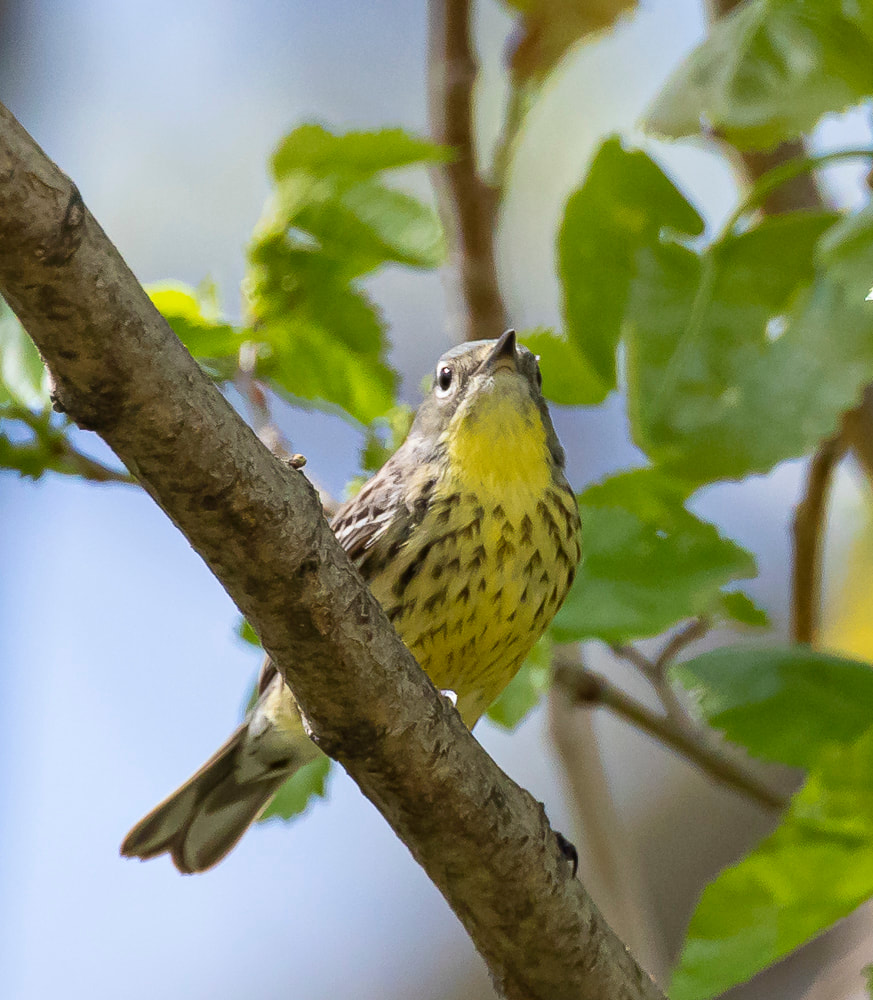
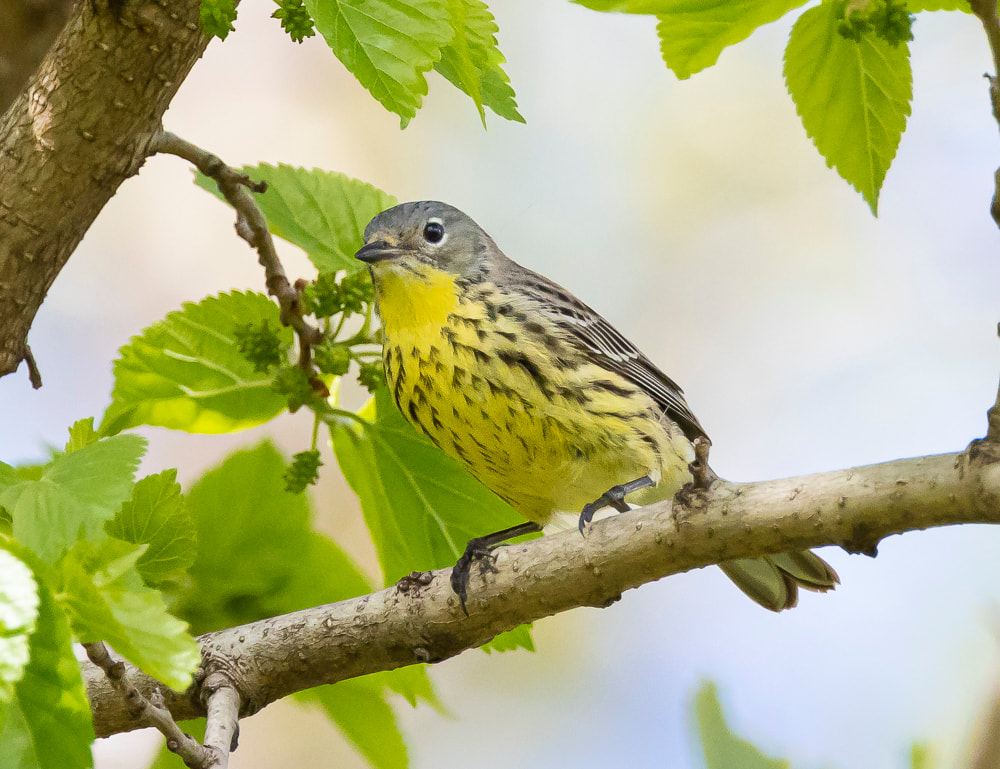
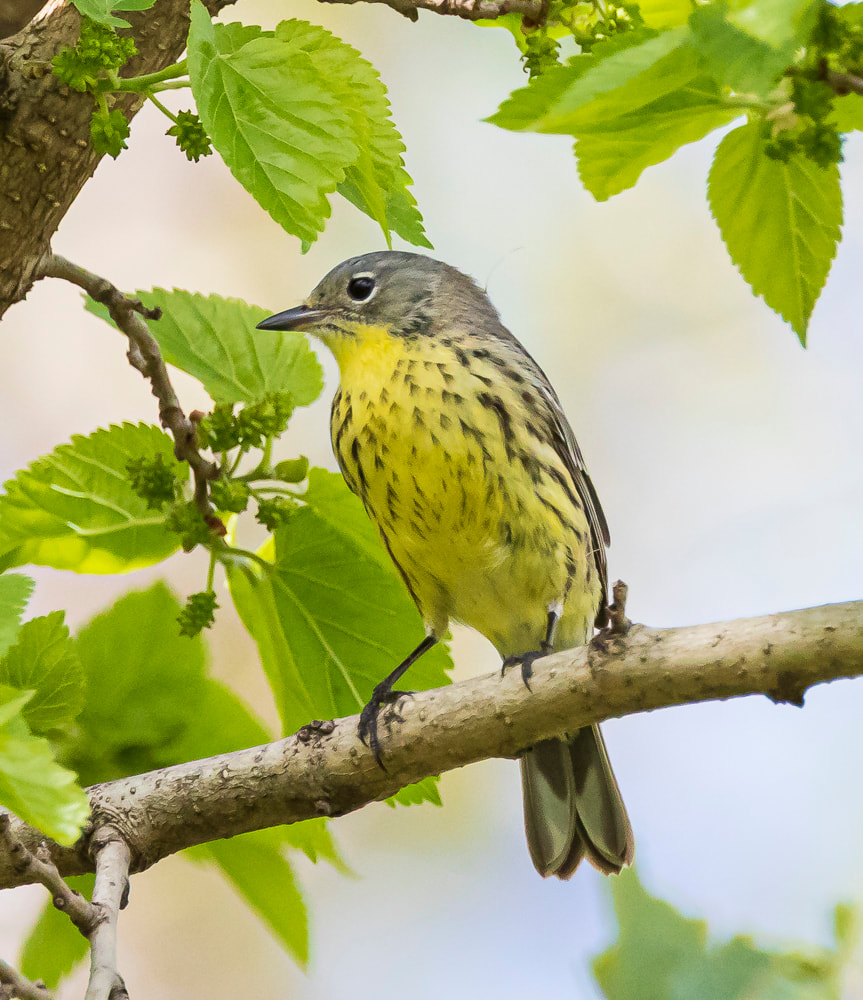
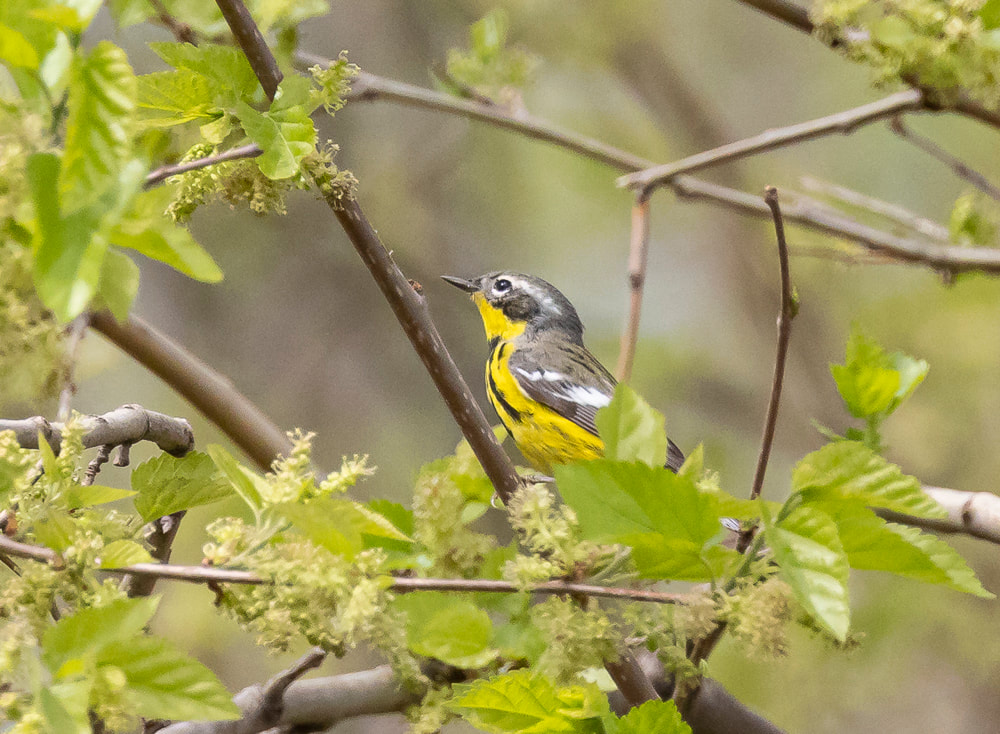
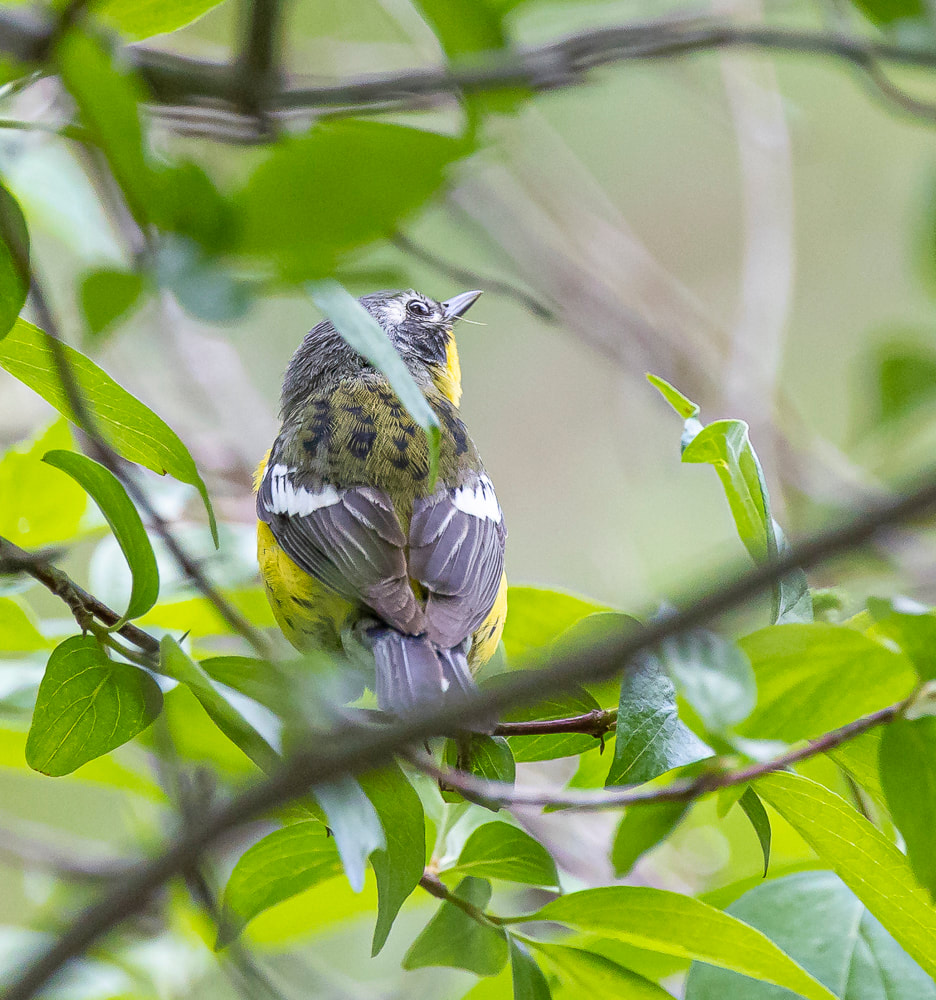
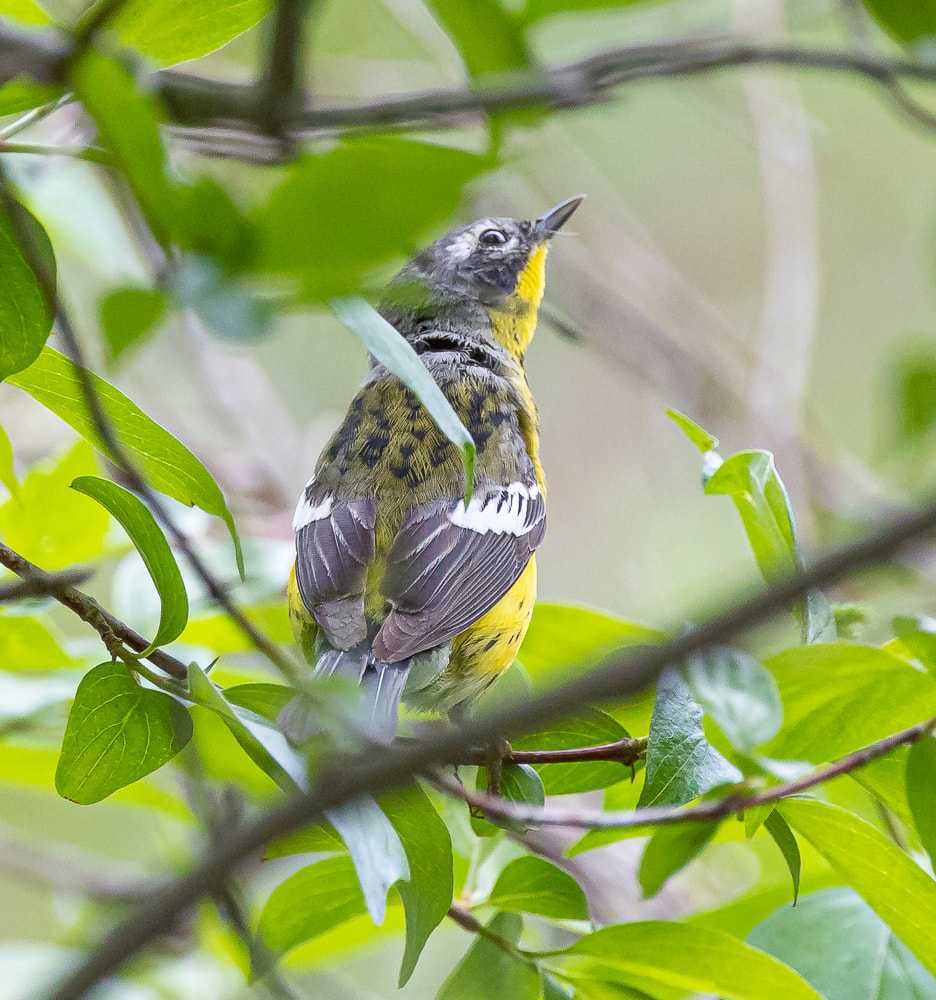
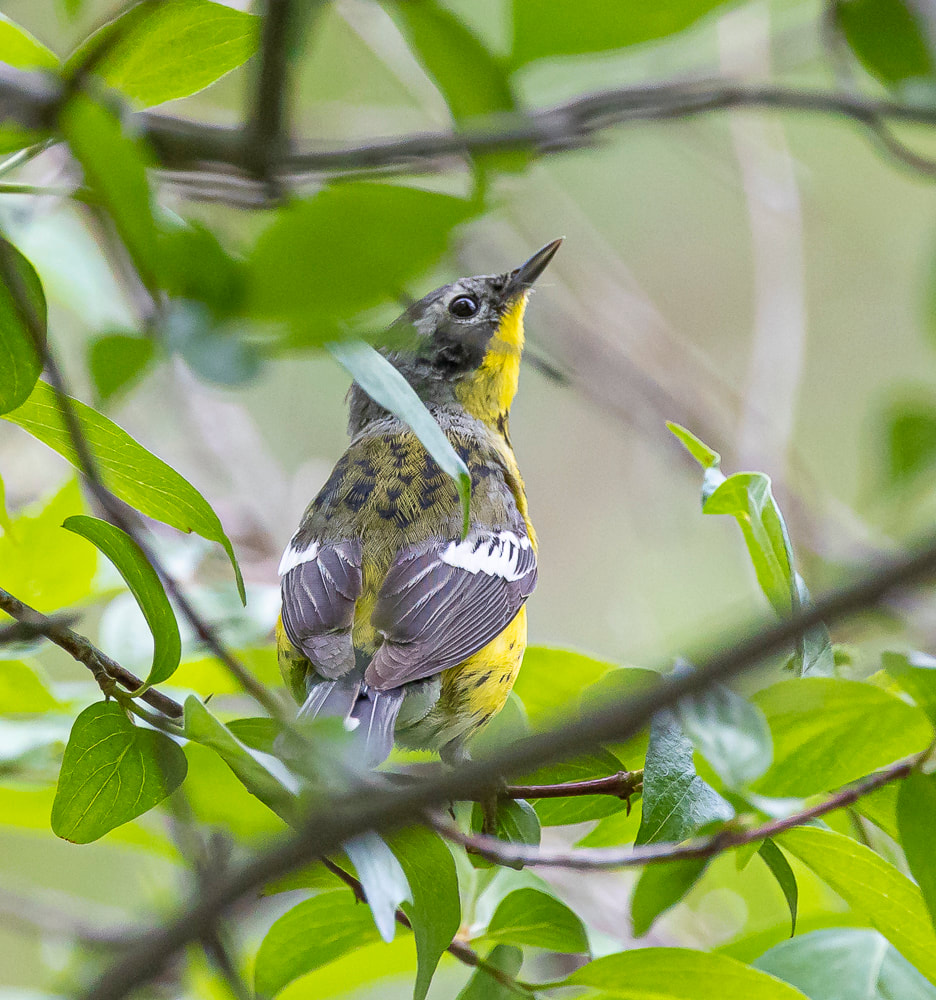
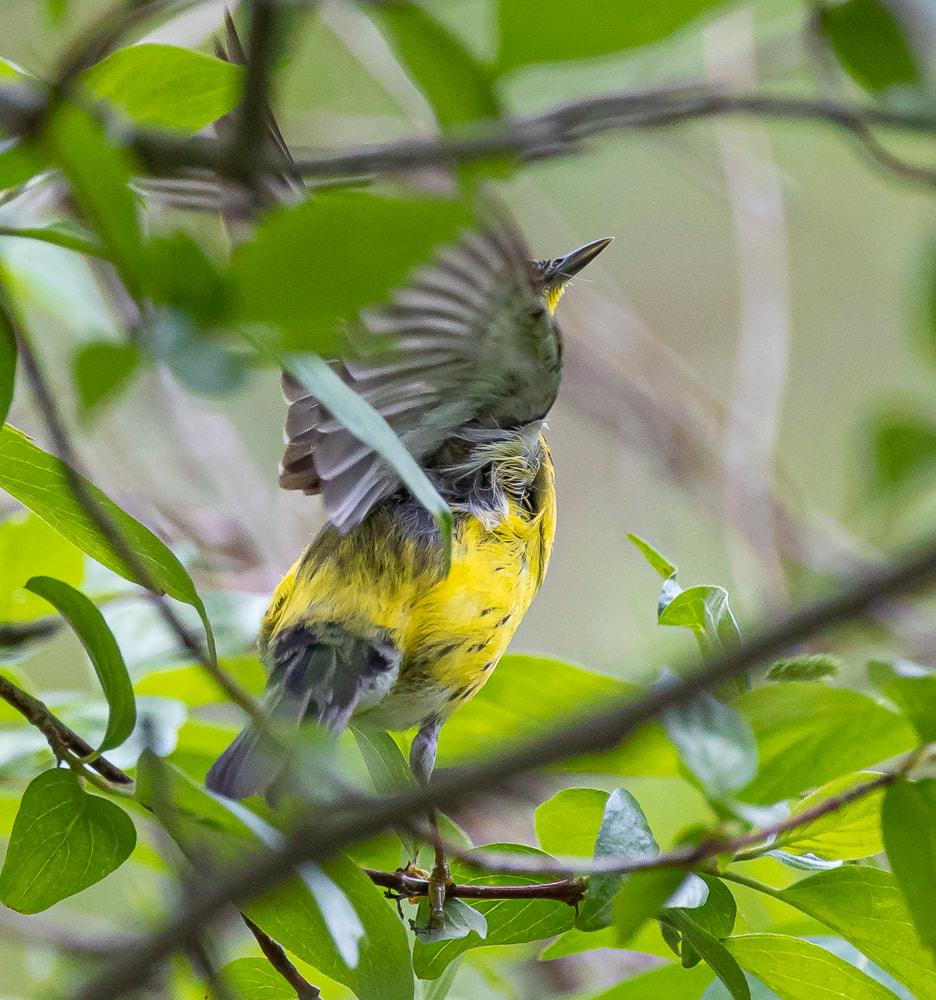
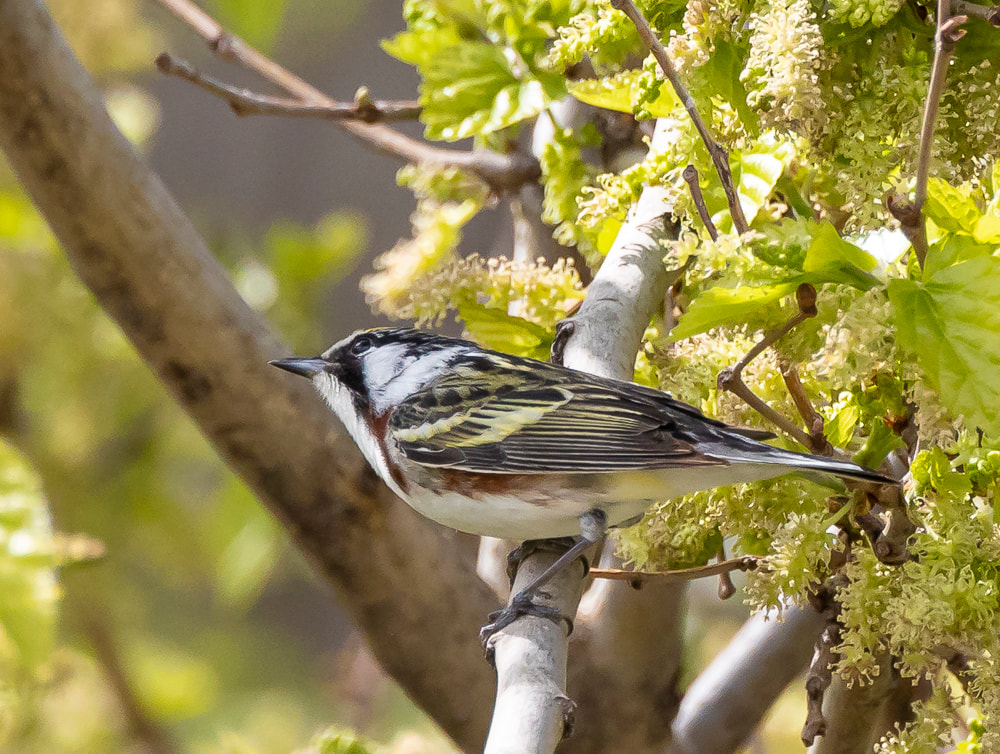
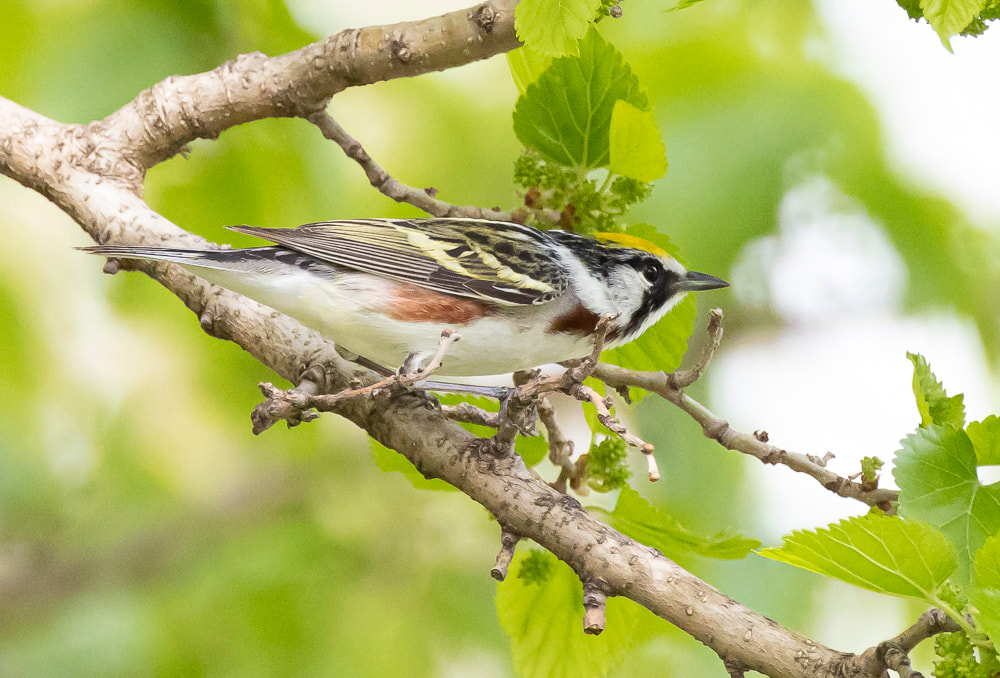
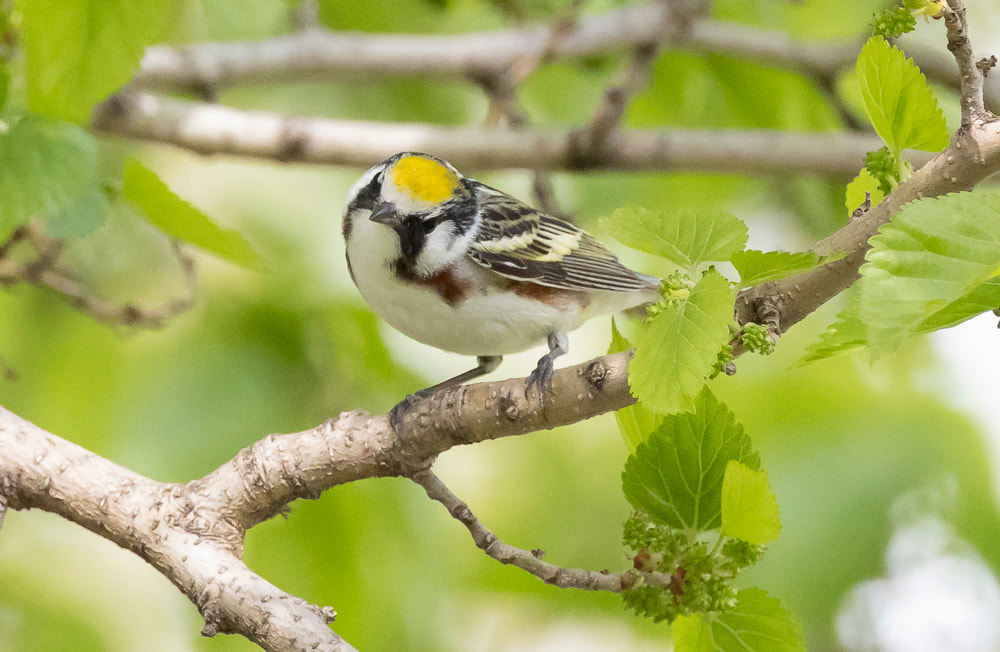
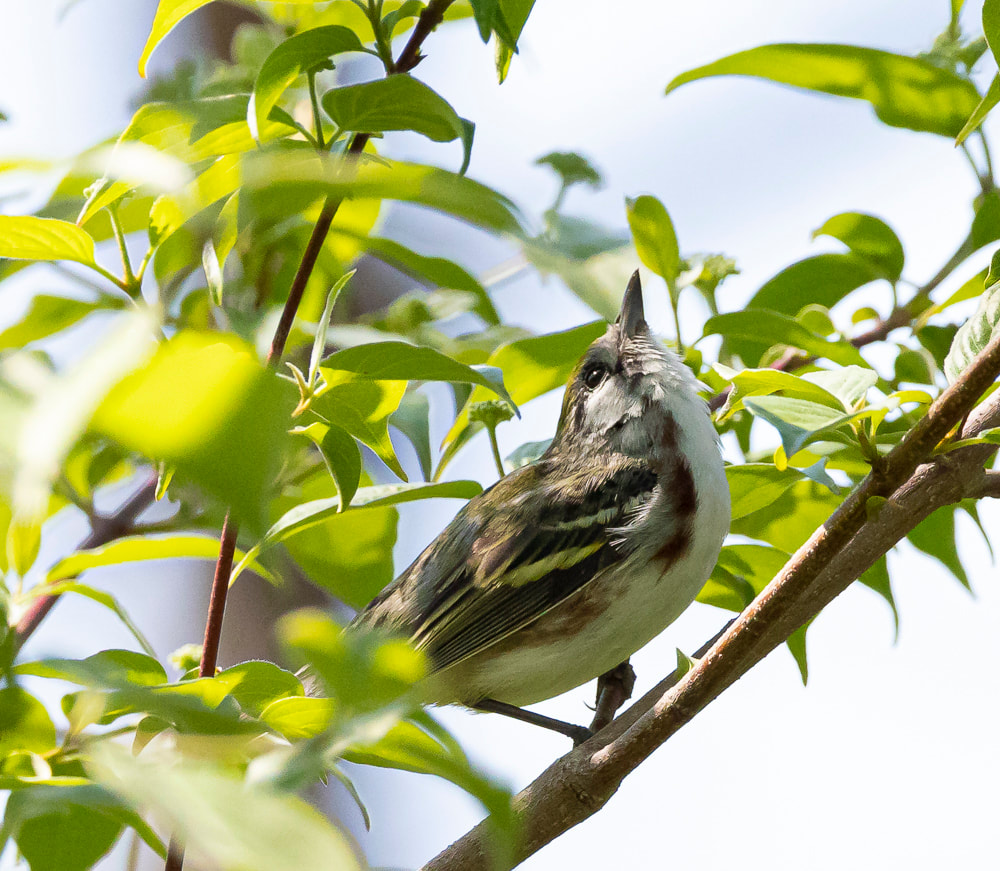
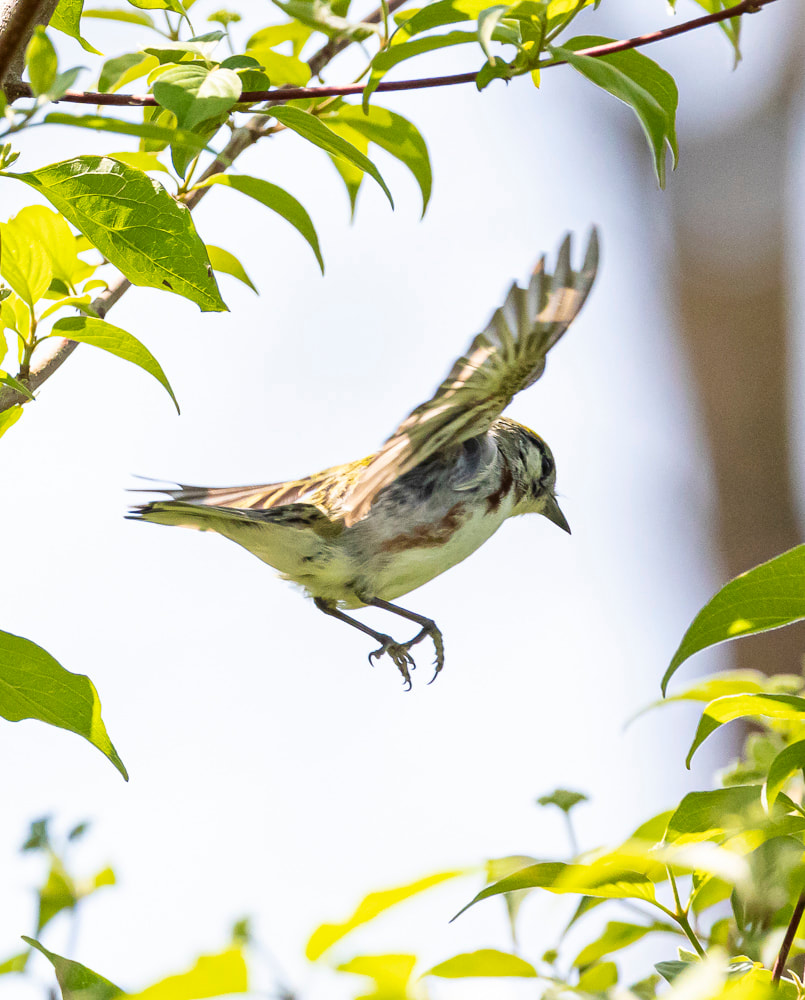
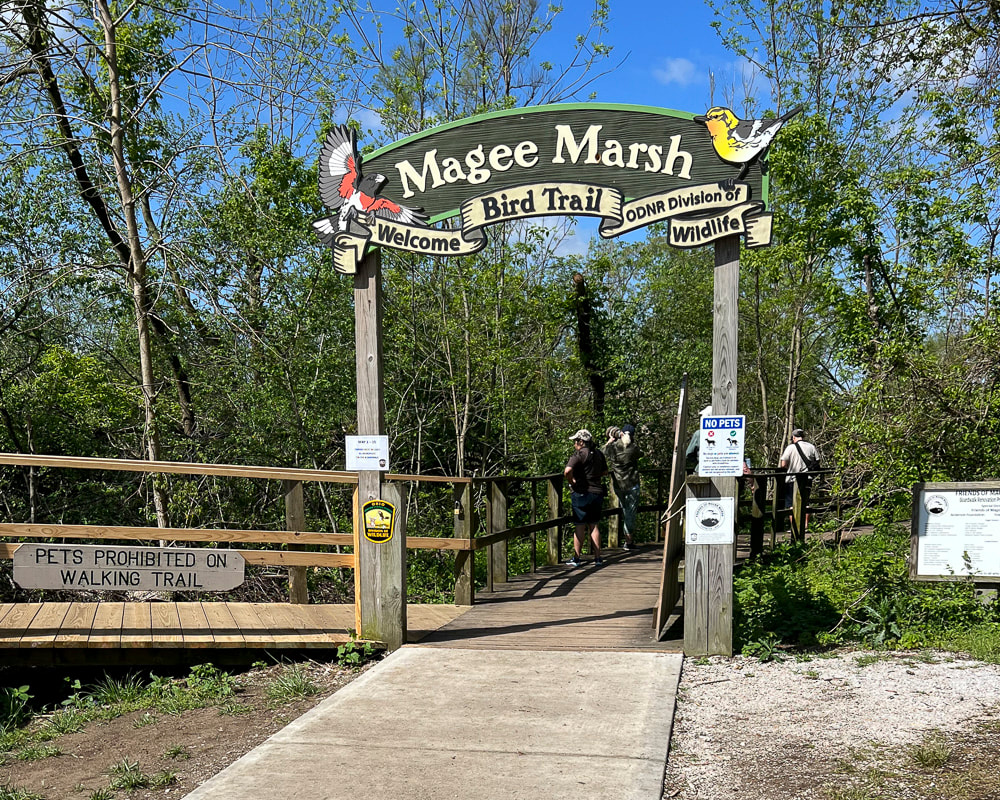
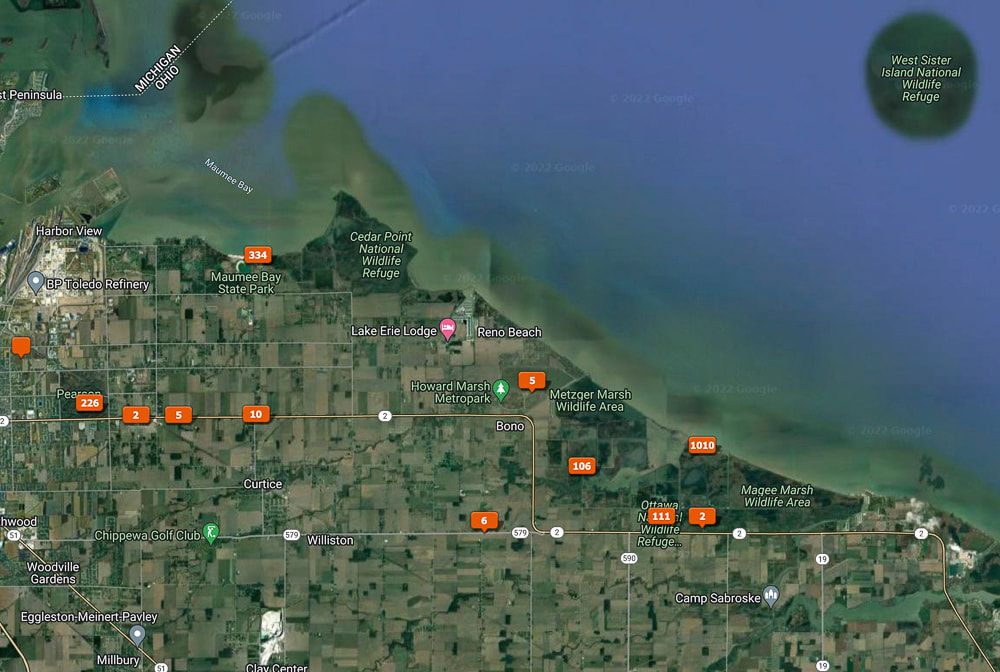
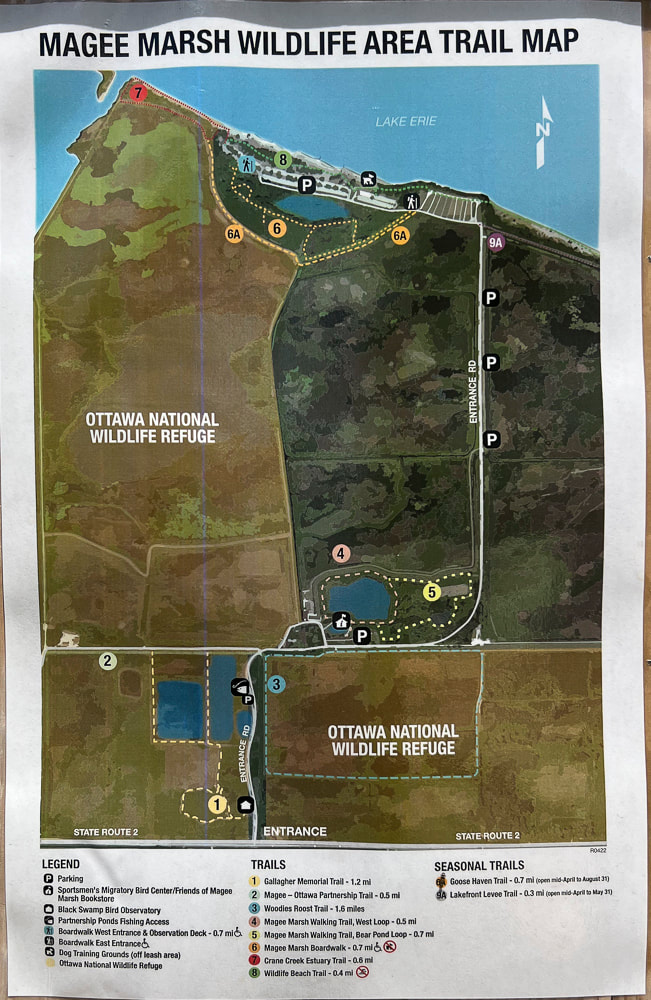
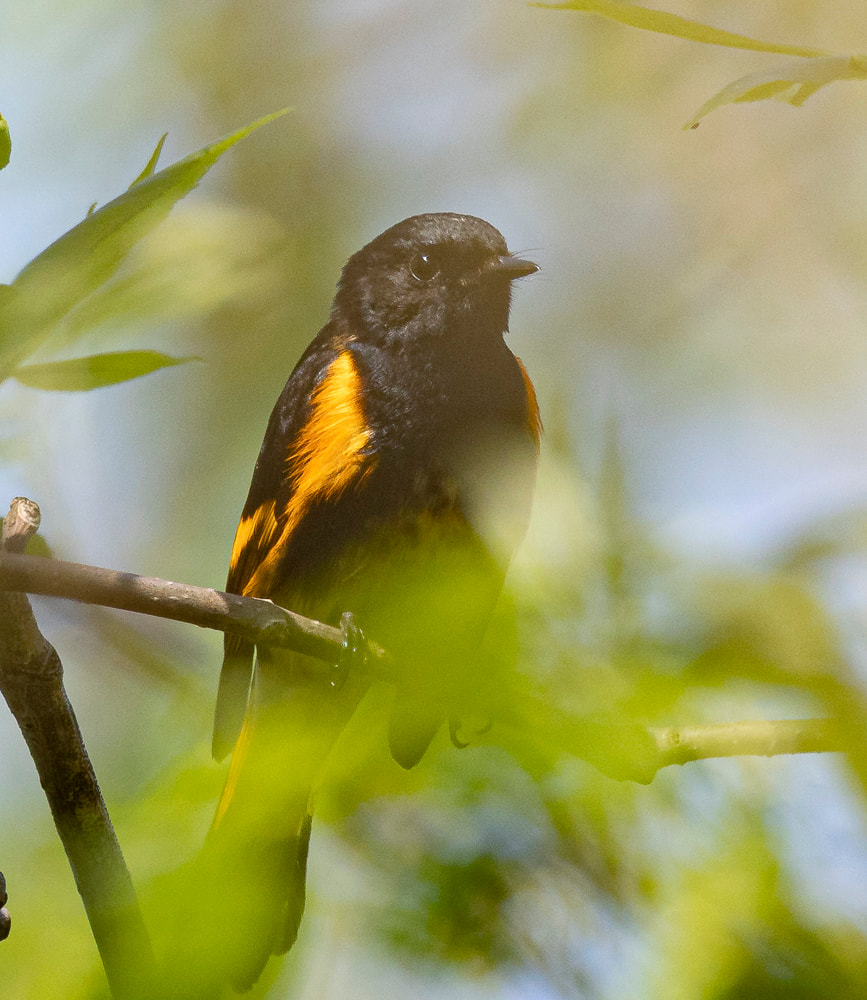
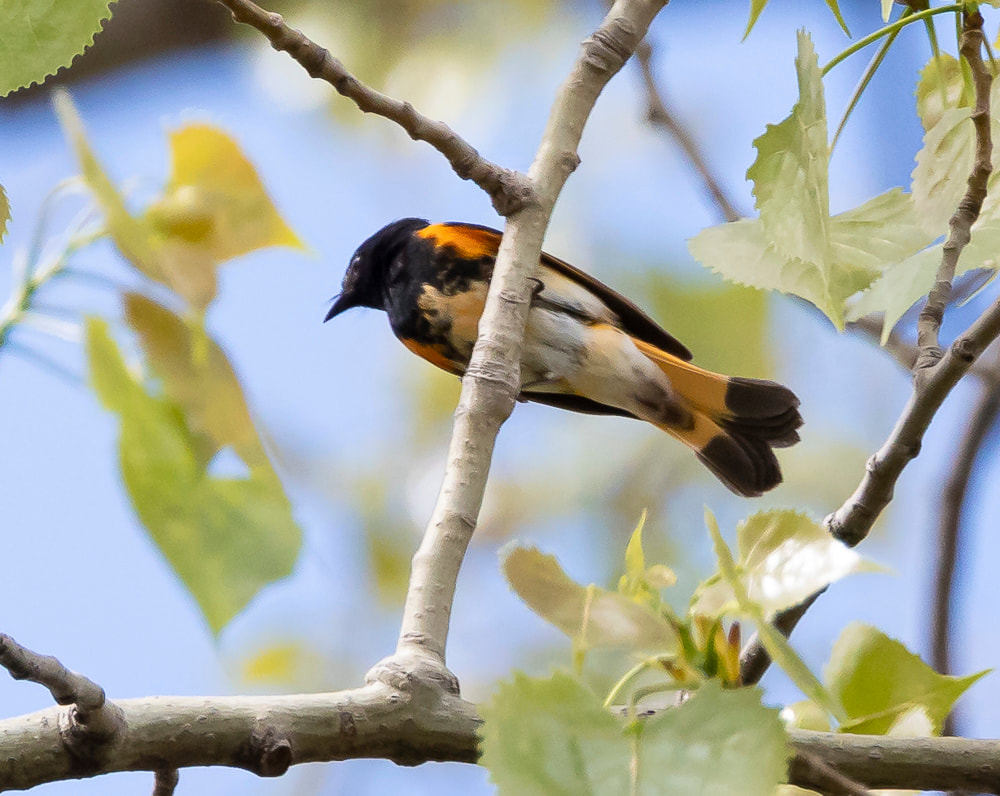
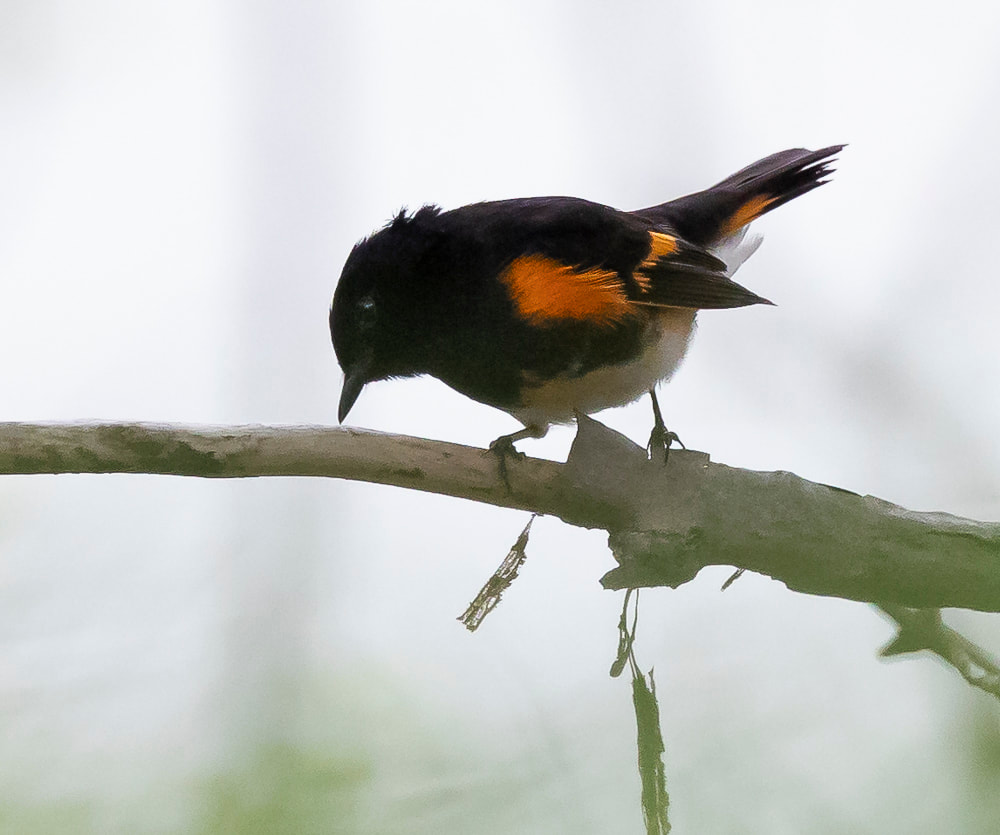
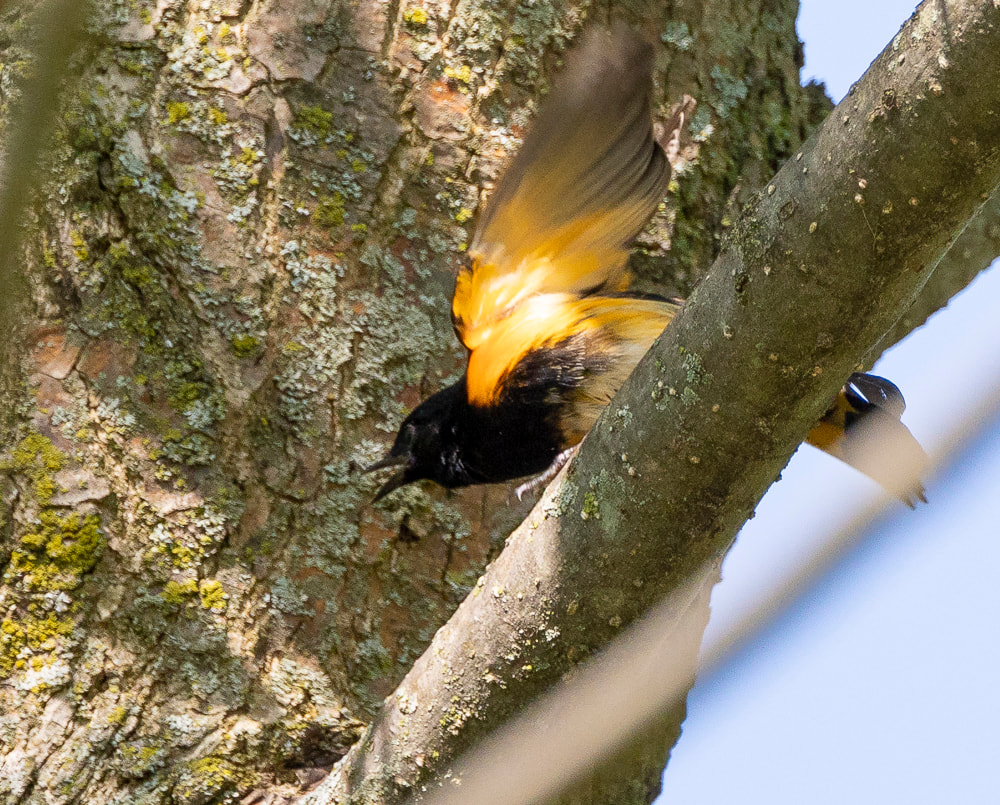
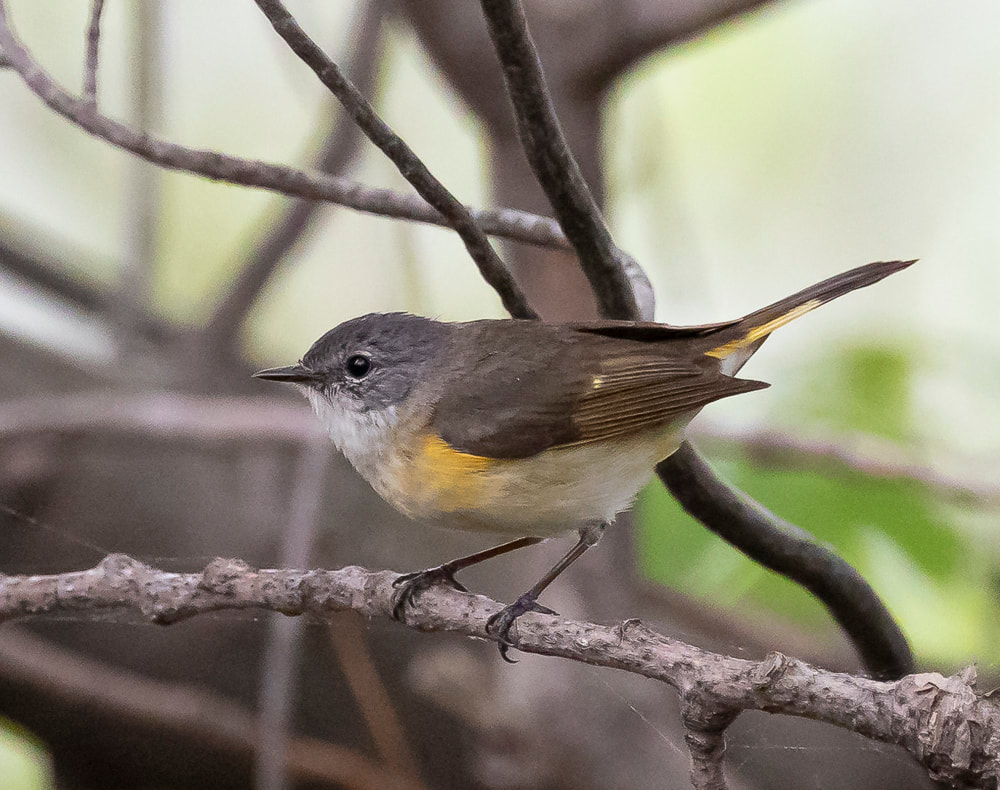
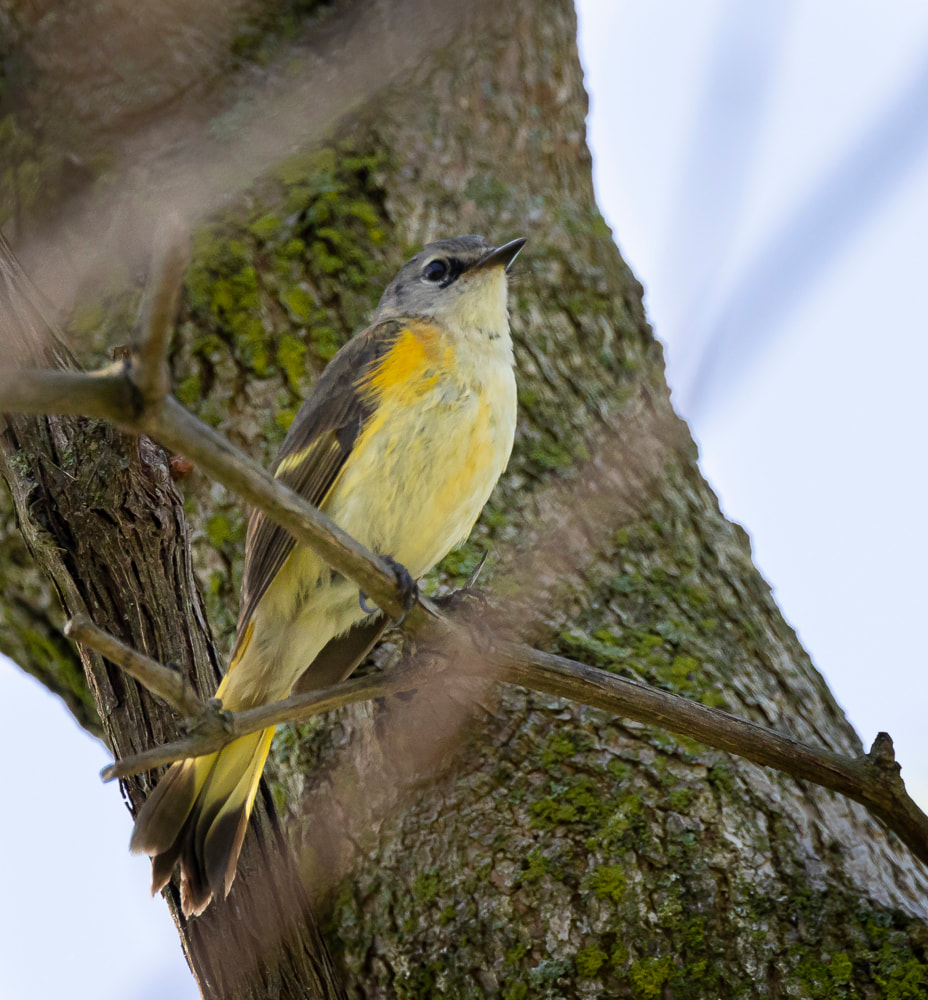
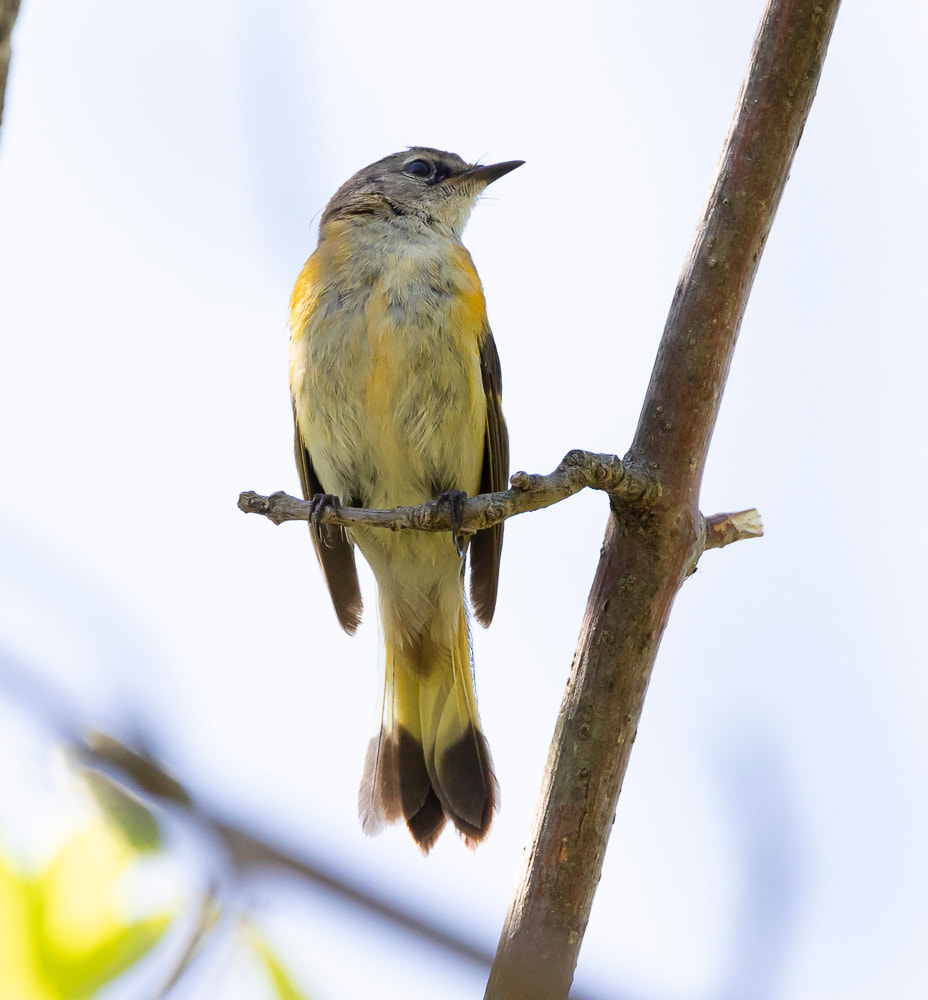
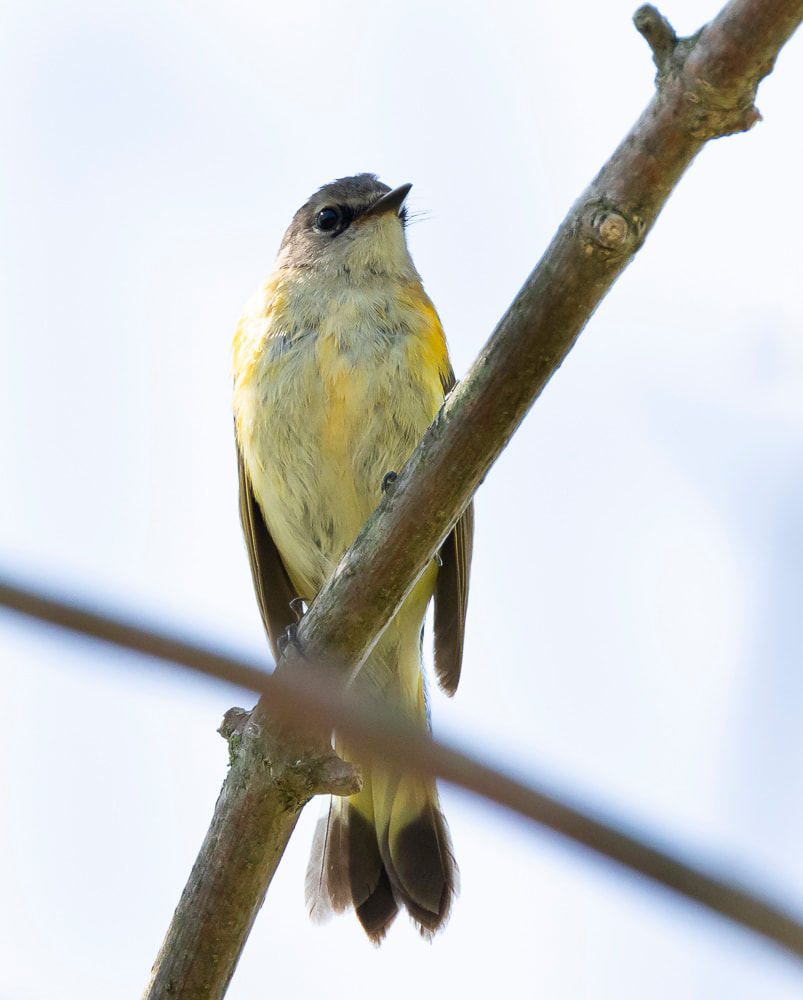
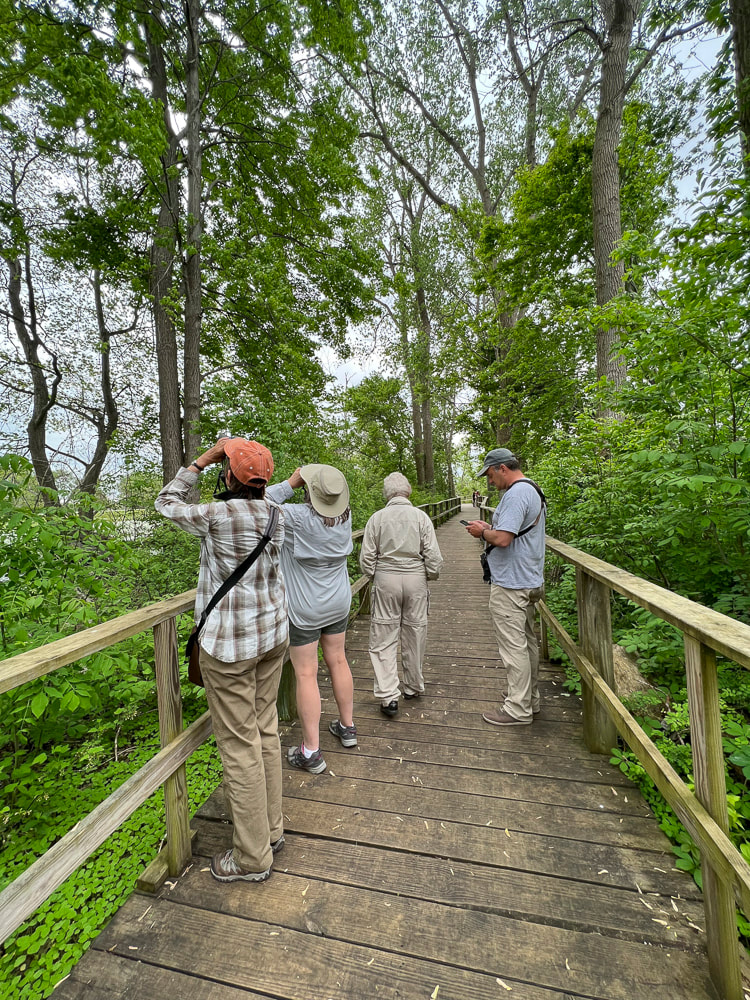
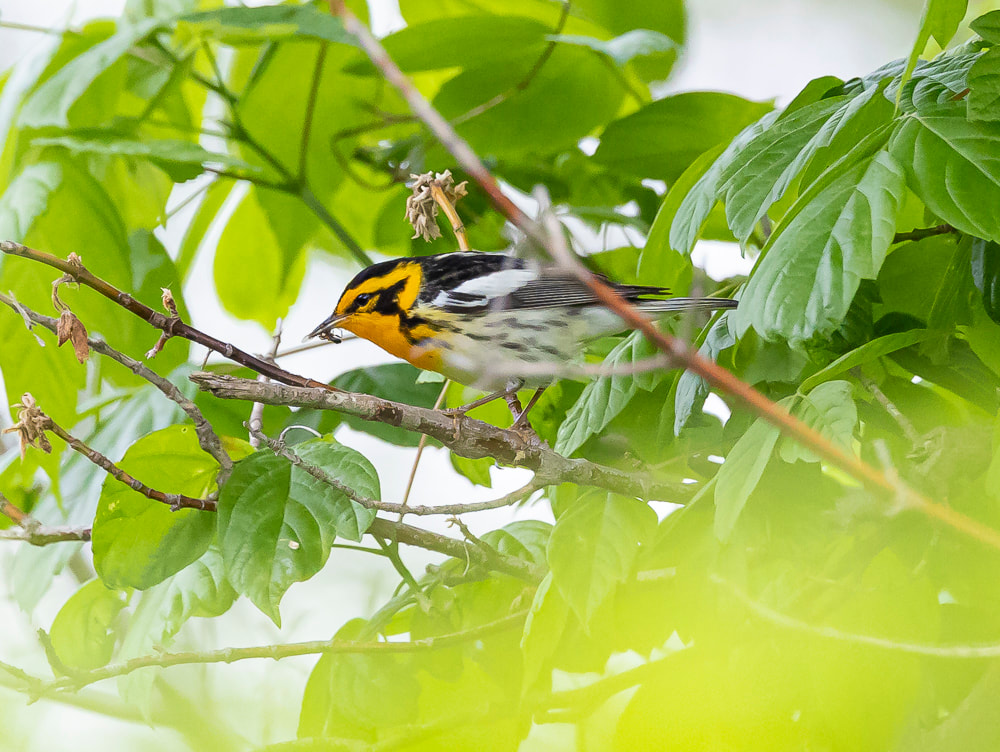
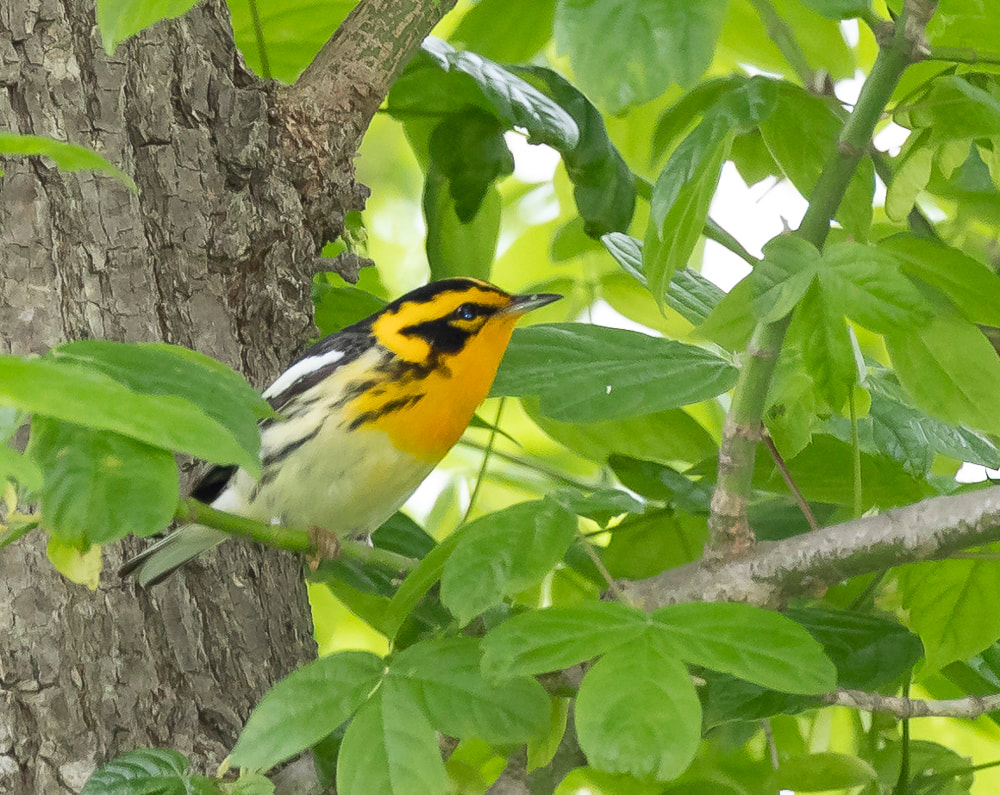
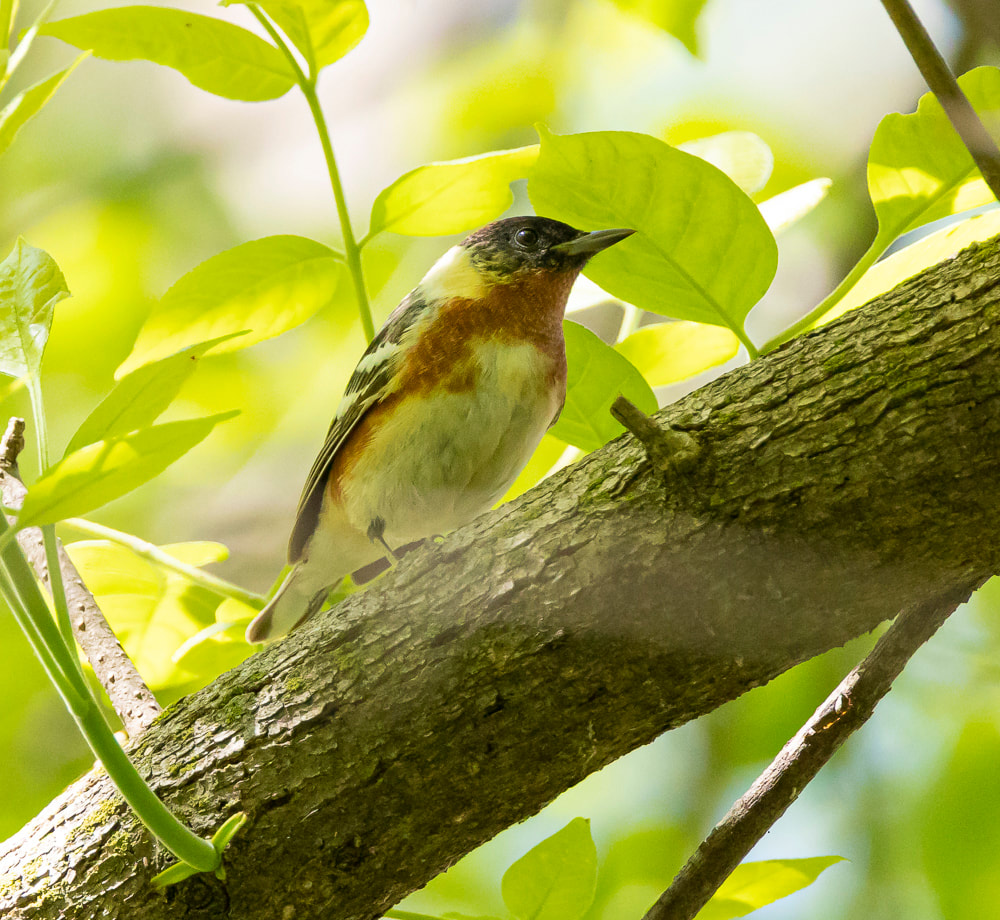
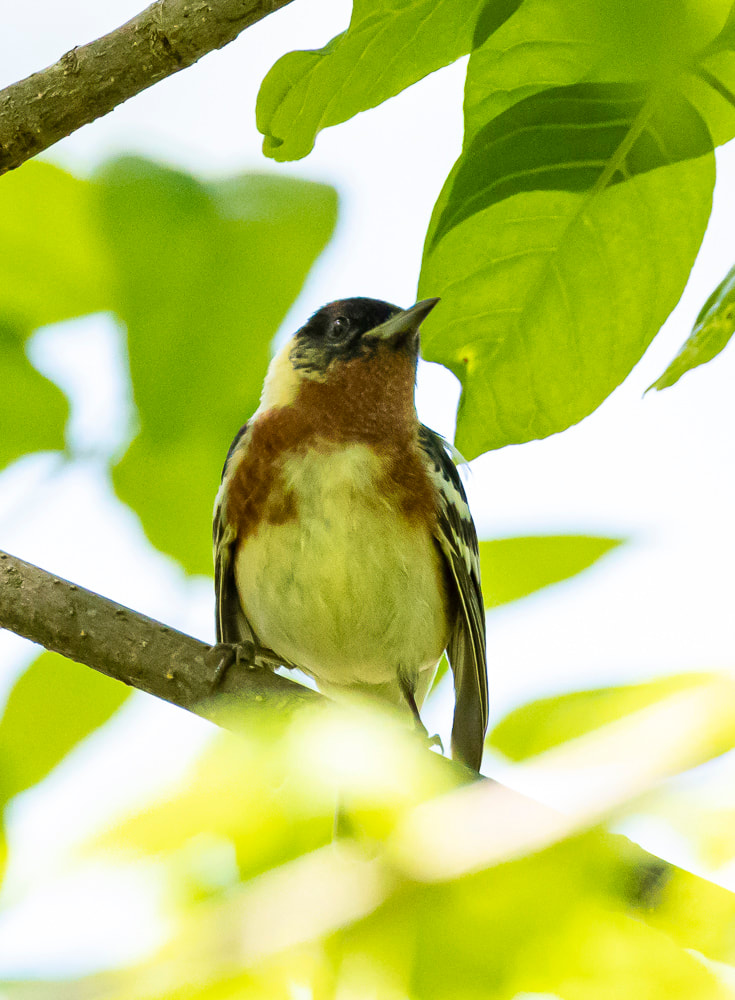
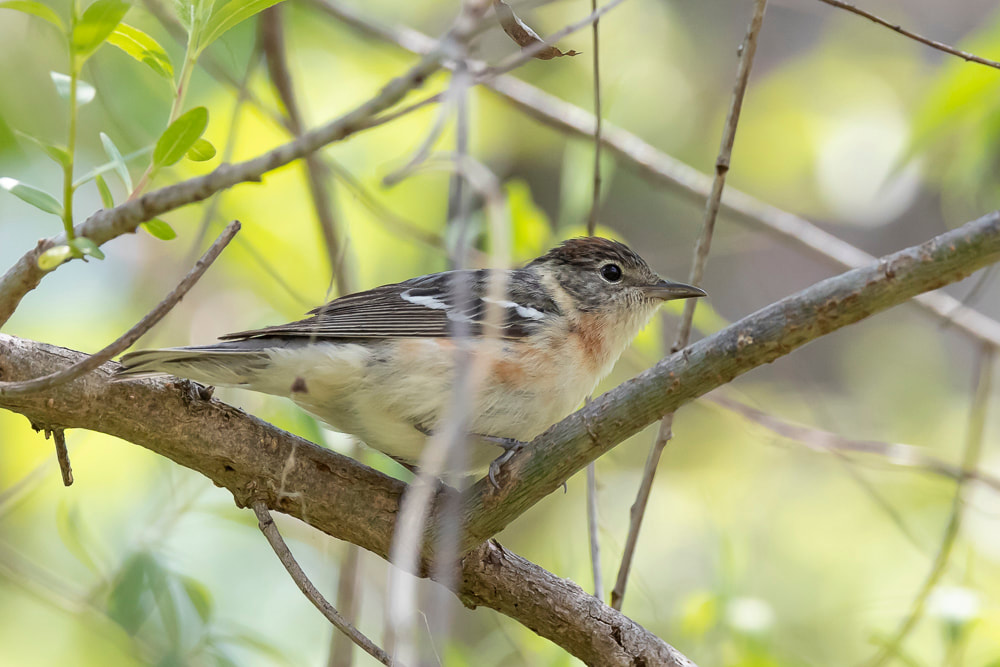
 RSS Feed
RSS Feed